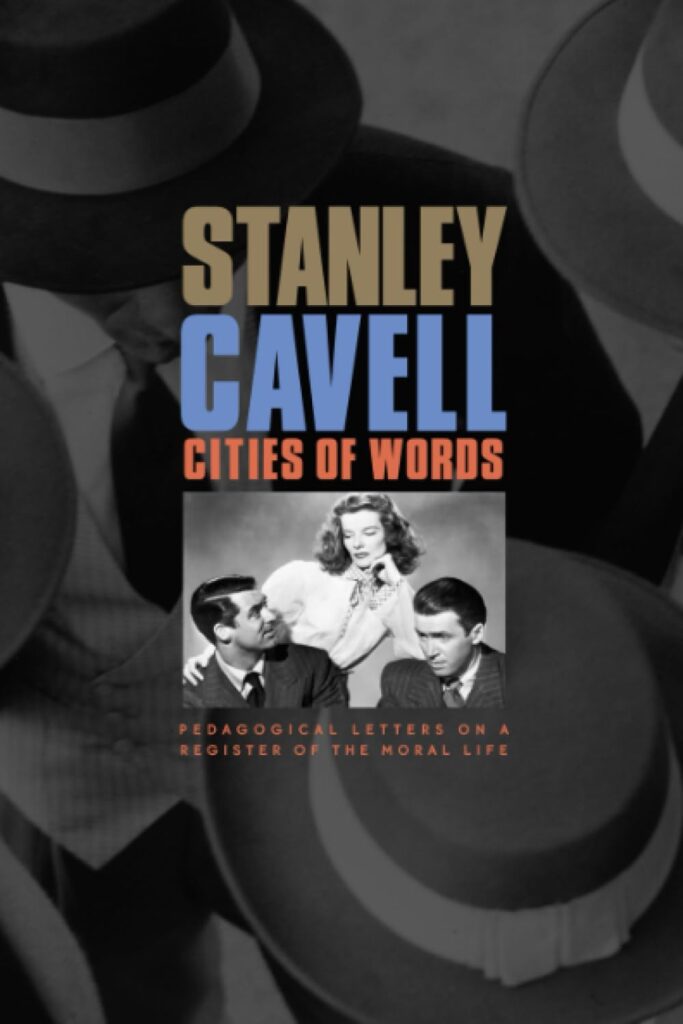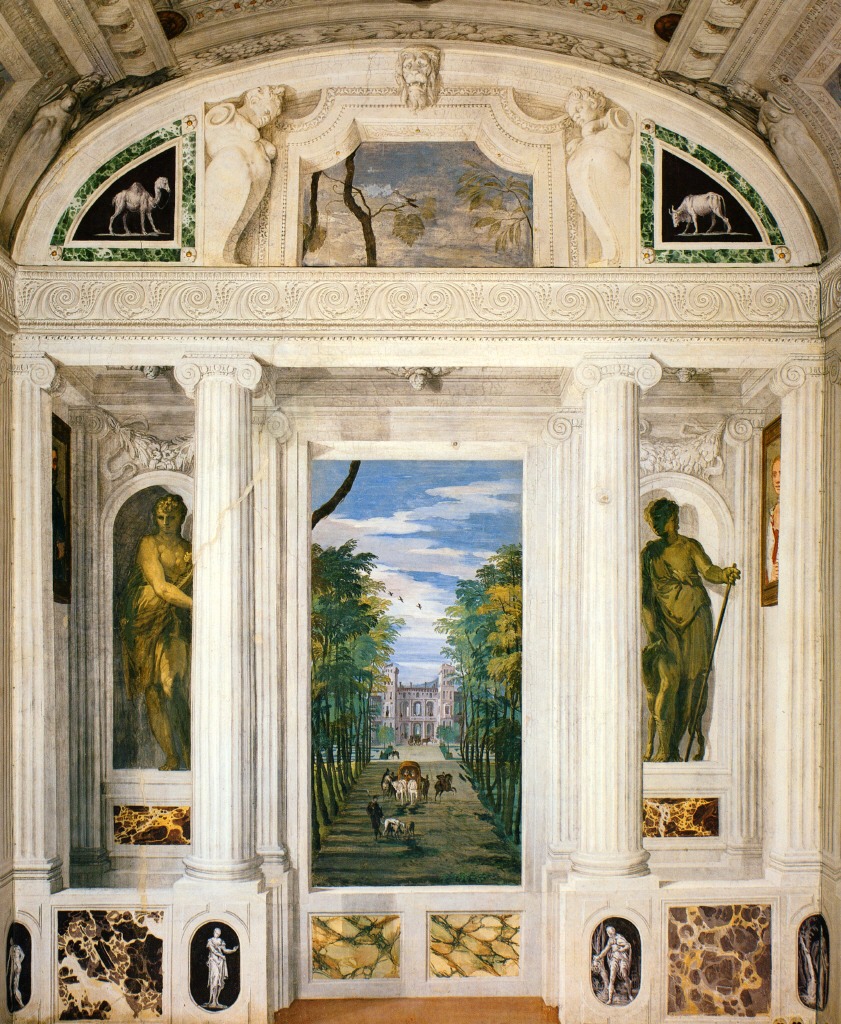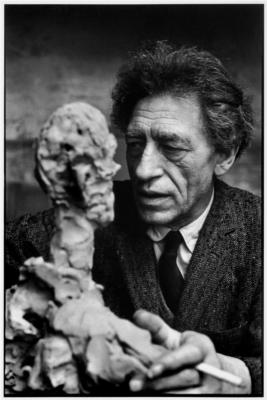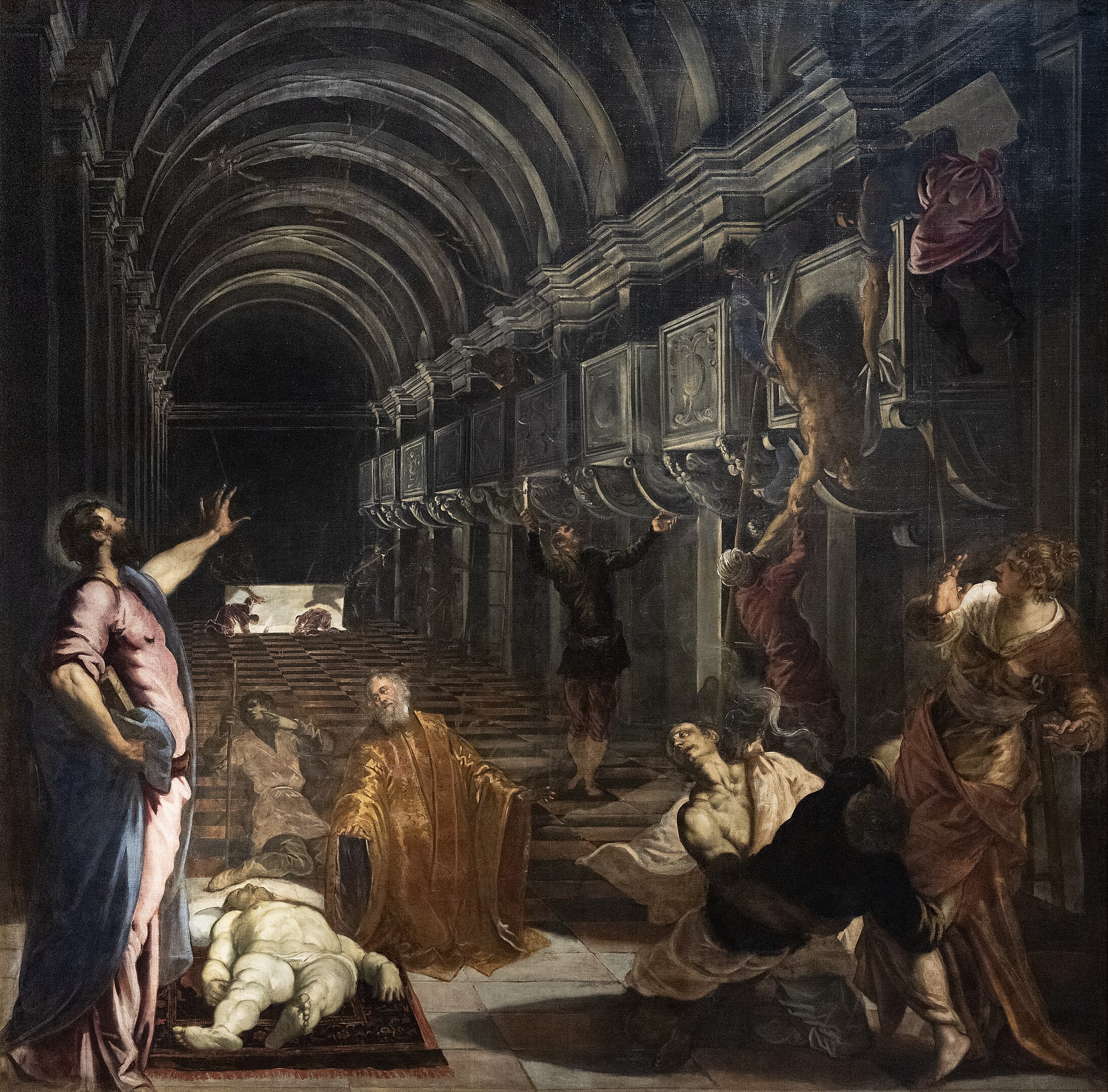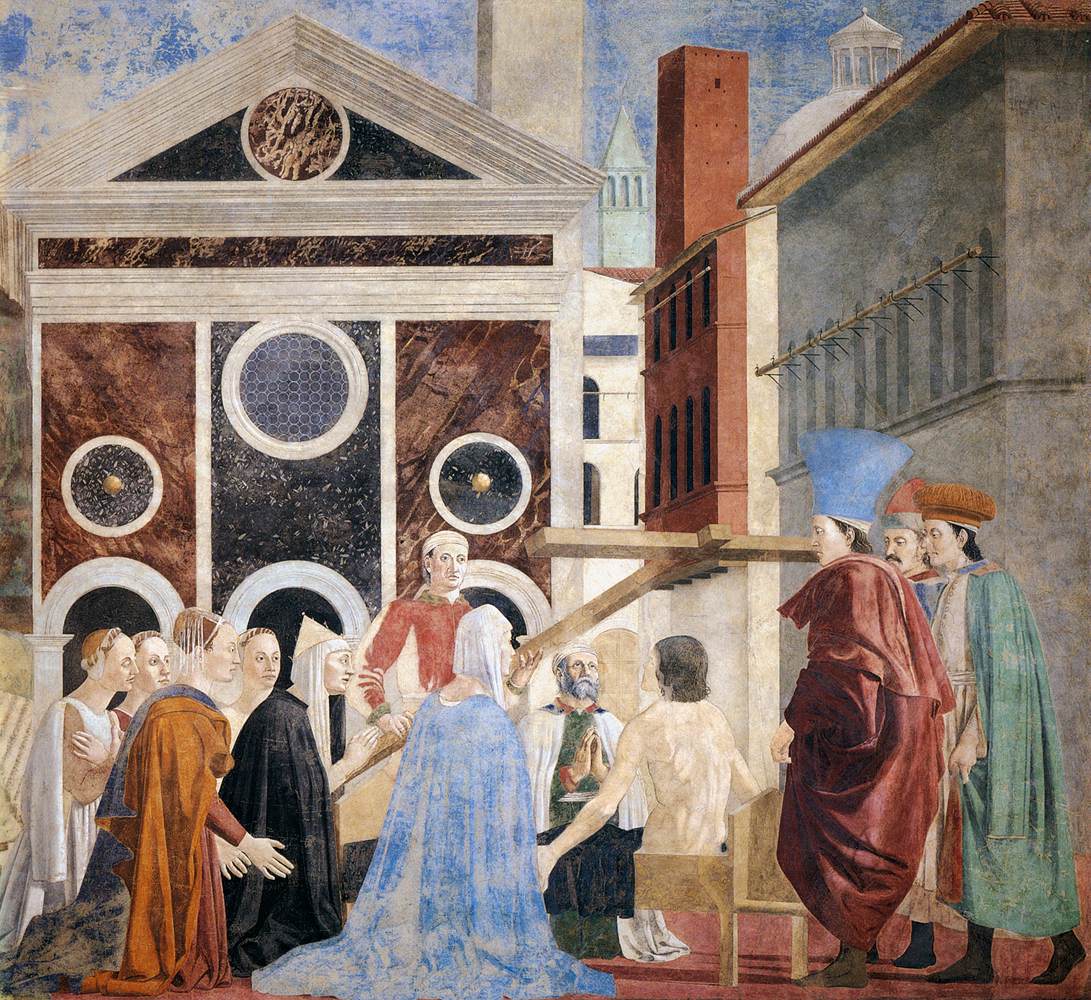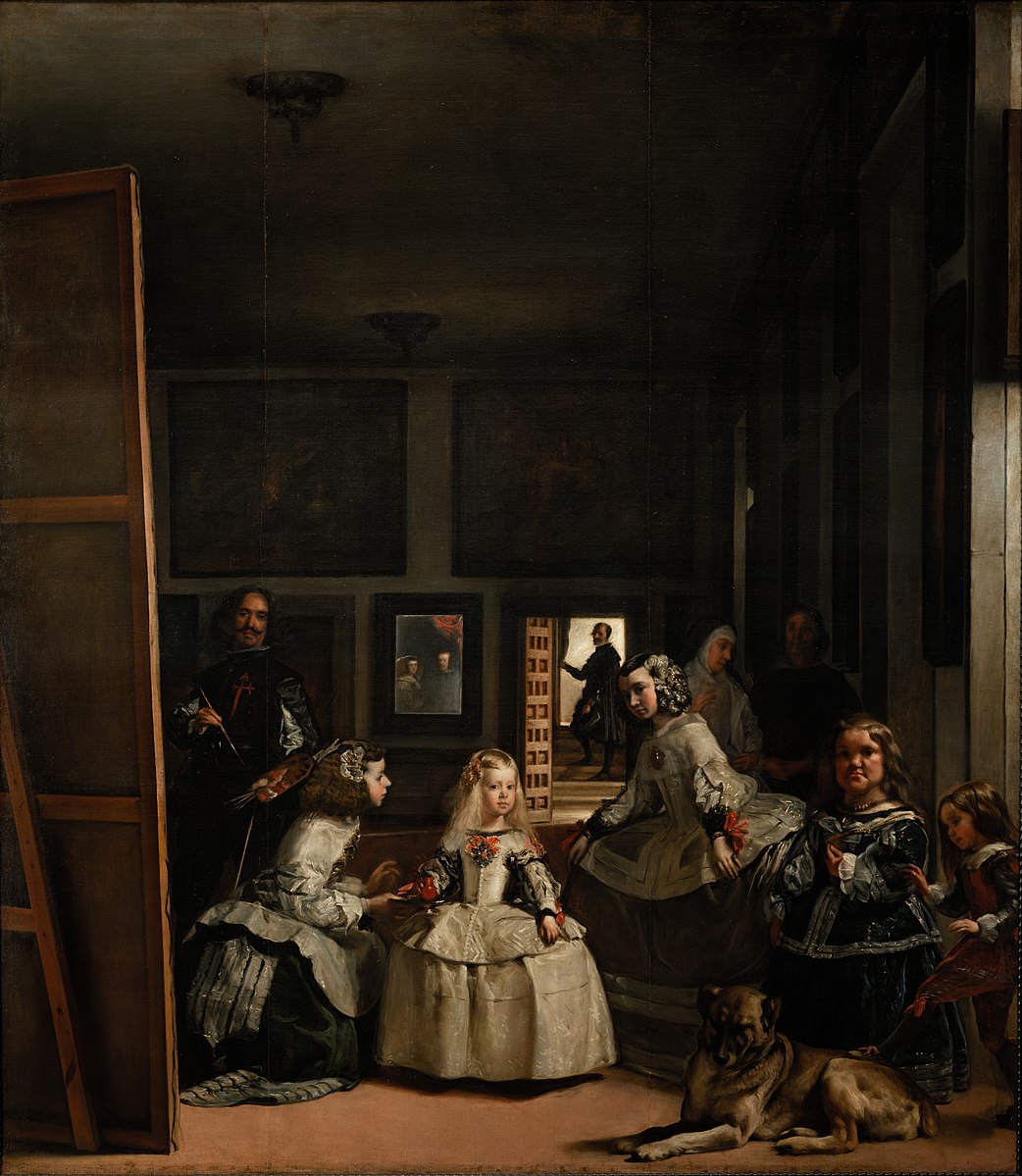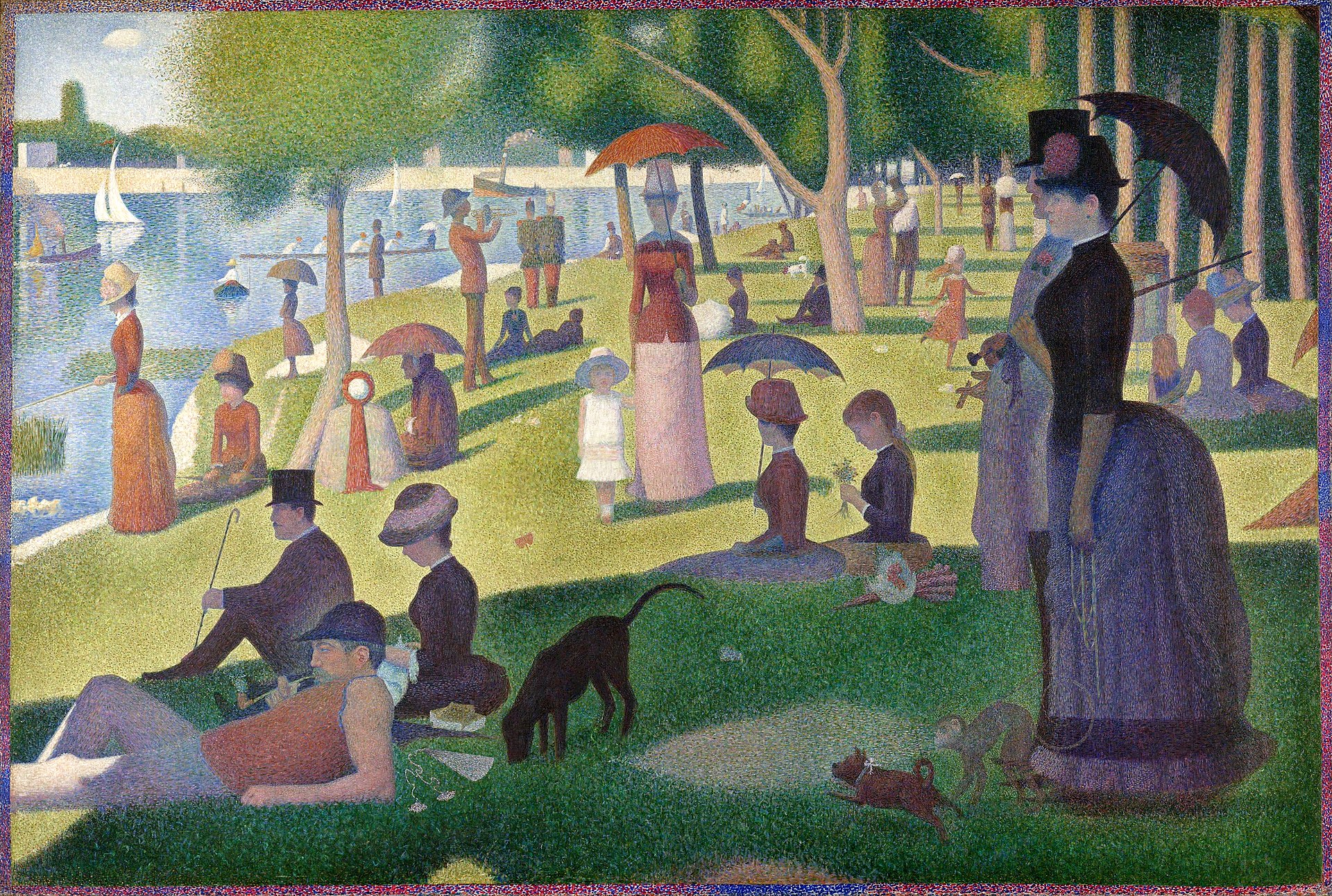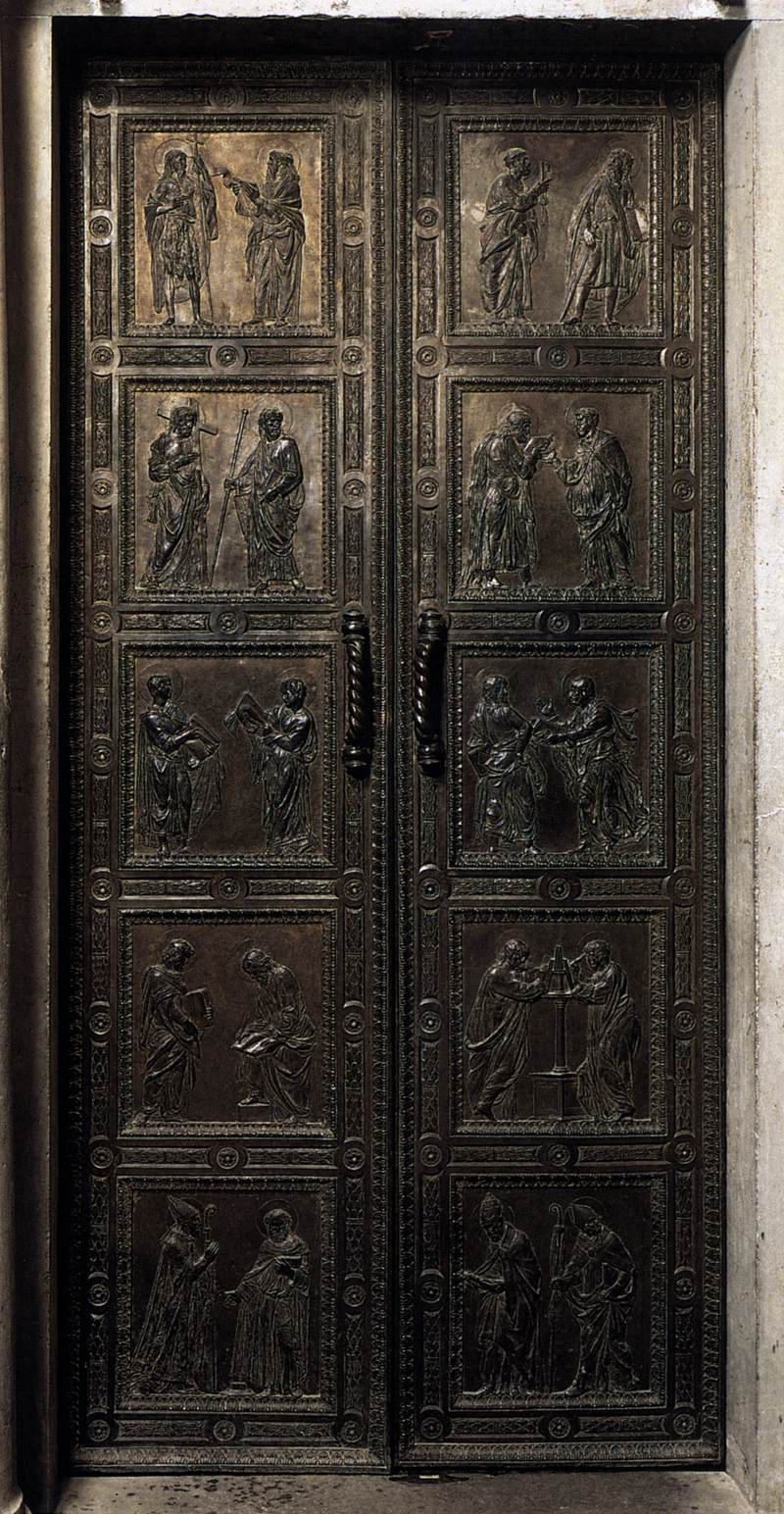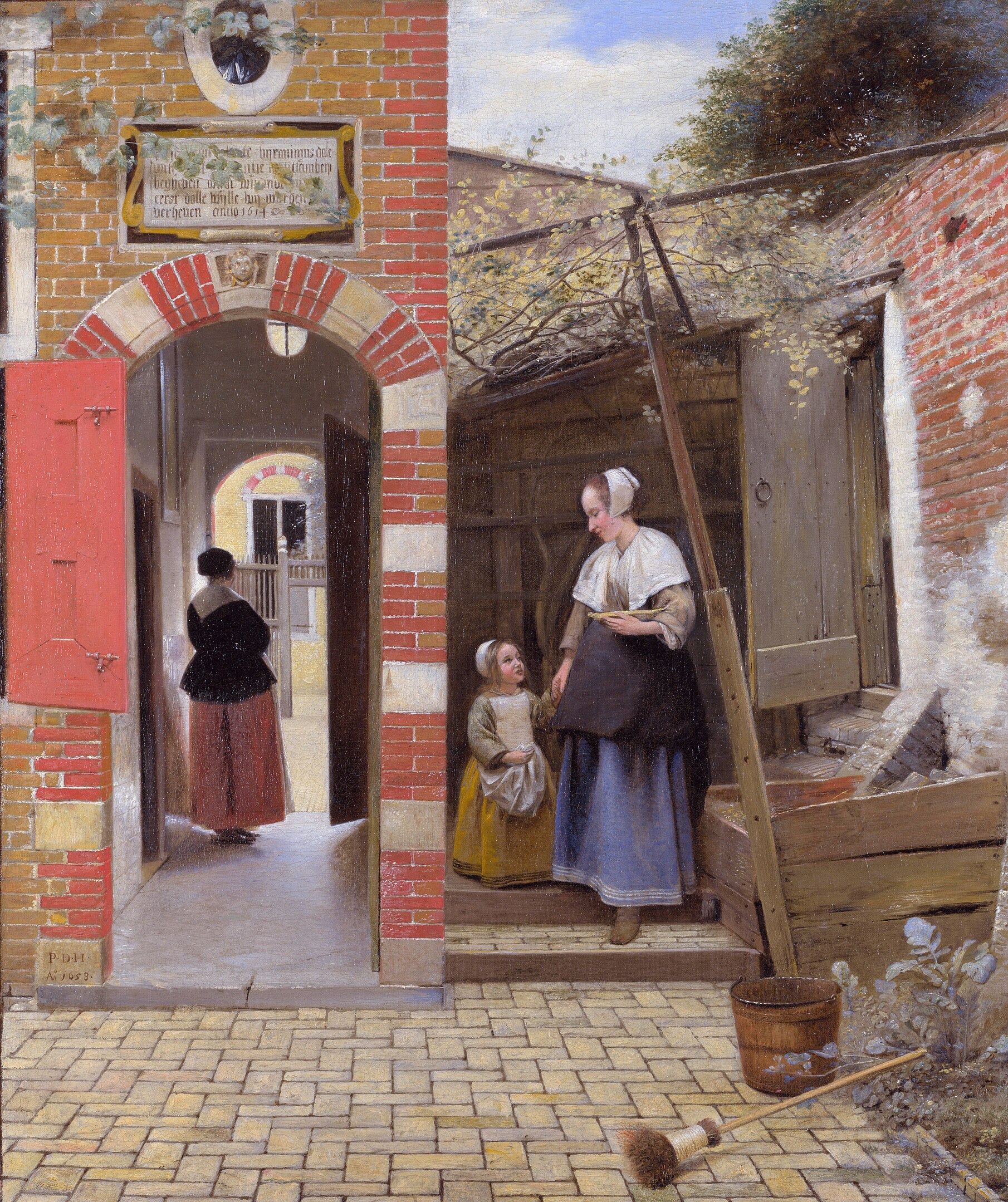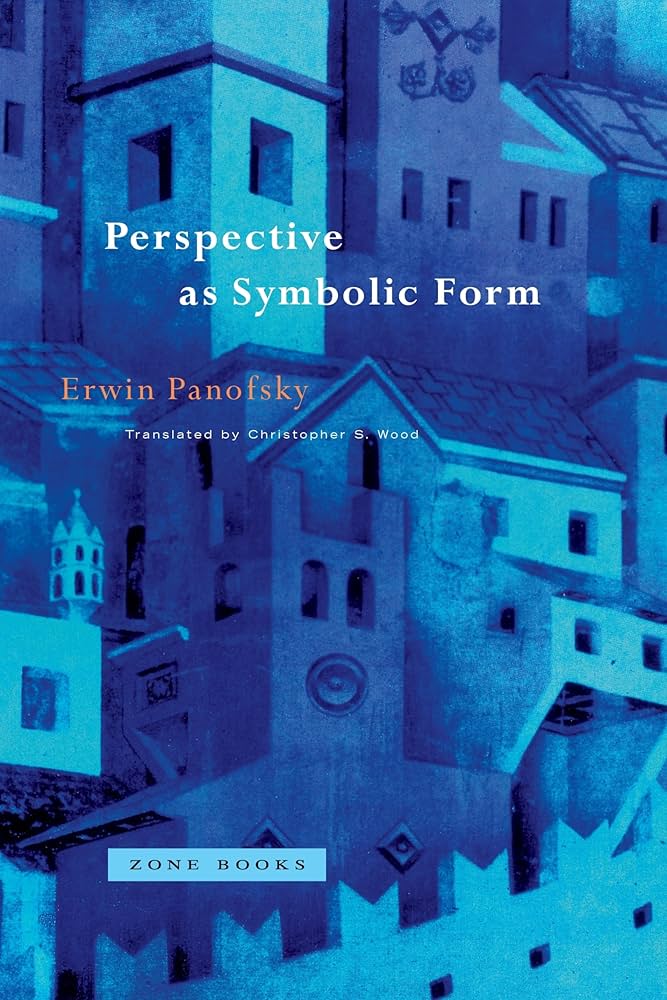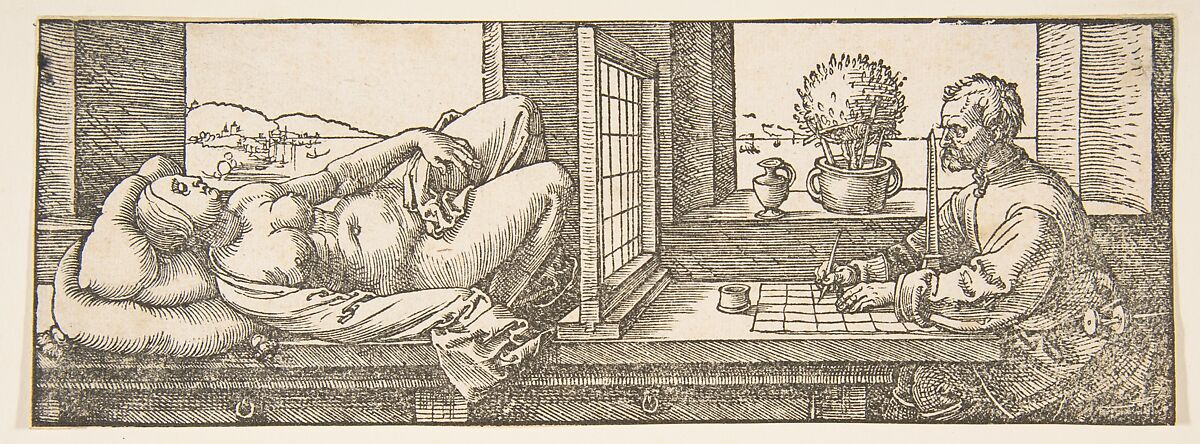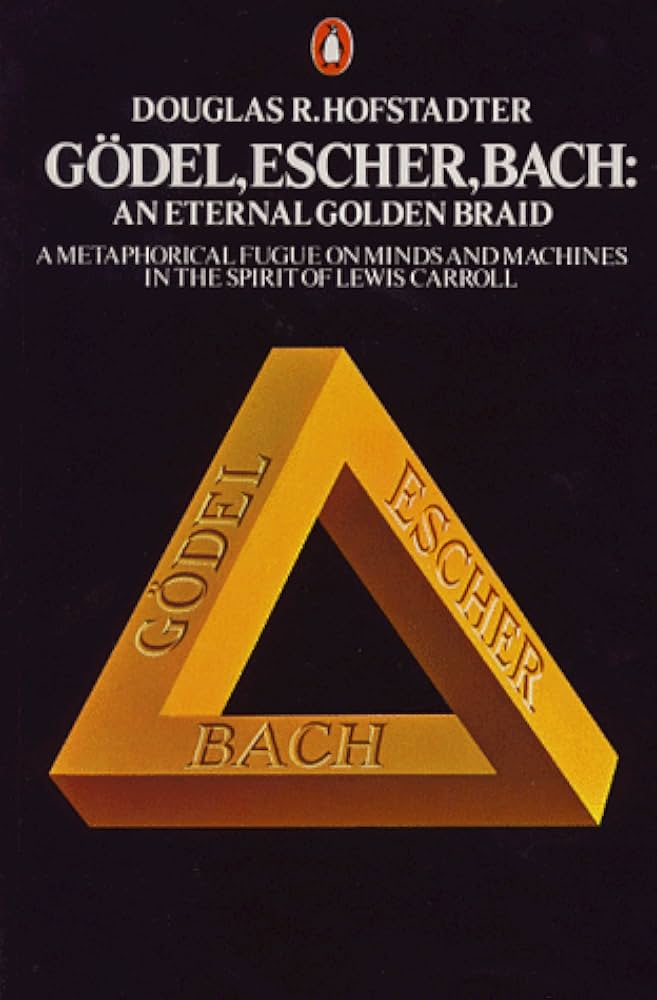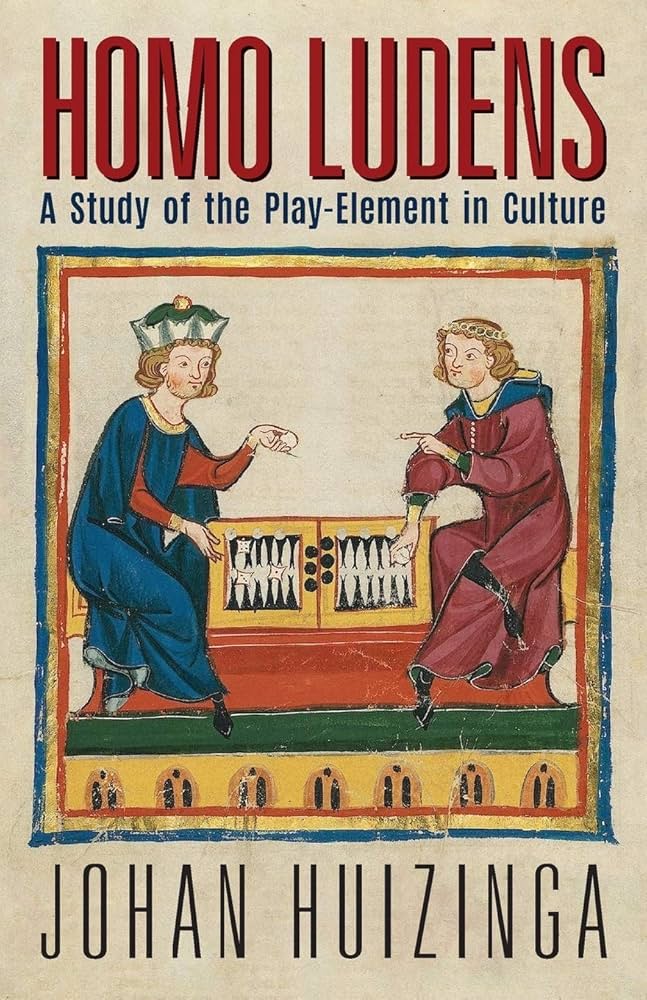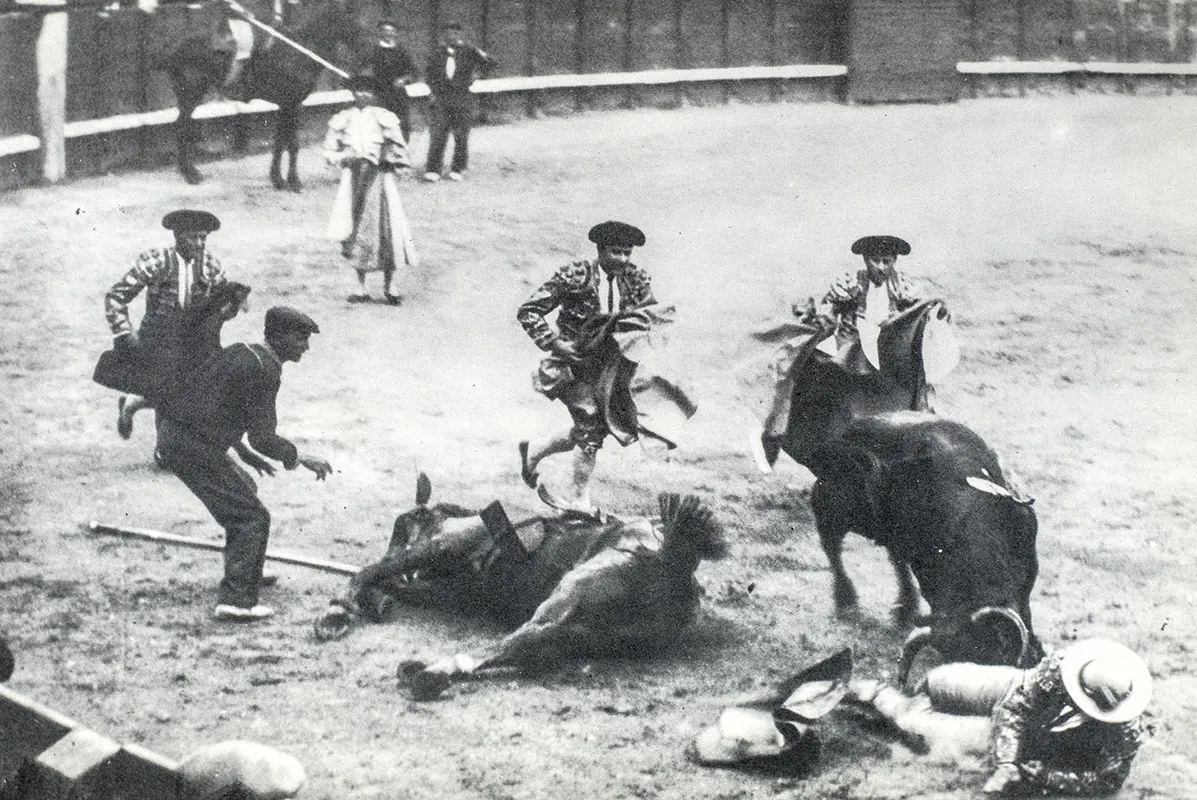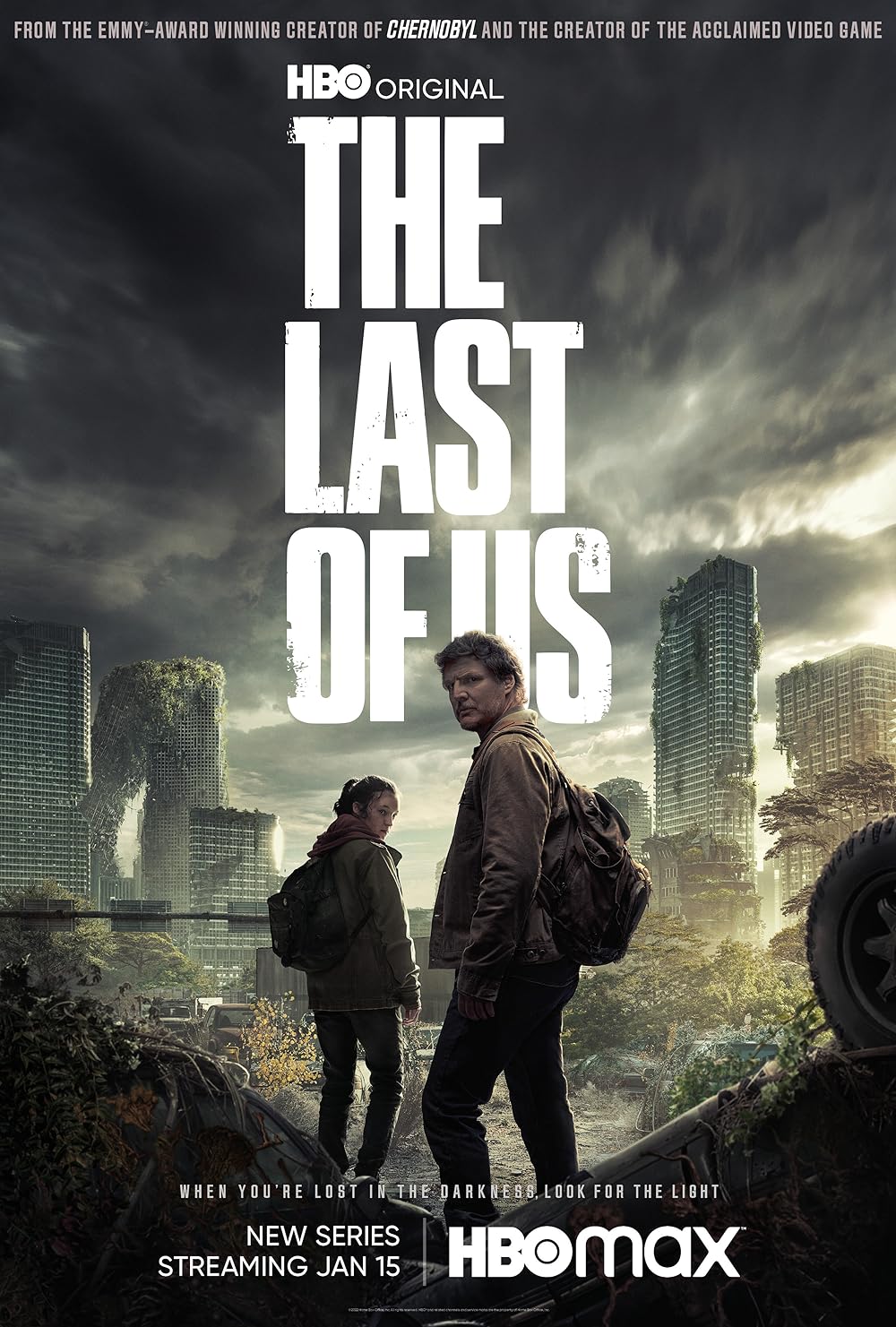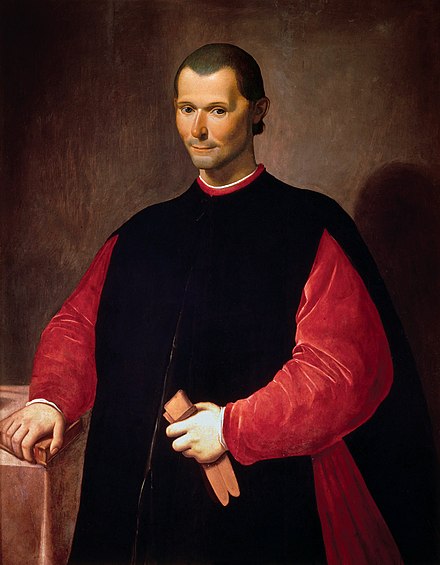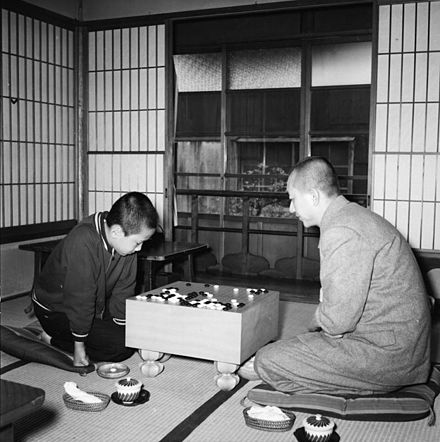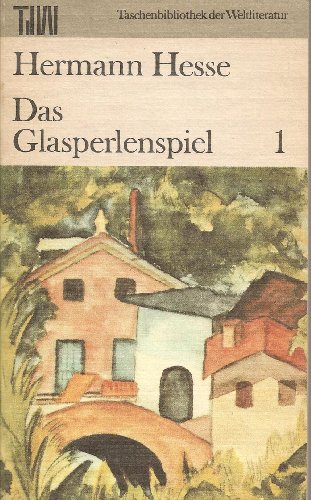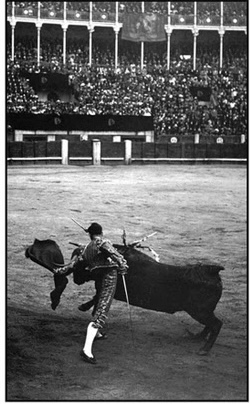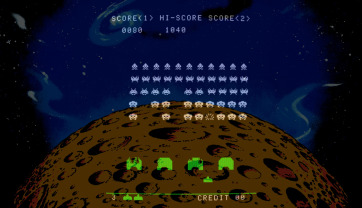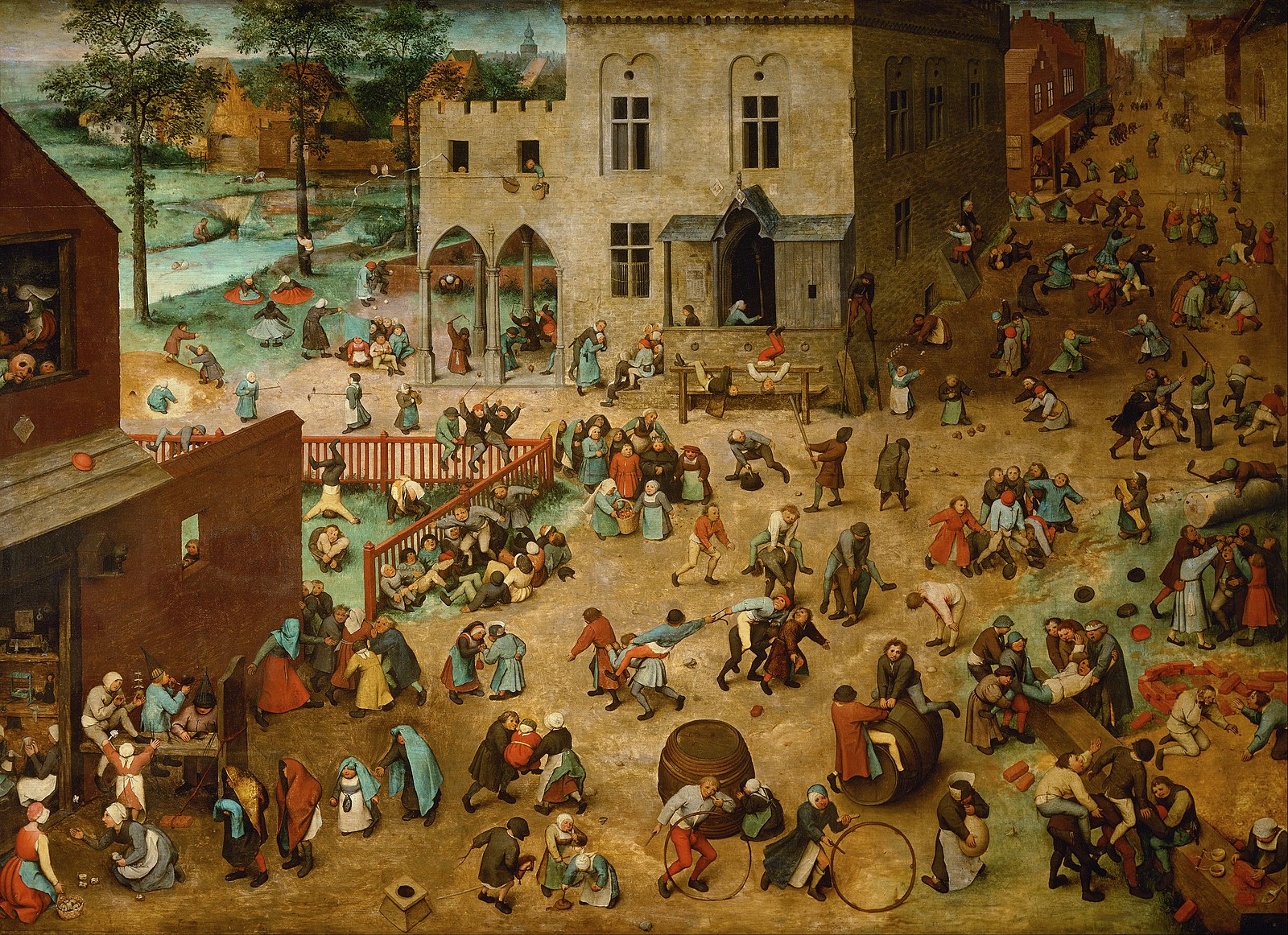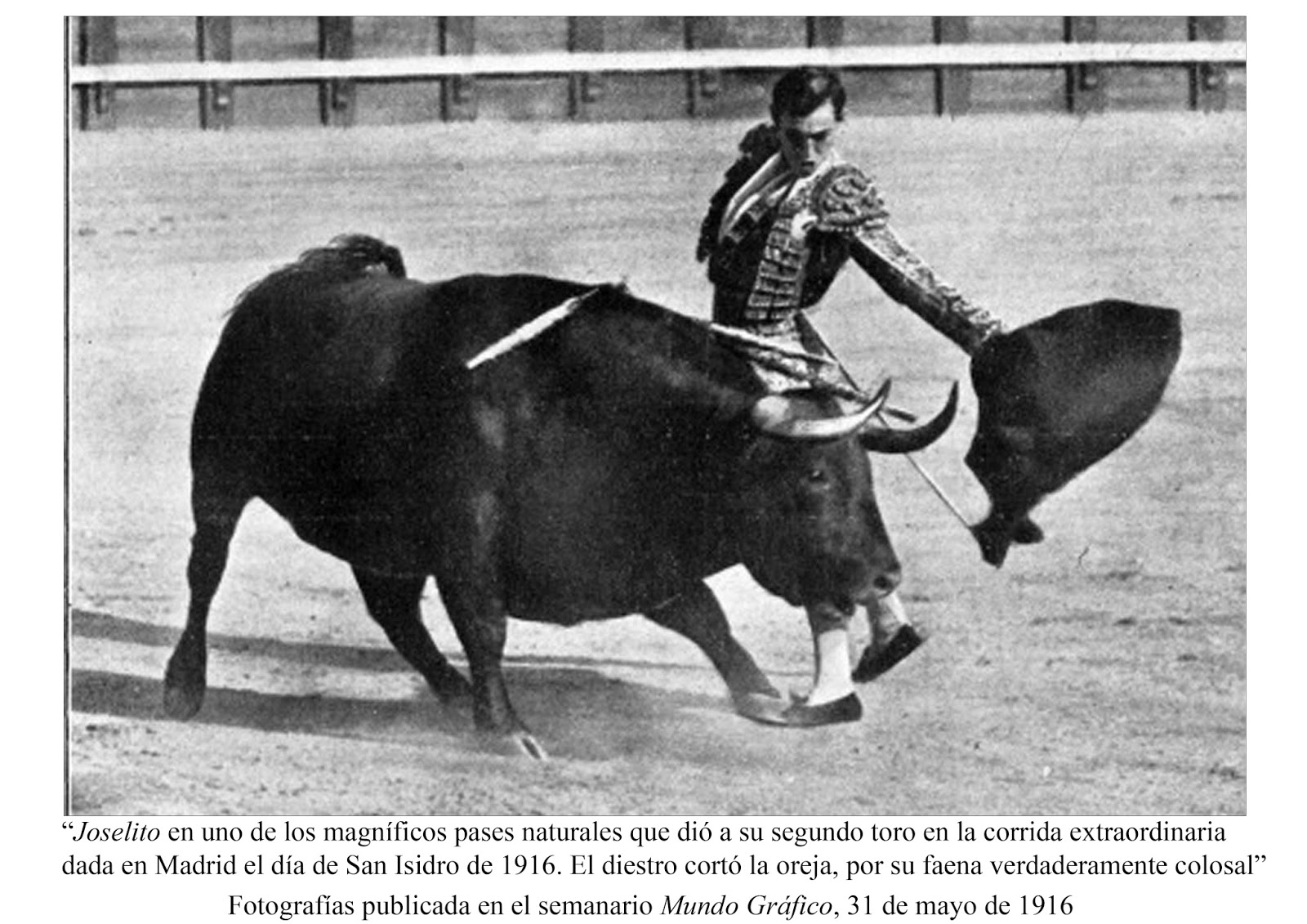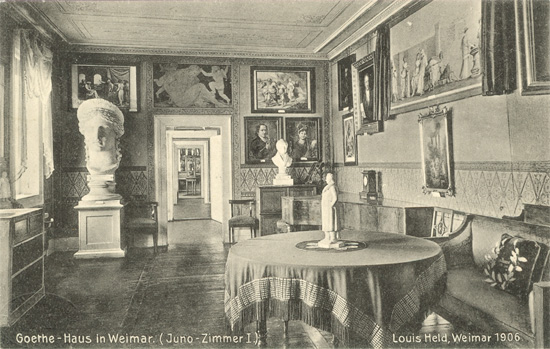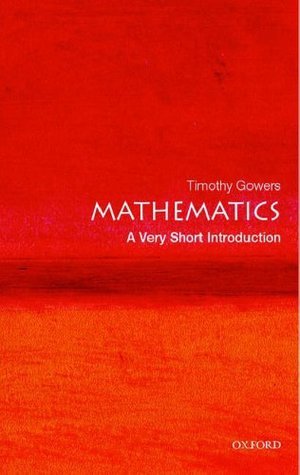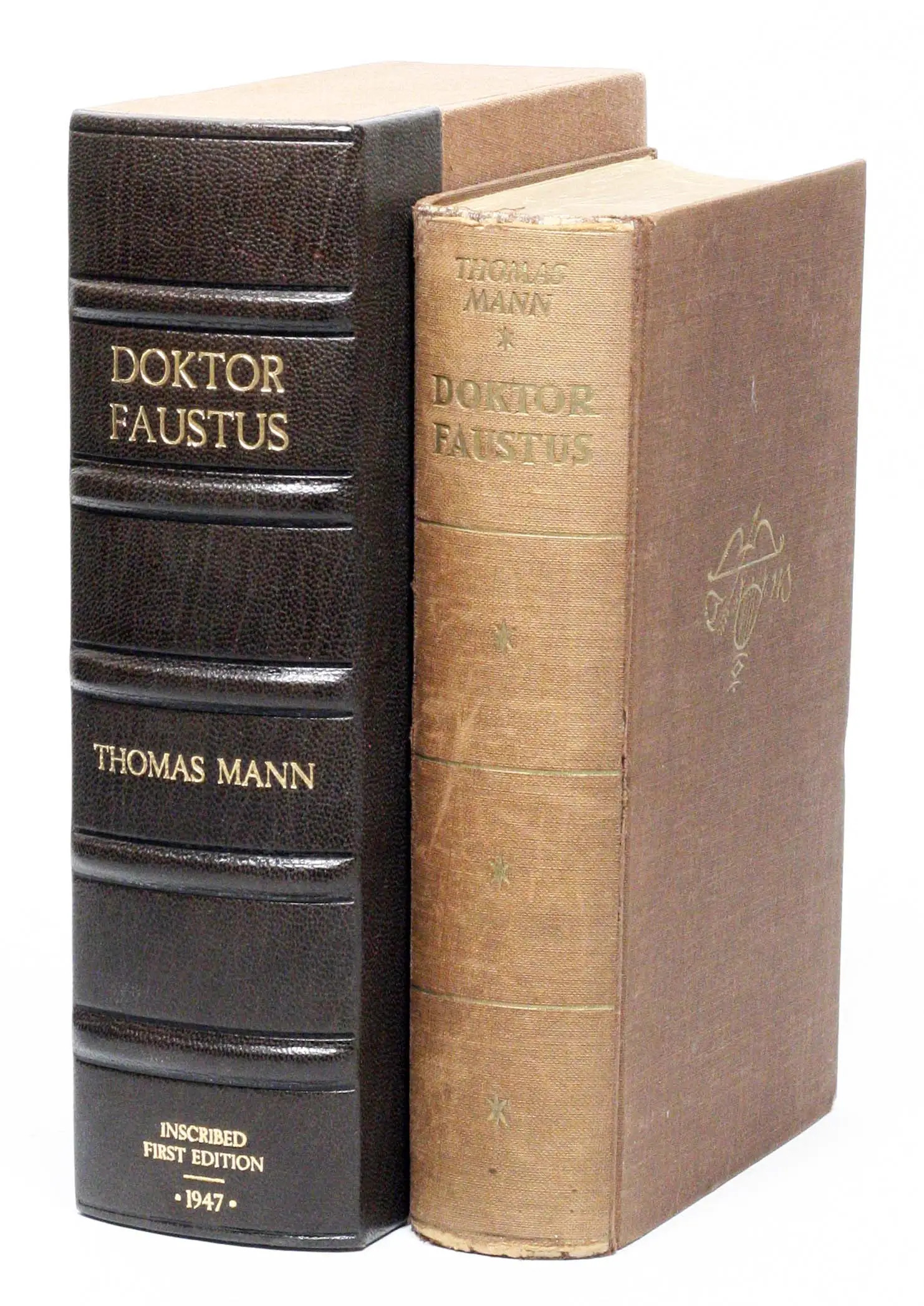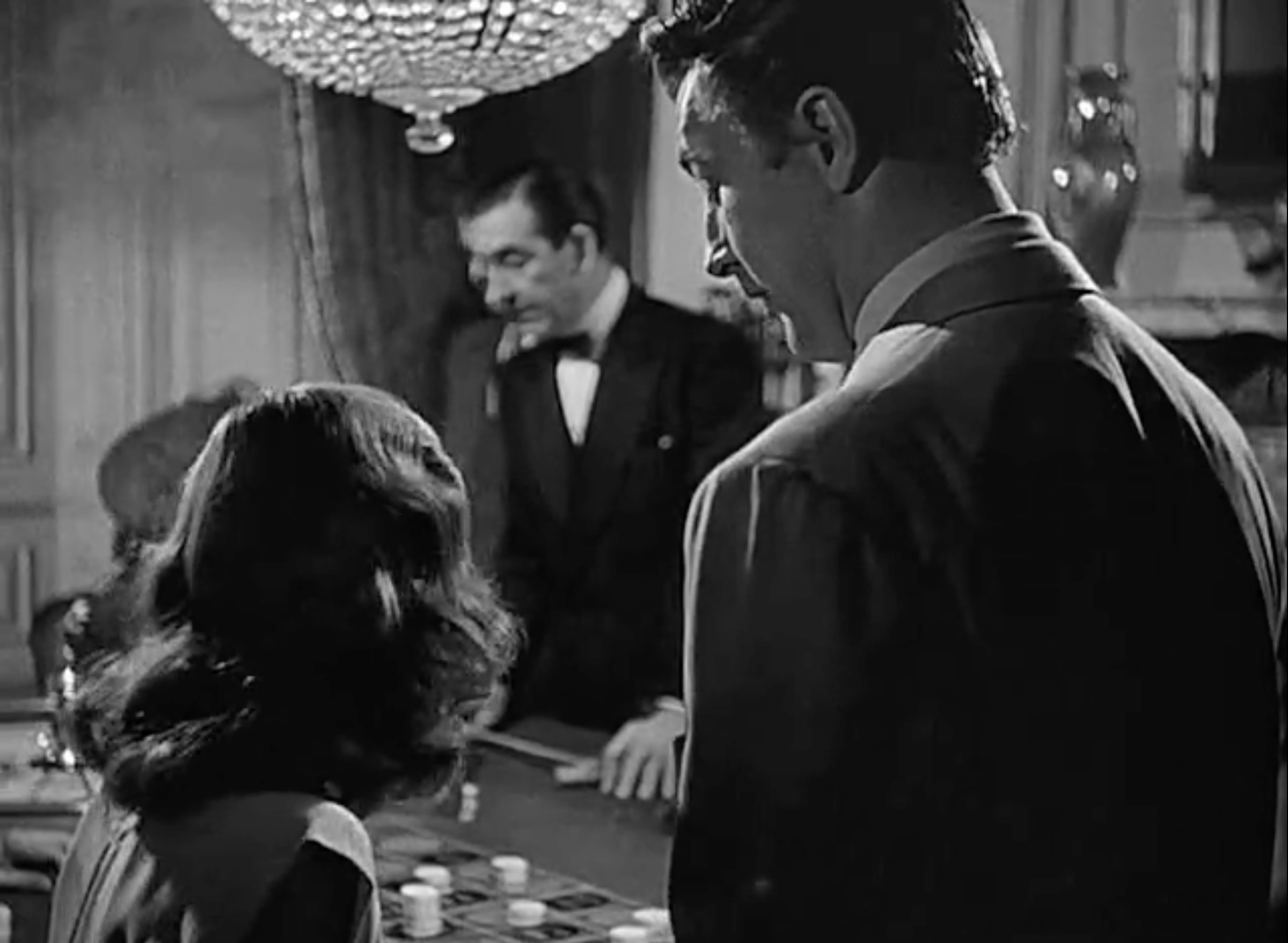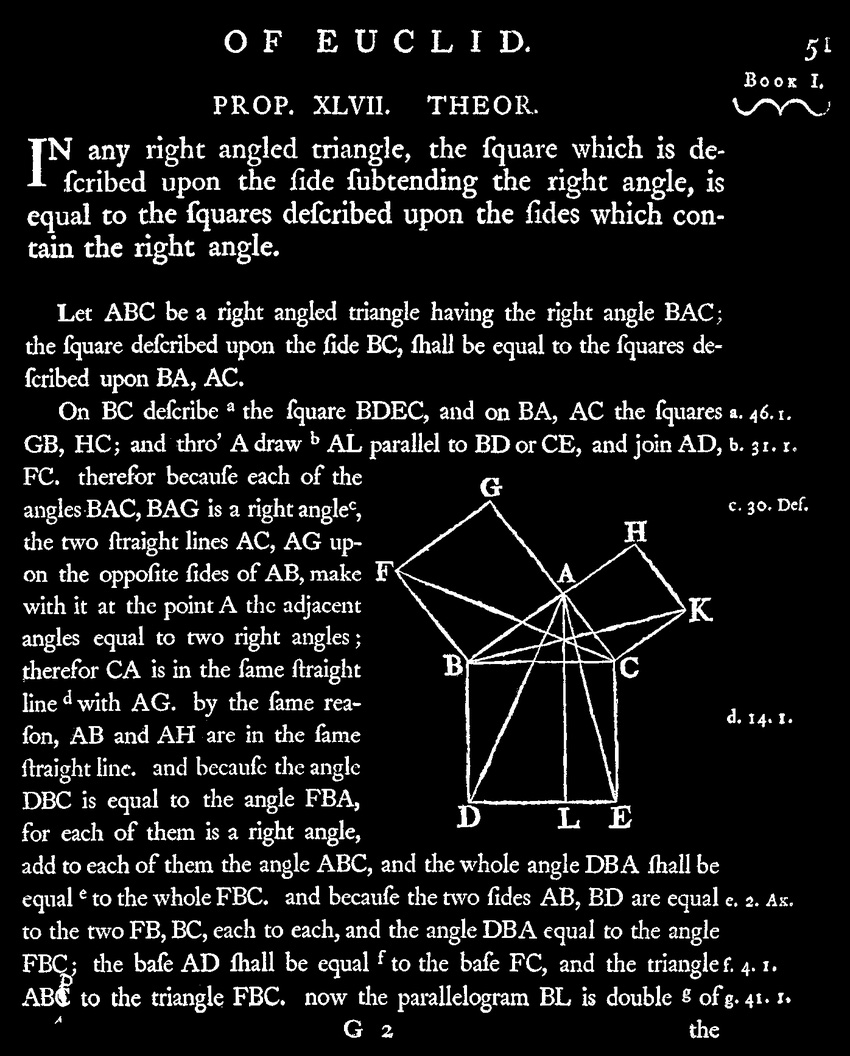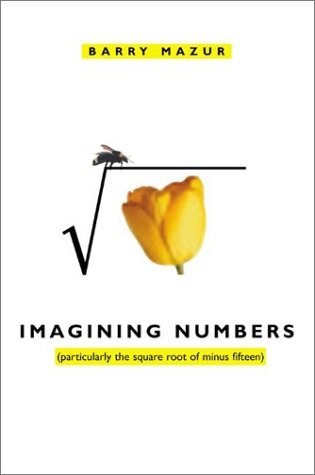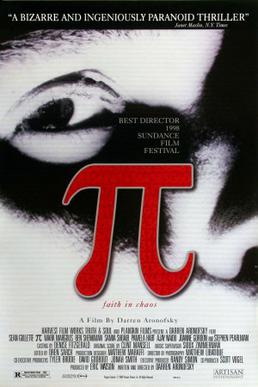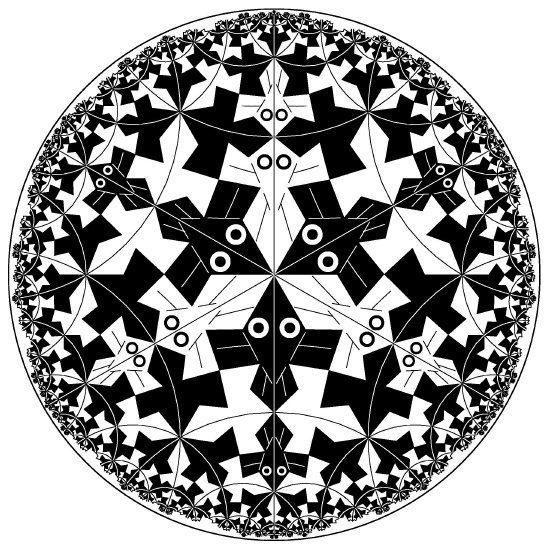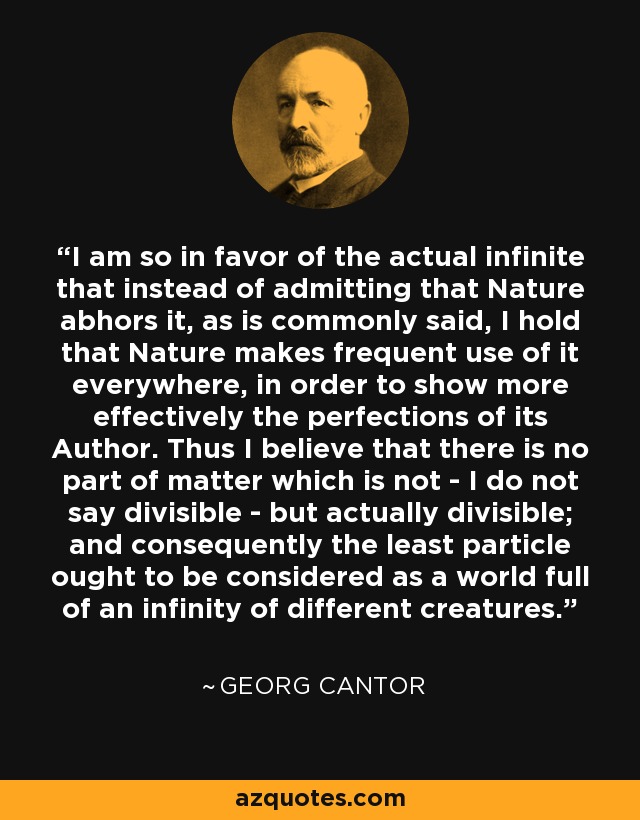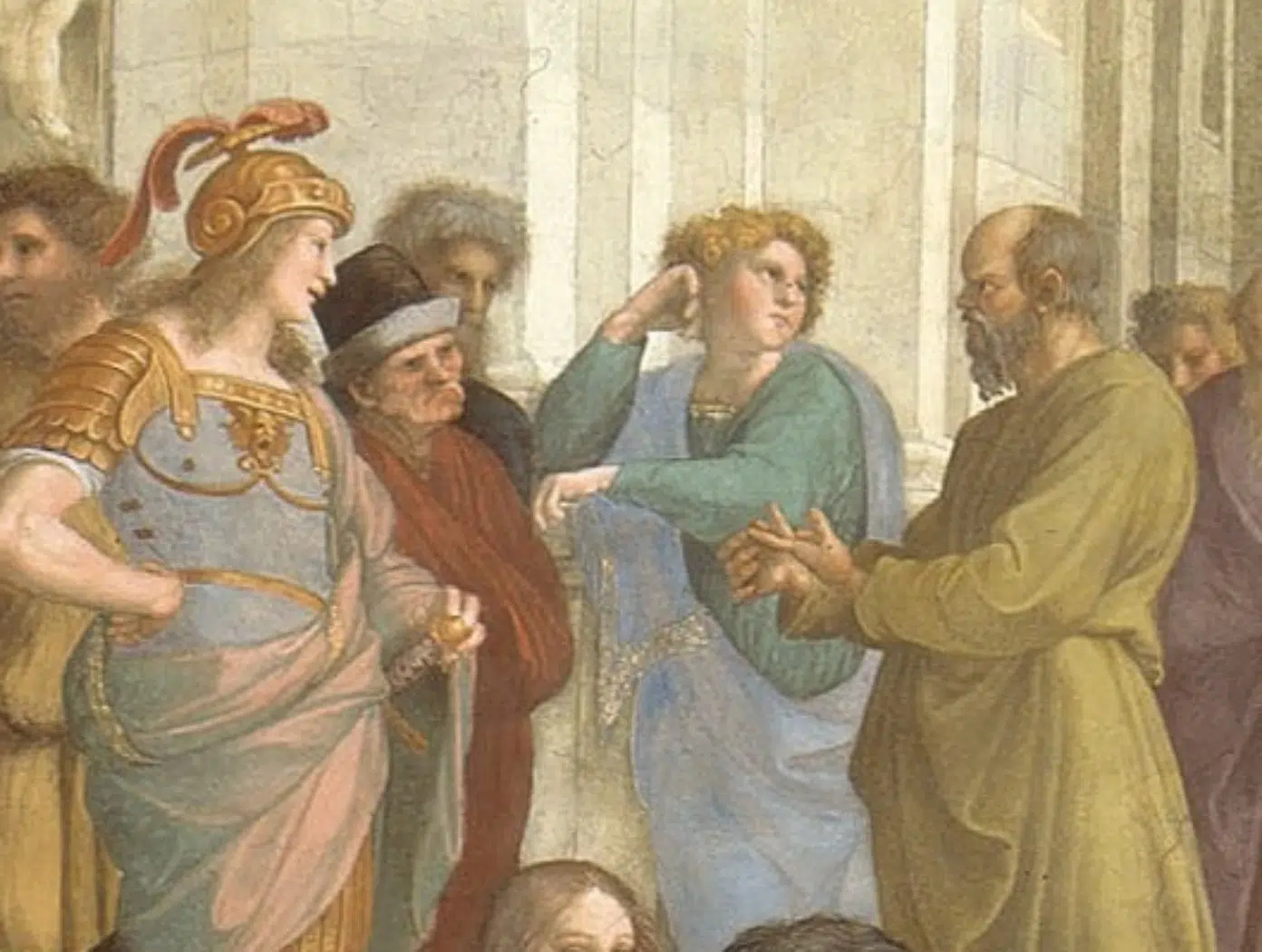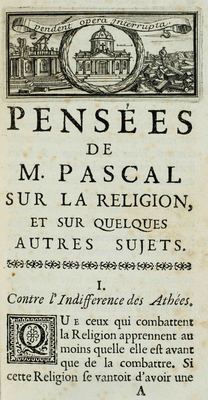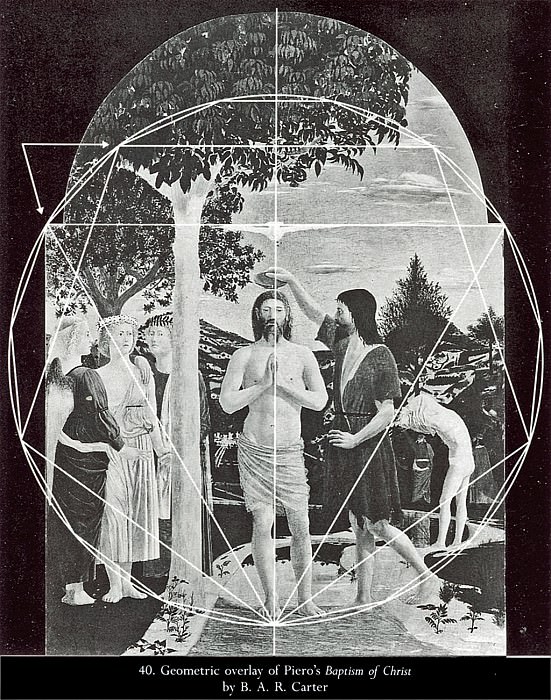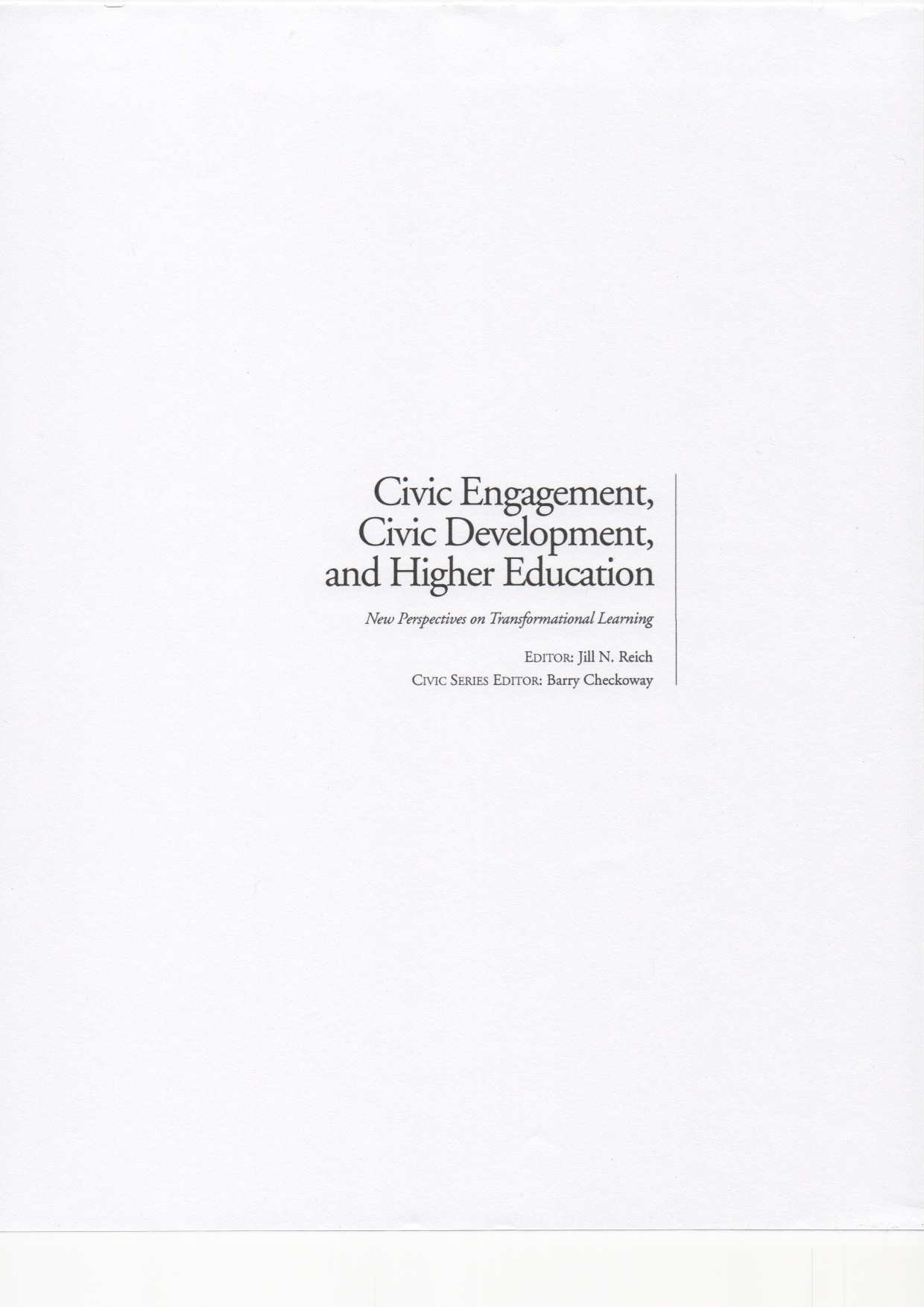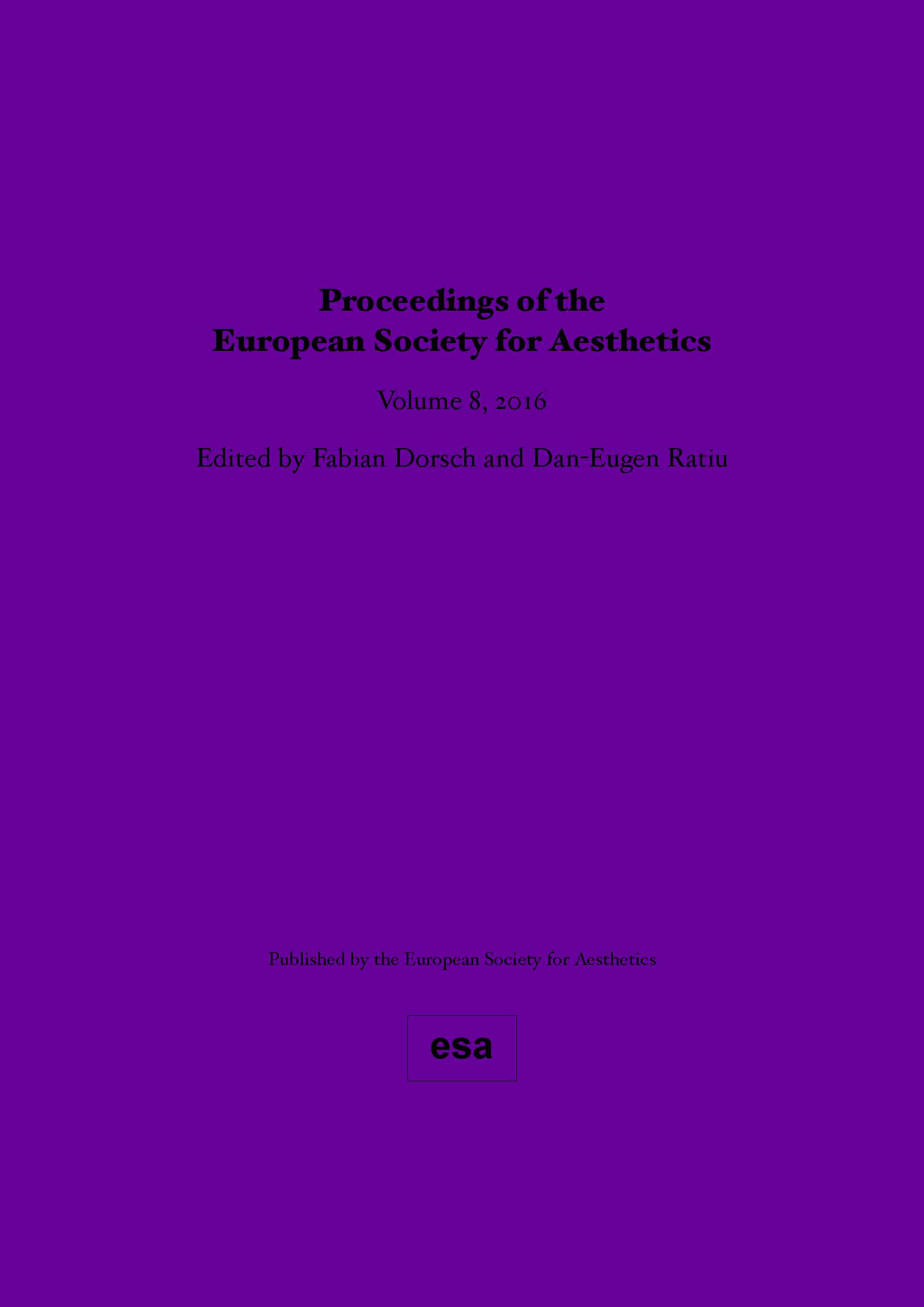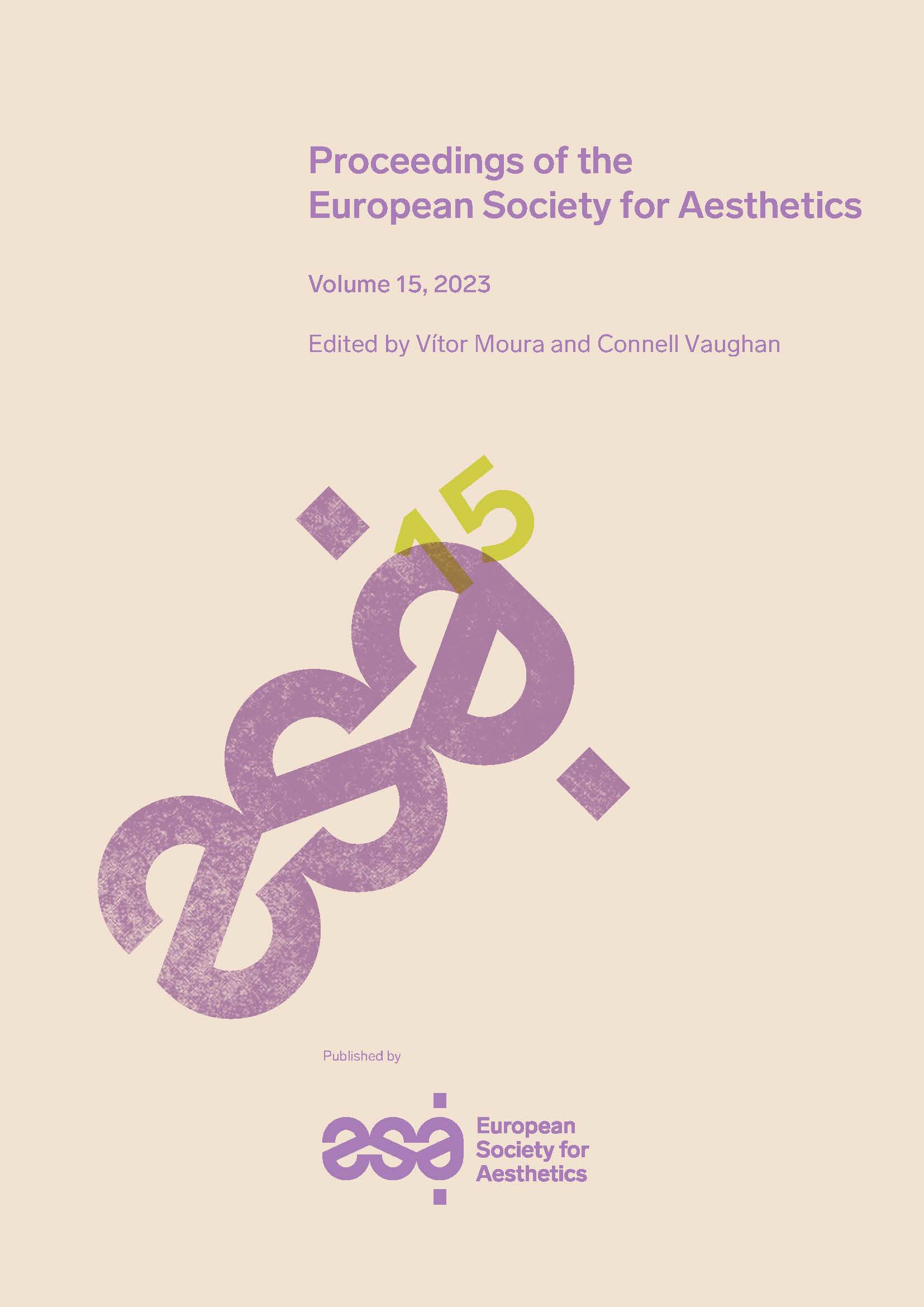The primary activity of the Center is teaching that encourages thoughtful and reflective engagement with artworks through conversational formats. Other activities, such as research and the organization of projects and events, are designed to support and evaluate experimentation with new content and formats within the context of teaching. Additionally, some projects focus on exploring how the conversations inspired by art can be applied in broader contexts, including—but not limited to—practical and theoretical engagements with the natural environment.
COURSES: A Curriculum for Aesthetic Education
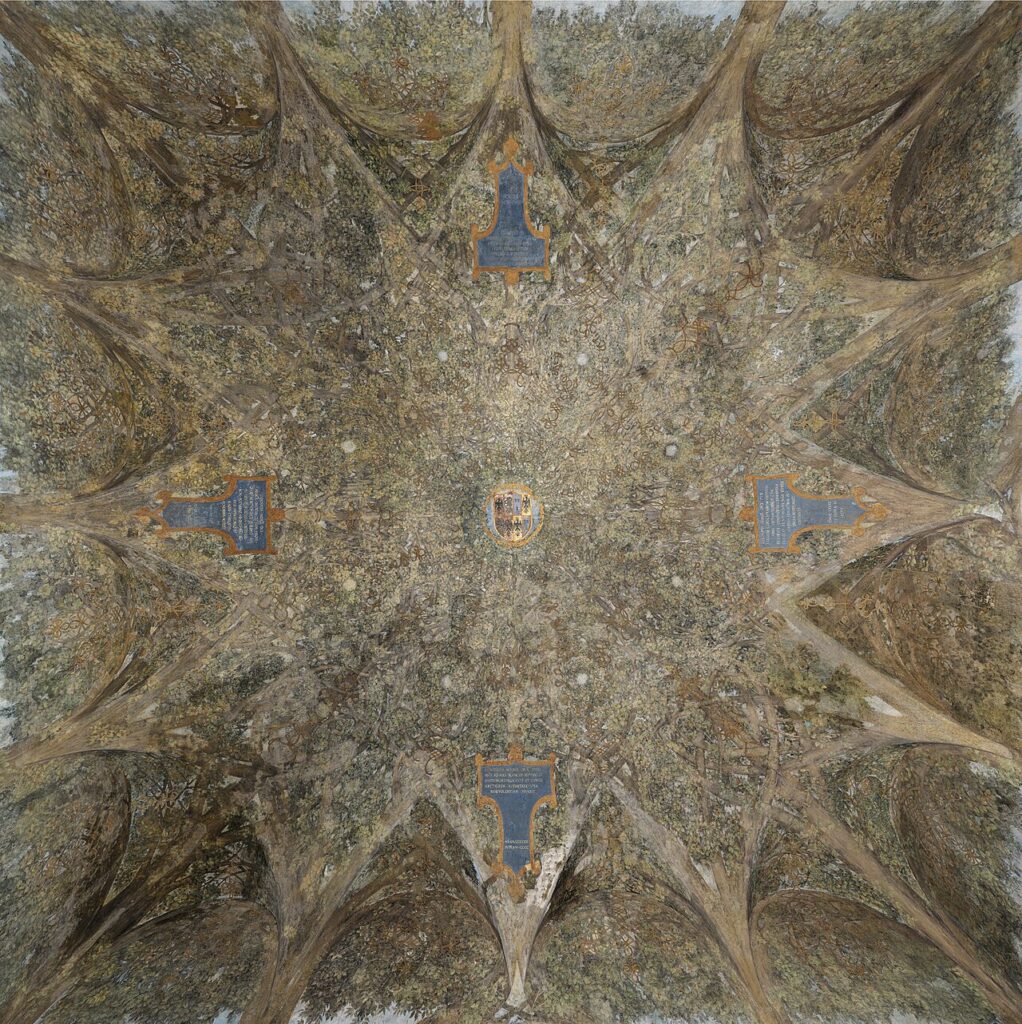
The courses below together represent work in progress towards one possible version of a well-rounded aesthetic education.These courses currently provide the best practical articulation of the philosophy of aesthetic education on which the work of the center is based.
Originally designed as part of an MA program (with all courses taught at both the undergraduate and graduate levels at several institutions across the US and Europe), each course focuses on themes that can be meaningfully explored individually with any audience, including children.
We welcome inquiries from all parties interested in experimenting with these themes, either in small groups or within the context of their organization.
Connections
“One word more, just by the way. Probably you too sometimes incline, as most good Glass Bead Game players do in their youth, to use our game as a kind of instrument for philosophizing. My words alone will not cure you of that, but nevertheless I shall say them: Philosophizing should be done only with legitimate tools, those of philosophy. Our Game is neither philosophy nor religion; it is a discipline of its own, in character most akin to art. It is an art sui generis. One makes greater strides if one holds to that view from the first than if one reaches it only after a hundred failures.”
Hermann Hesse: The Glass Bead Game
(the Magister Ludi teaching Josef Knecht)













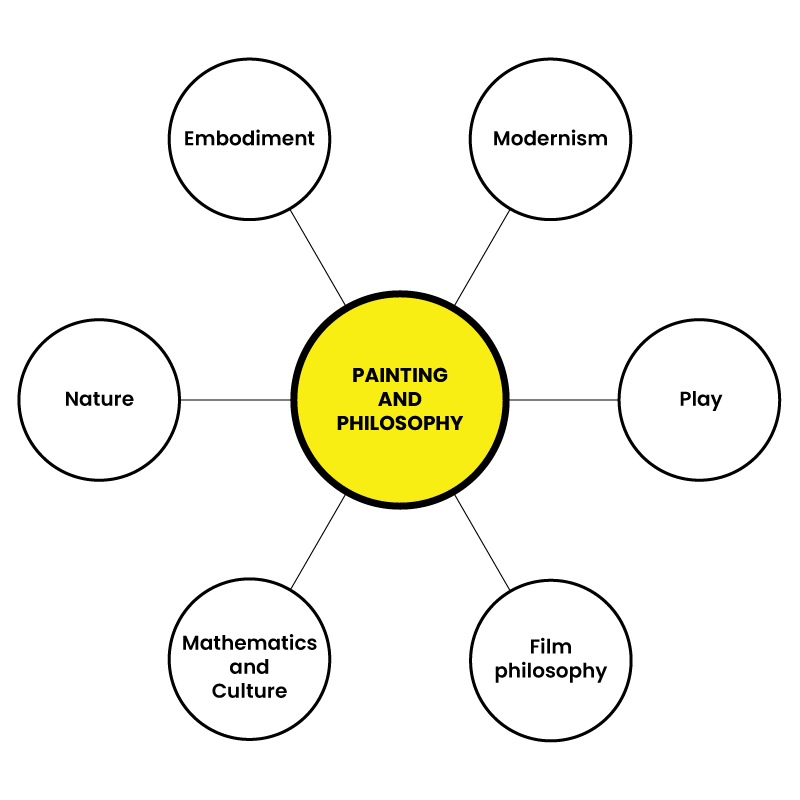












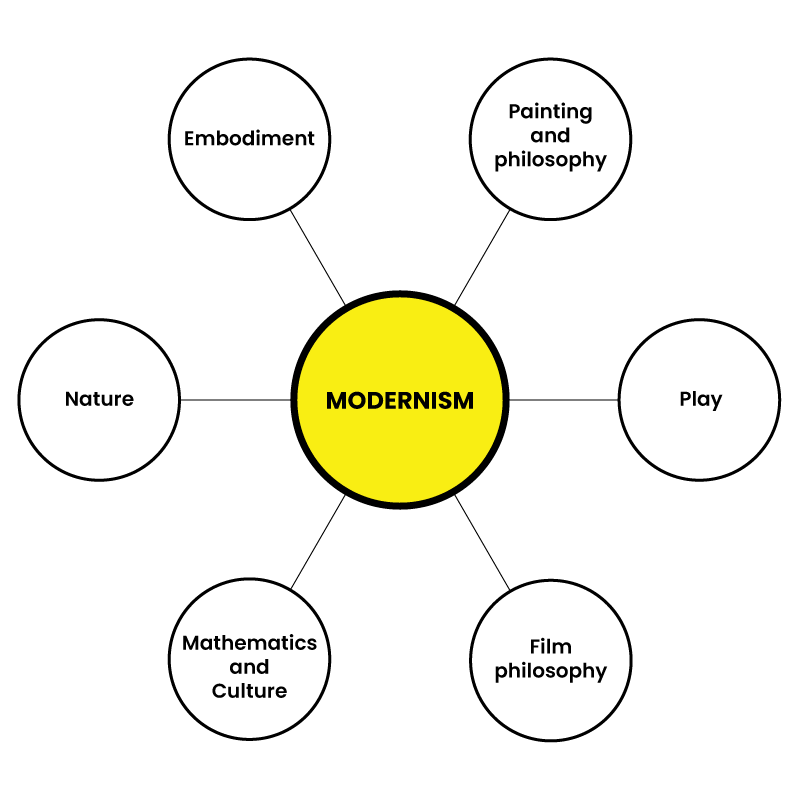












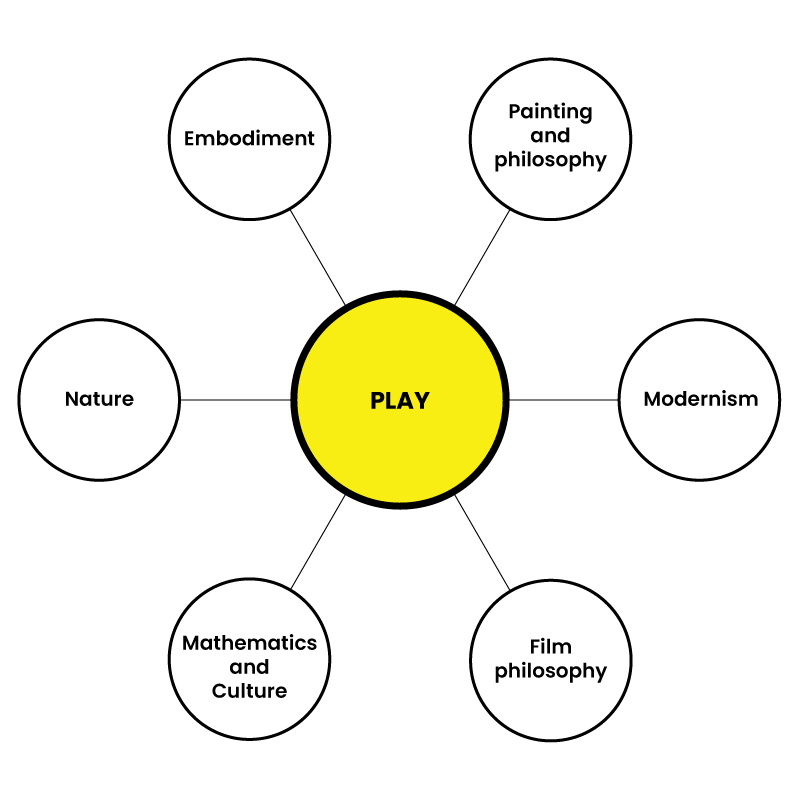












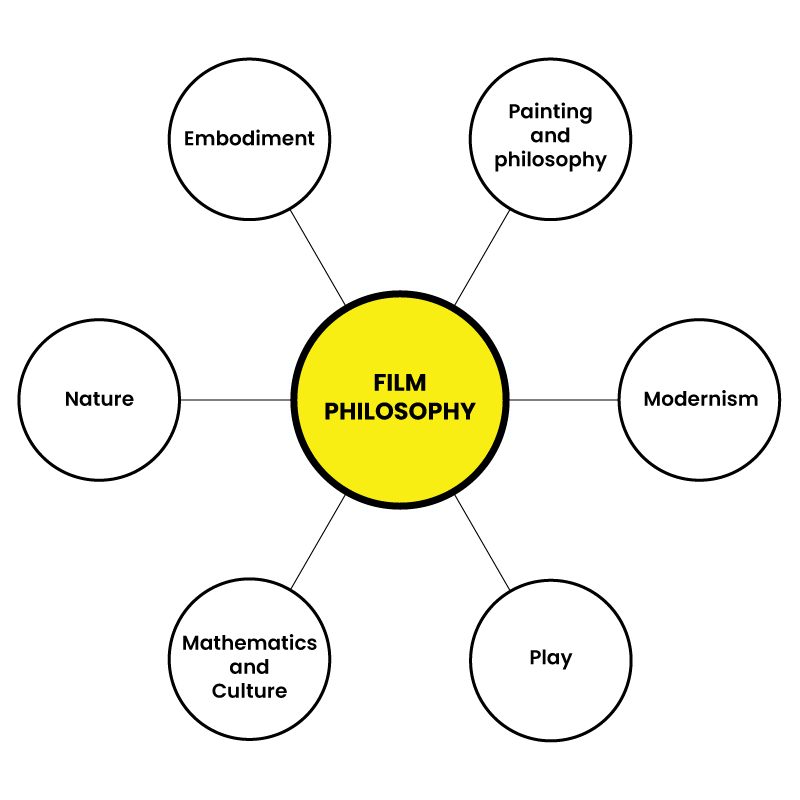












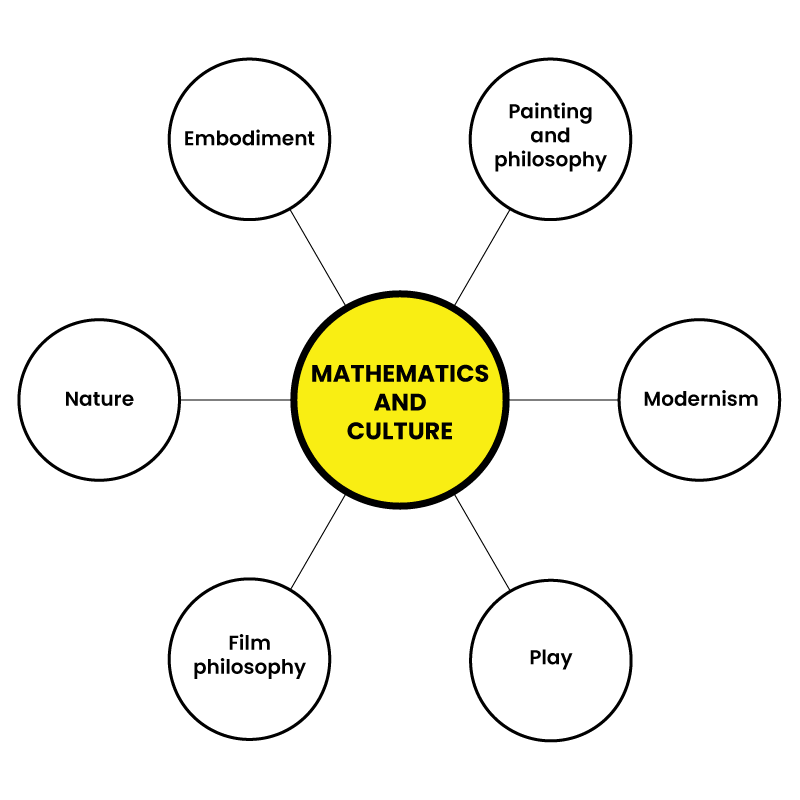

























Click to rearrange and move cursor to uncover connections.
Painting and philosophy
How do paintings “think” about what they show? What powers does a silent form of art possess in articulating concerns about identity, nature, necessity, time, space, matter, or the value of play? In this course, we read accounts by philosophers, art historians, and critics on painting’s ability to embody, transmit, and develop philosophical ideas, all the while allowing the works themselves, as Stanley Cavell put it, to “teach us how to consider them,” giving full play to their “philosophizing.”
Modernism
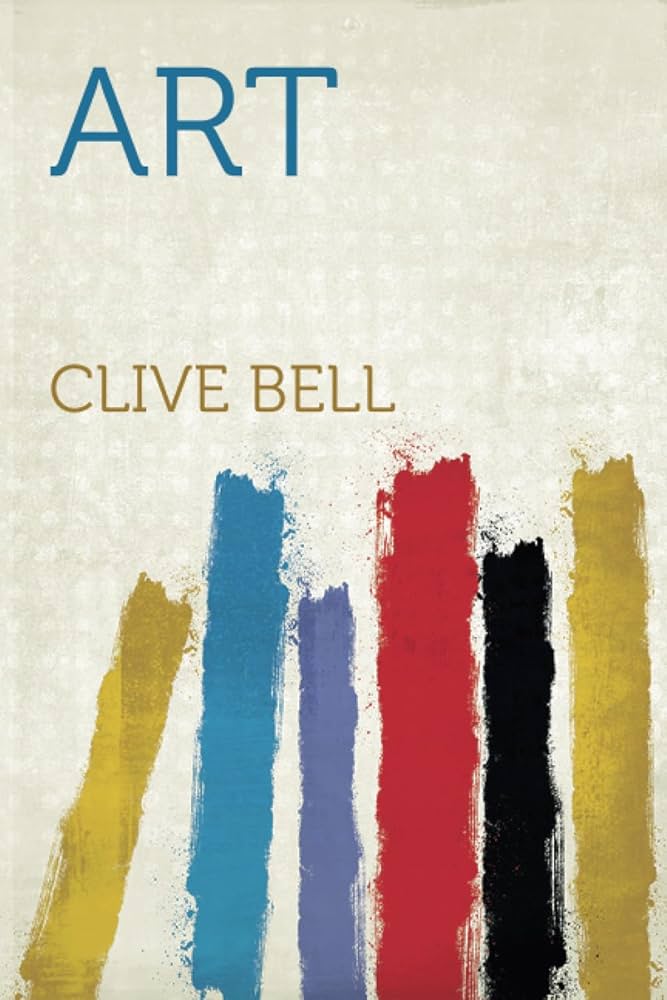


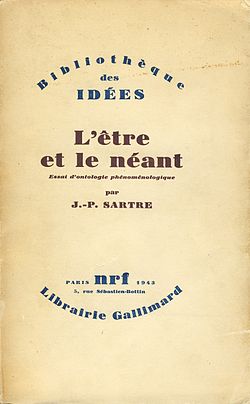
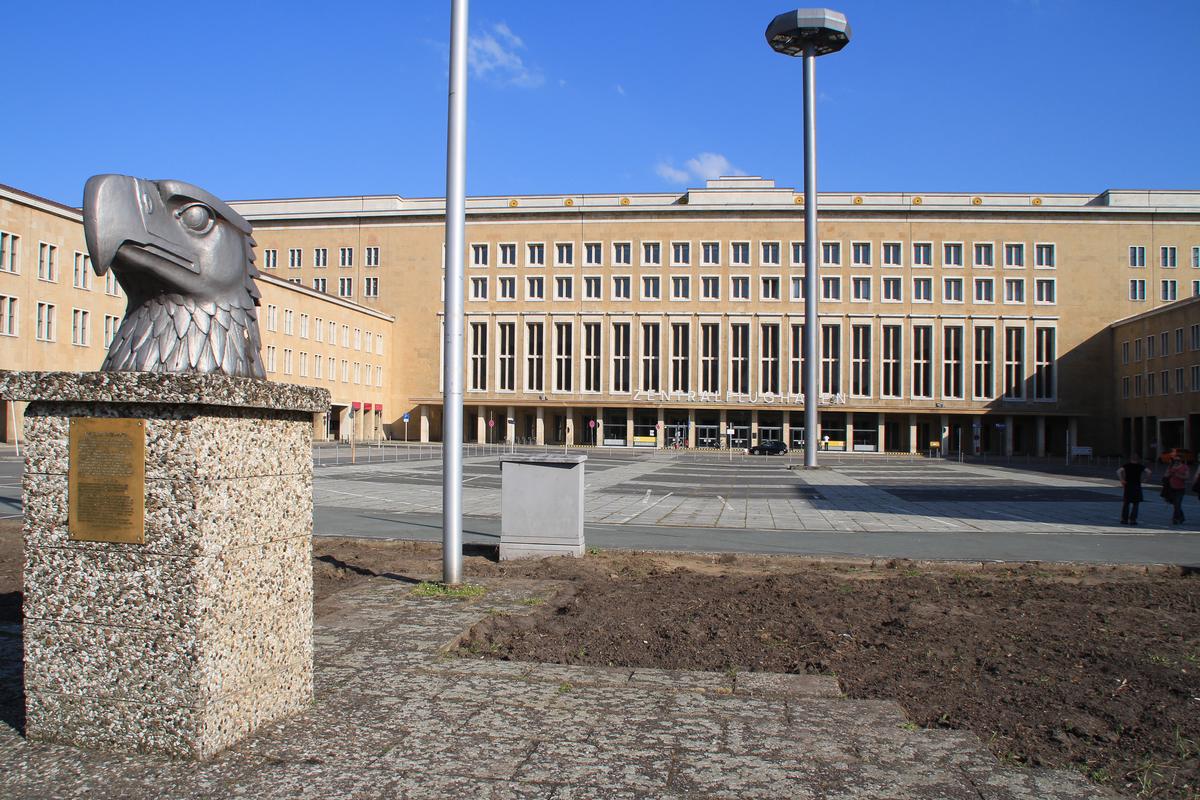
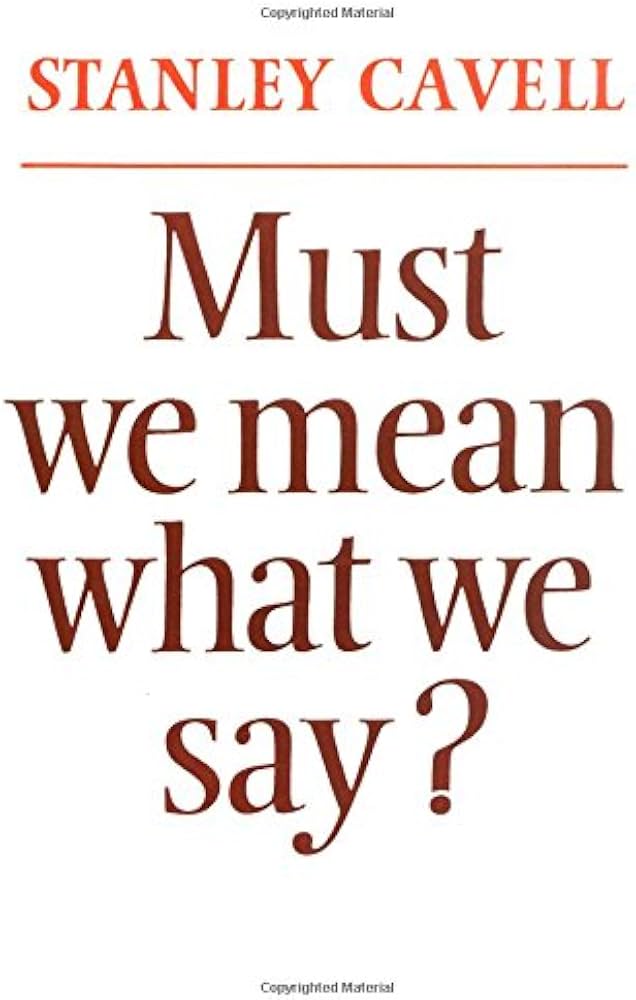
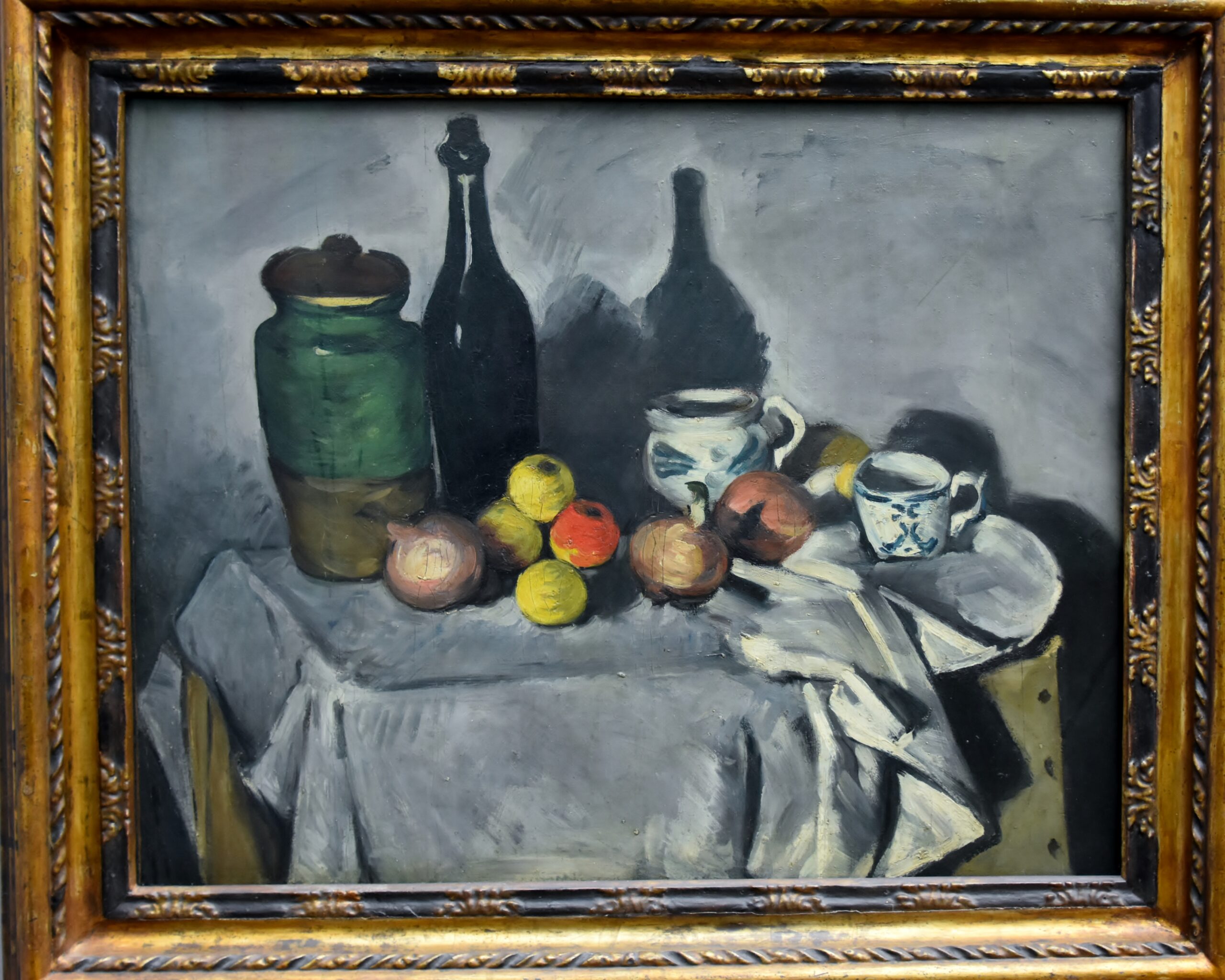
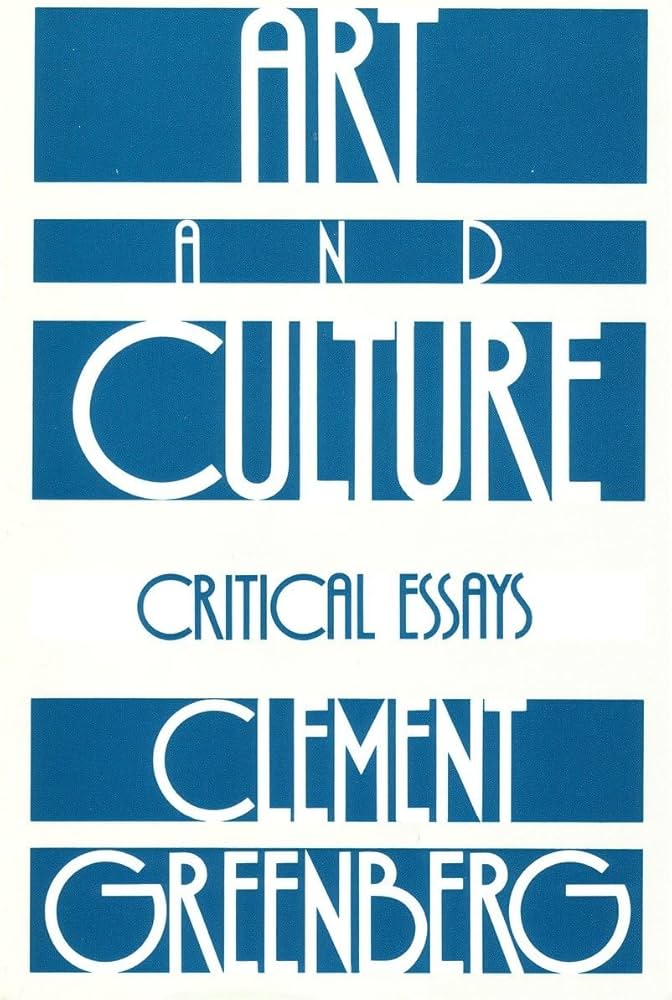
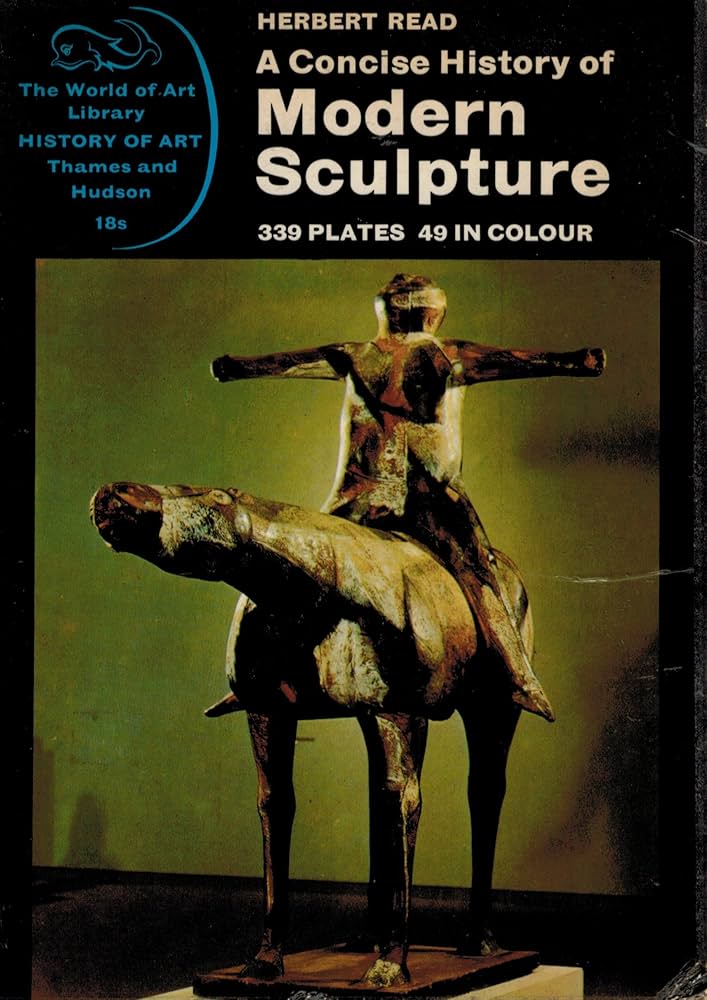
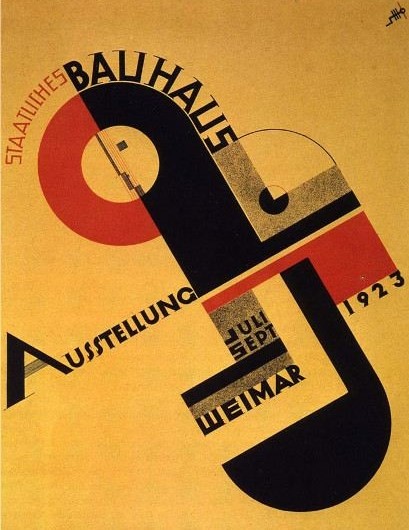
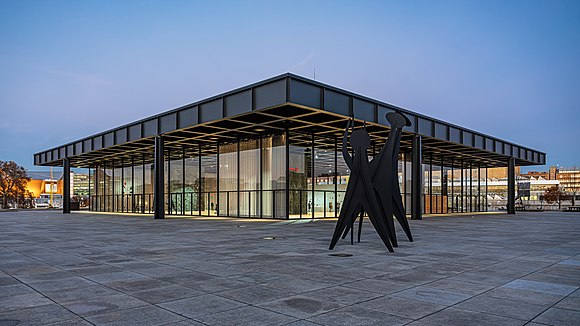
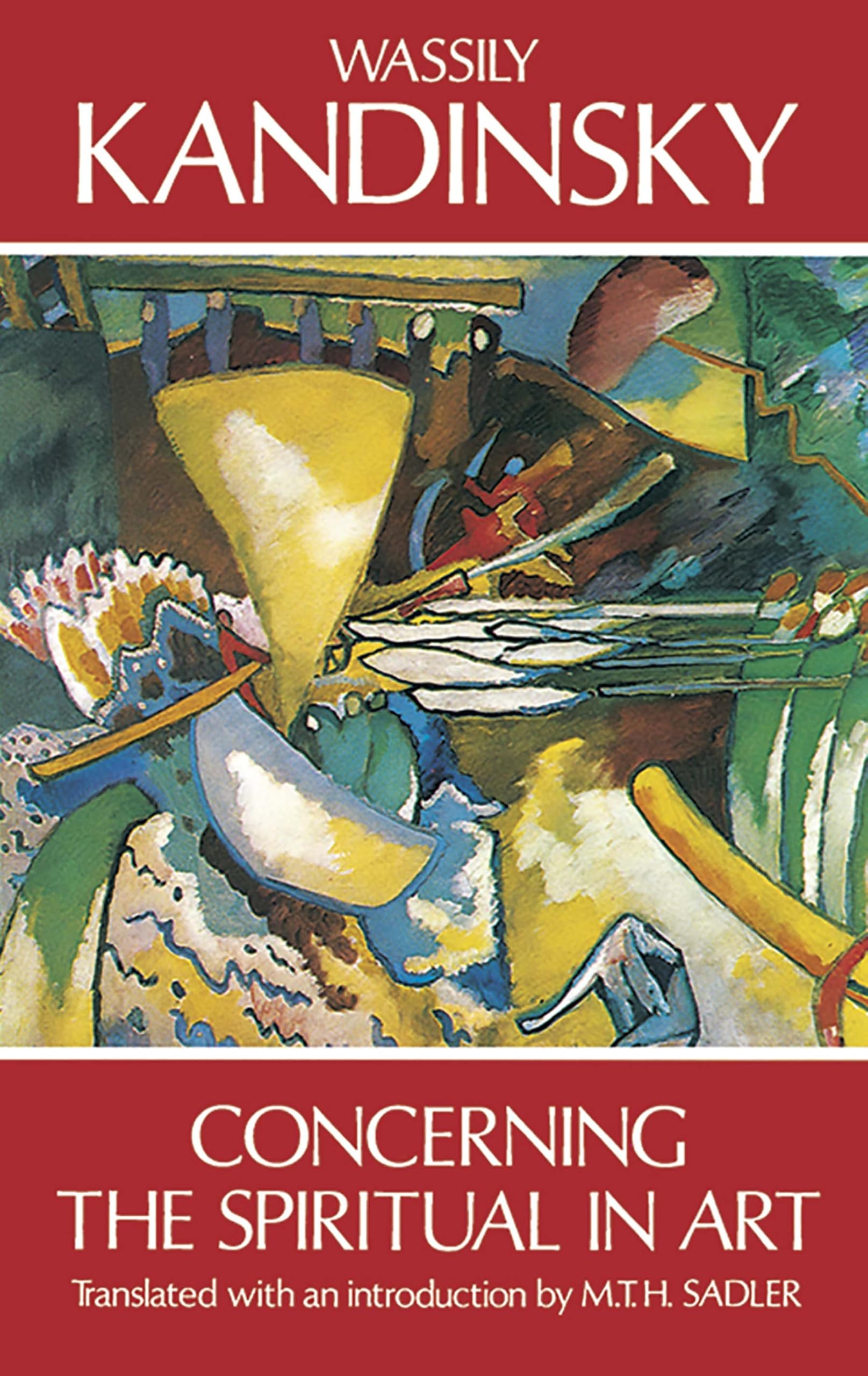
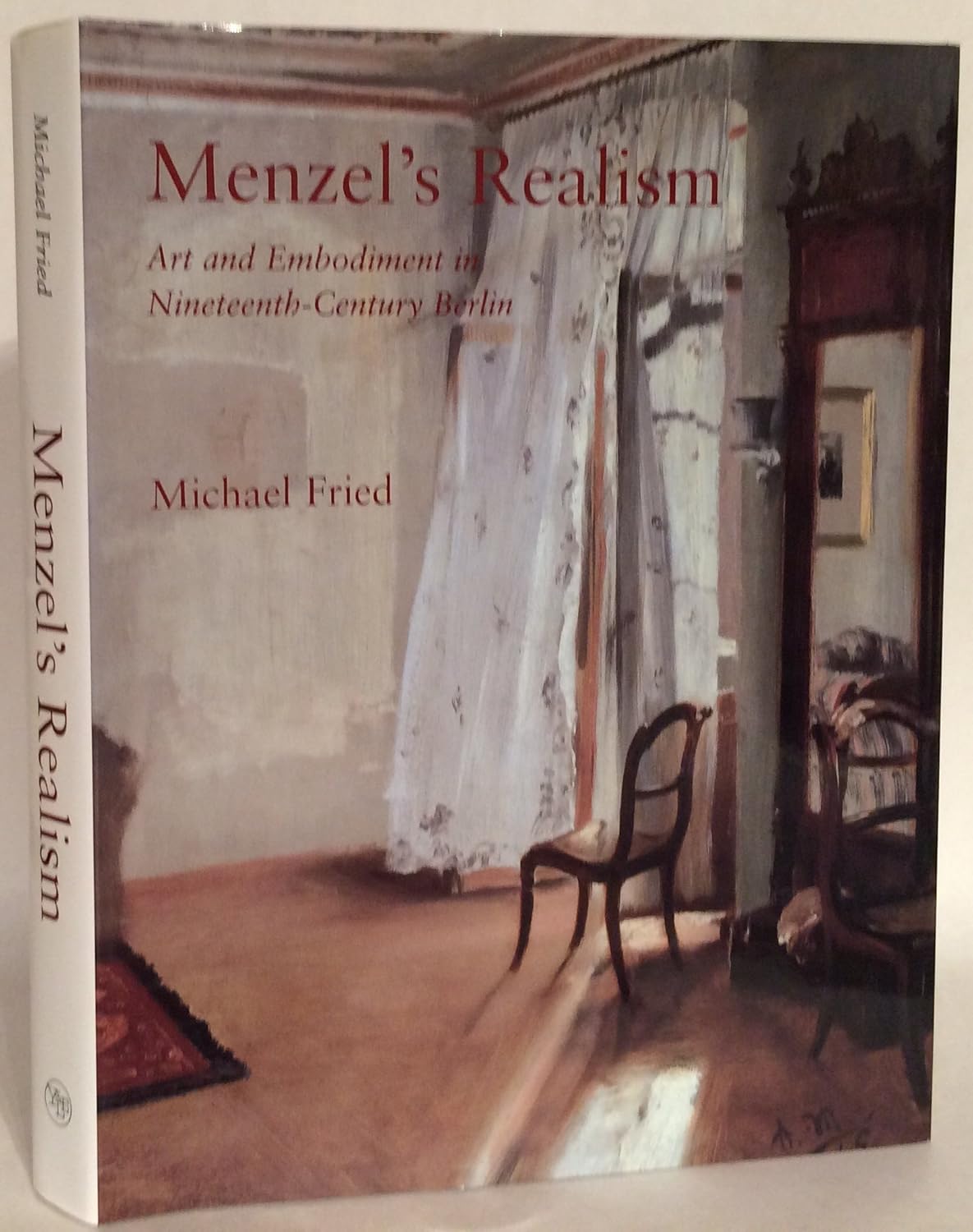
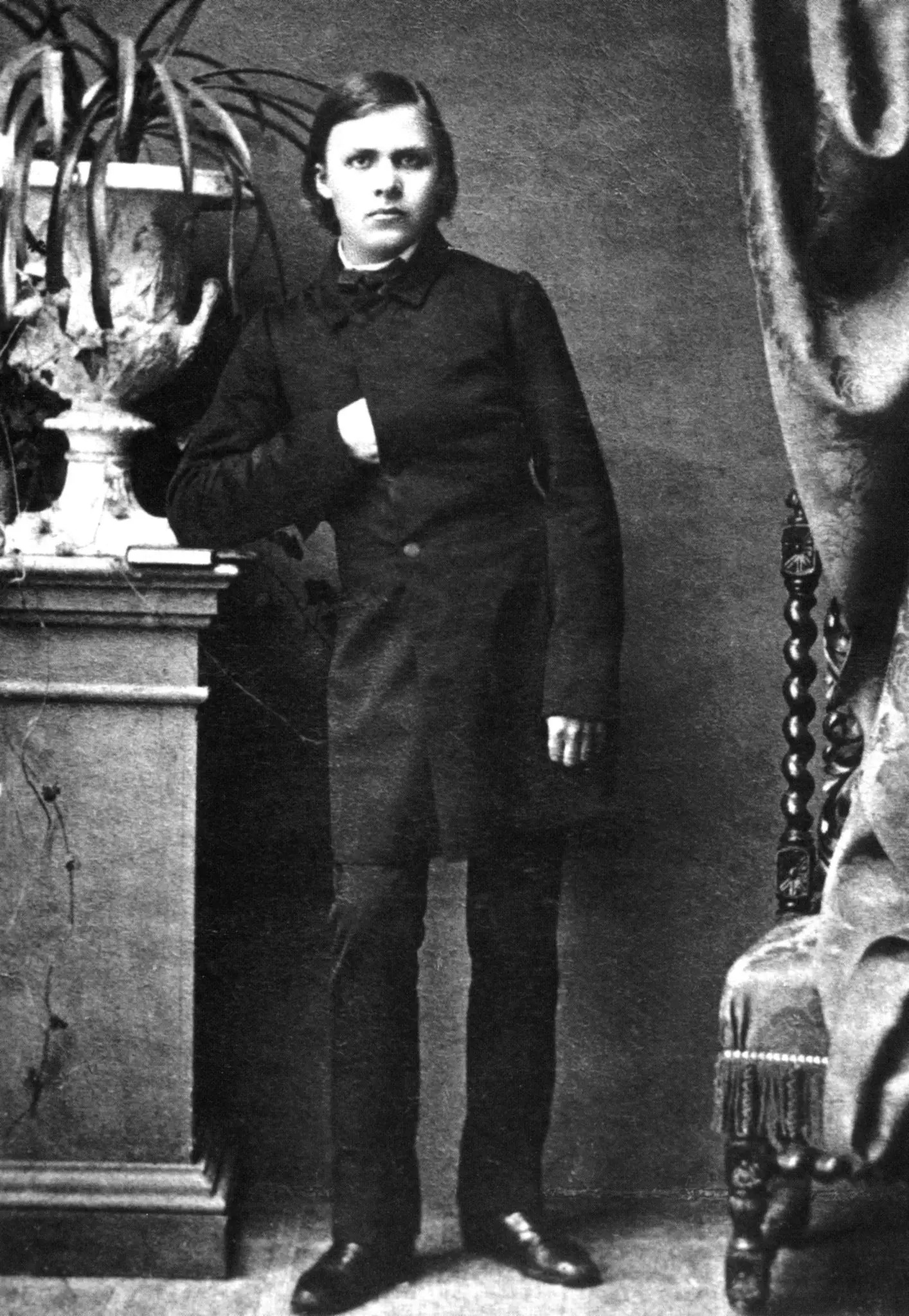
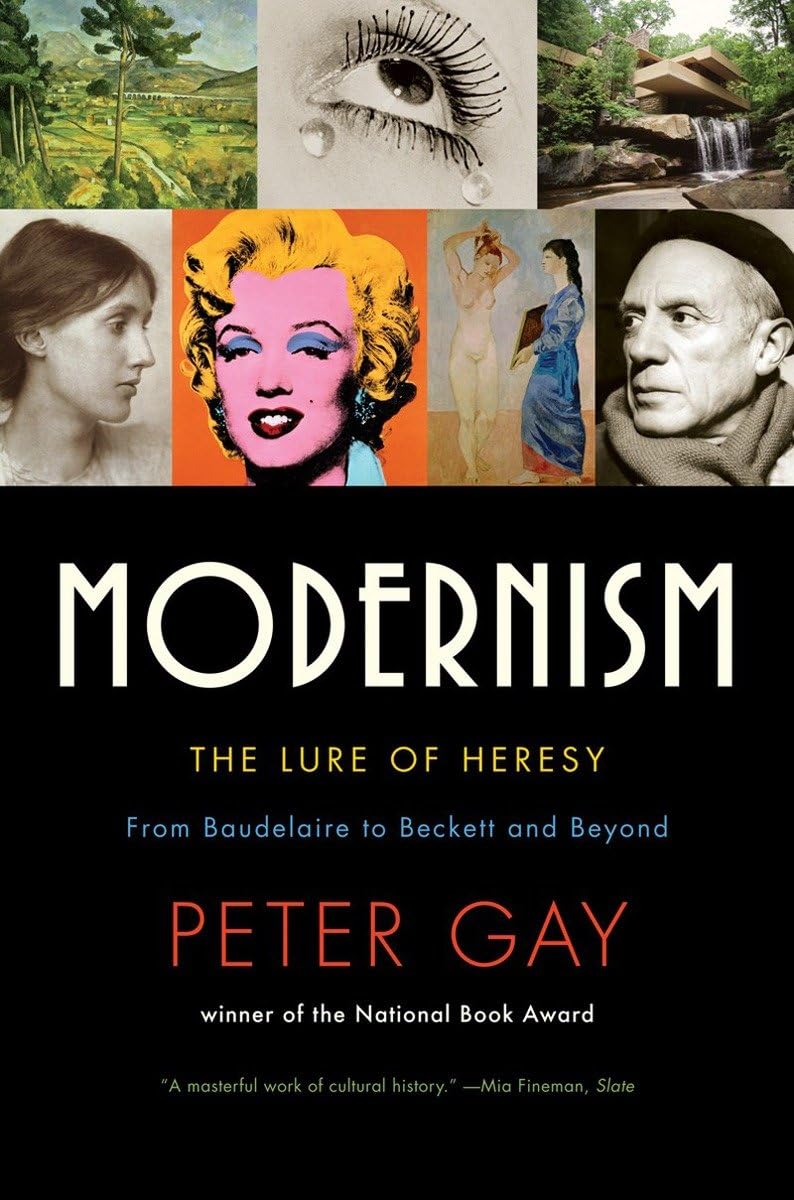

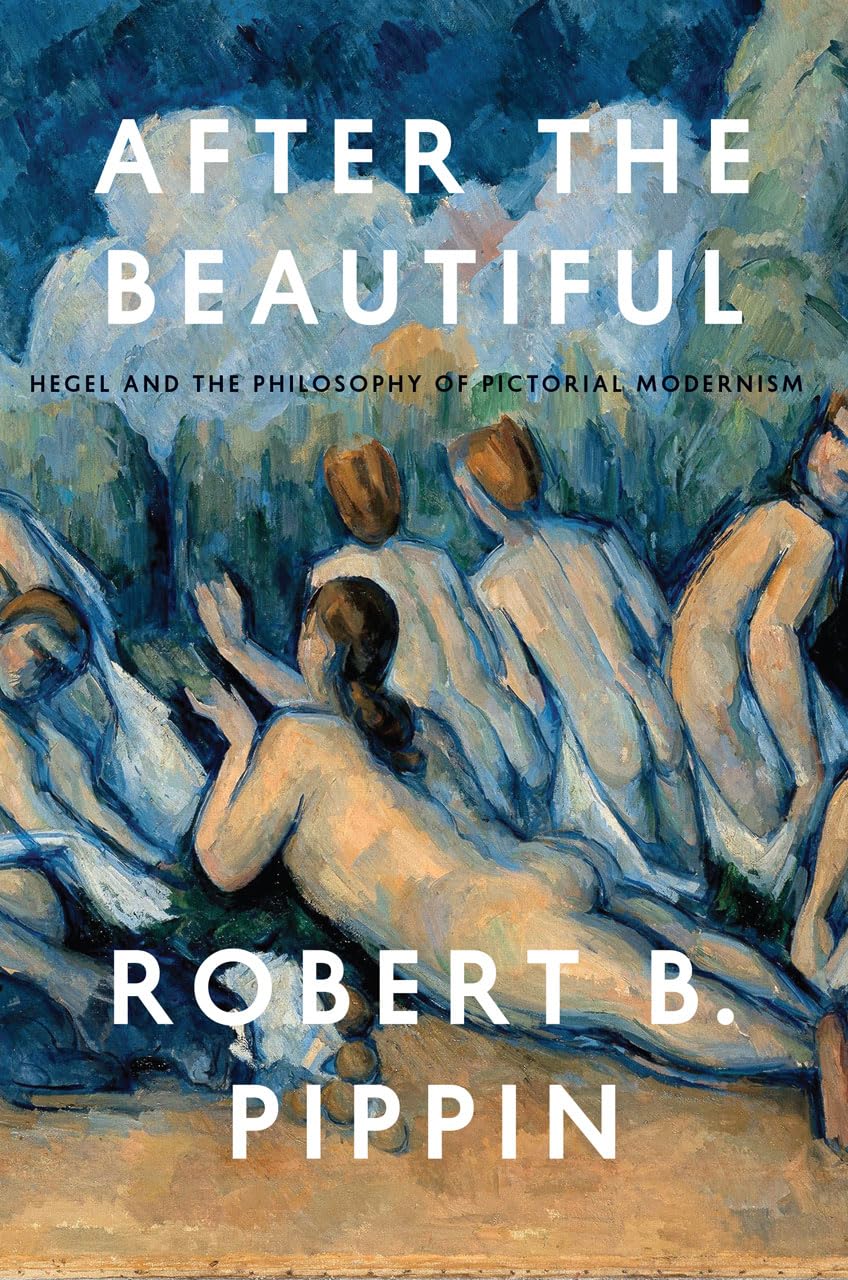
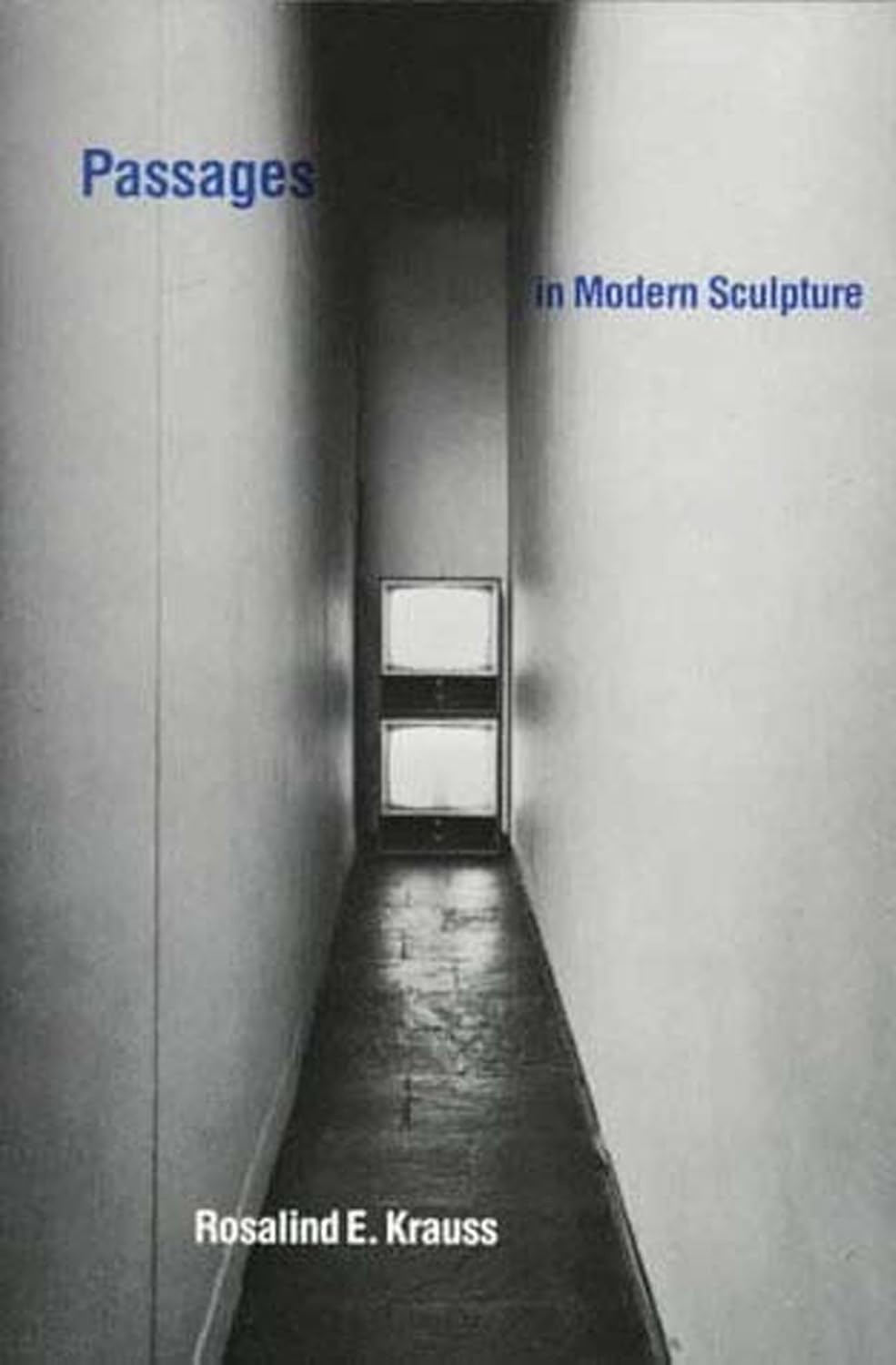
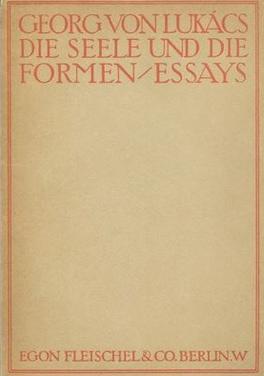
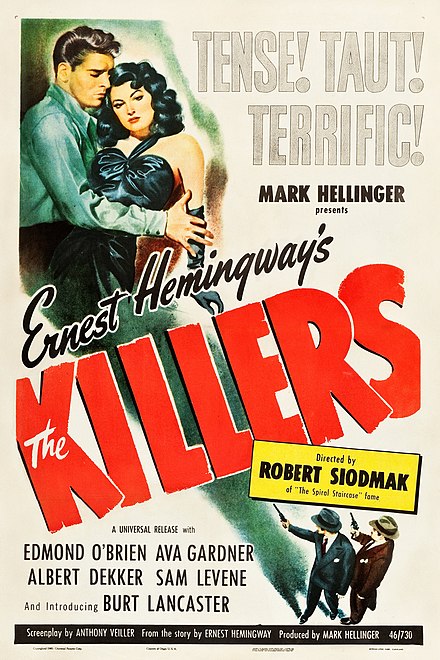









What is “modern man”? Visual art poses this question in a focused and direct way: does modern art reveal a human struggle with loss, or does the concept of the modern represent a promise of renewal through shedding the past? Is the radical shift in the way art looks today driven by deeper causes? We explore these issues by examining philosophical formulations of the idea of the modern, in dialogue with works of high modernist and avant-garde visual art, and film.
Play
No other theme integrates questions of such philosophical depth and complexity about education, nature, and art as organically as play. The personal urgency of these questions makes them especially suited for exploration in a conversational context. This course guides this exploration through classical and modern approaches to the philosophy and scholarship of play, alongside works of visual and literary art, as well as documentary accounts of the play experience.
Film philosophy
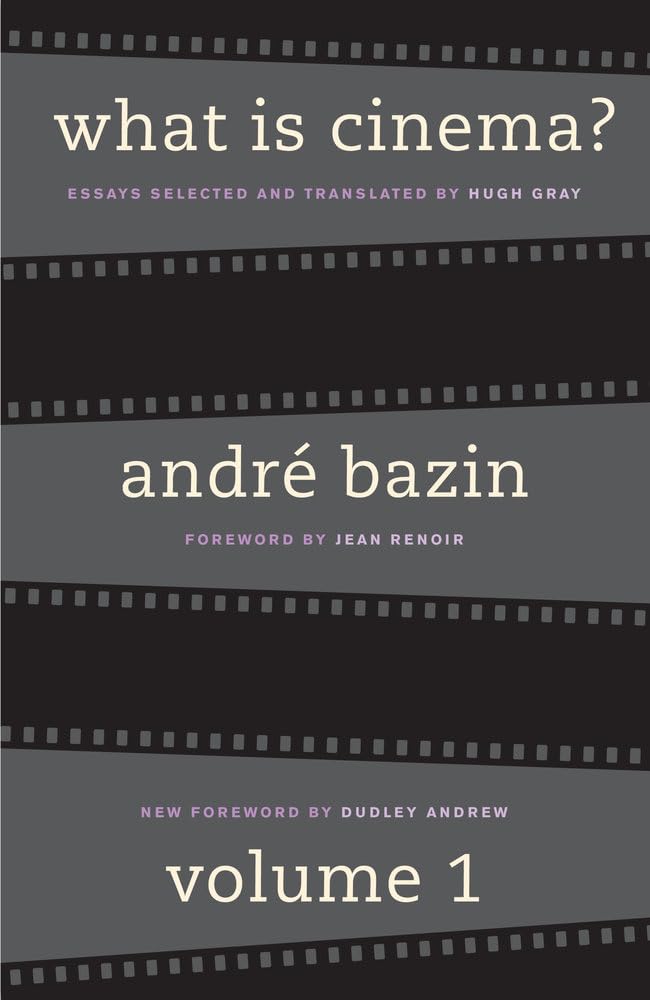
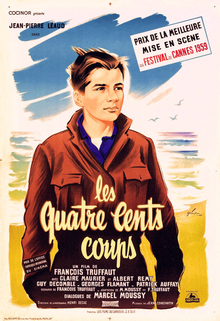

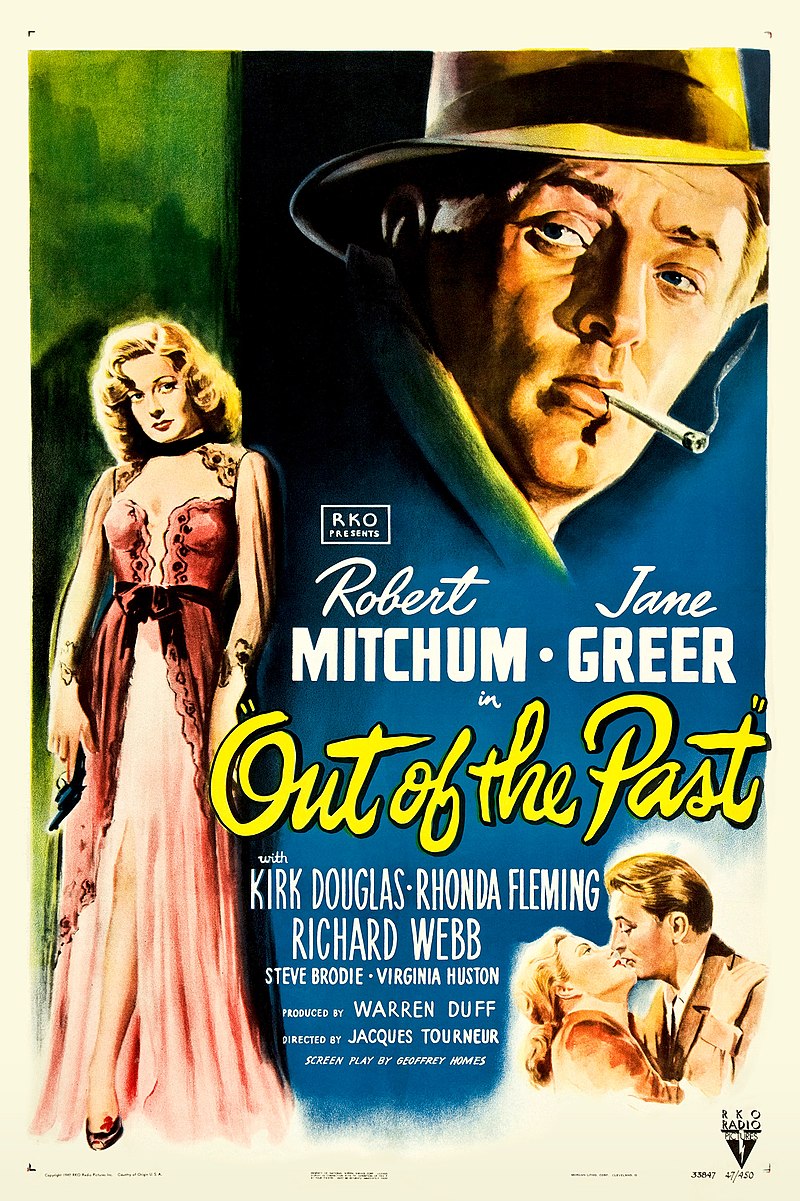
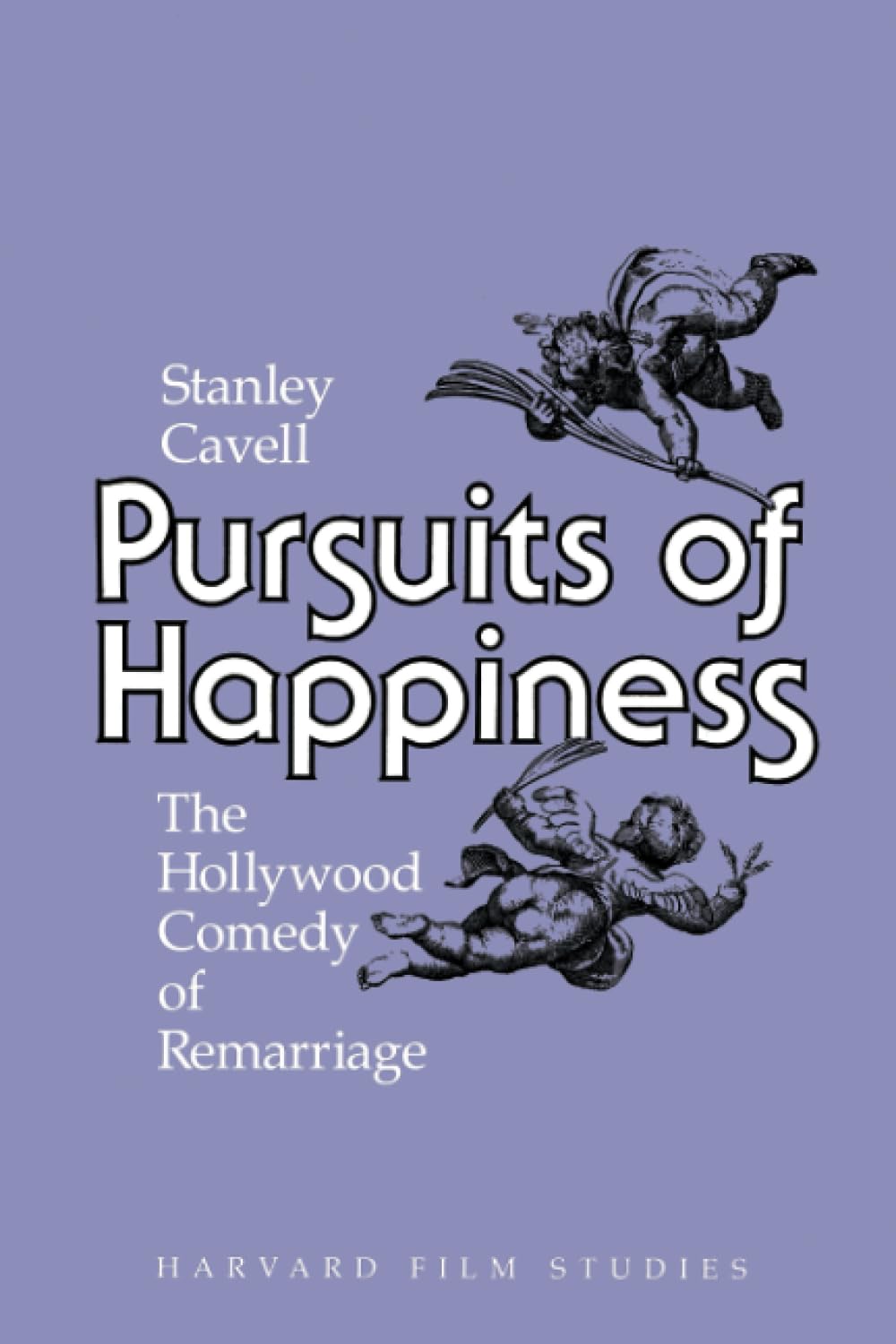
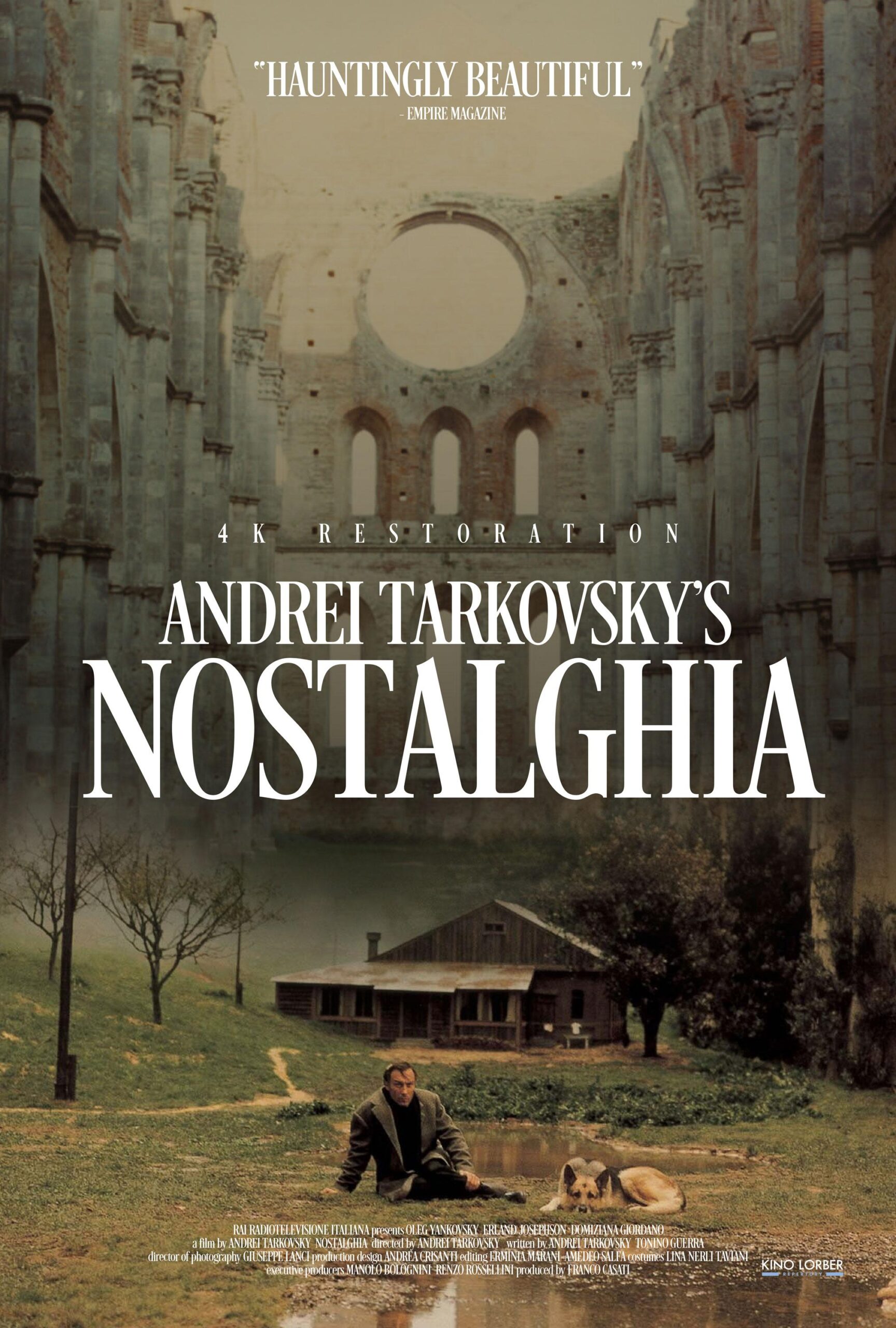
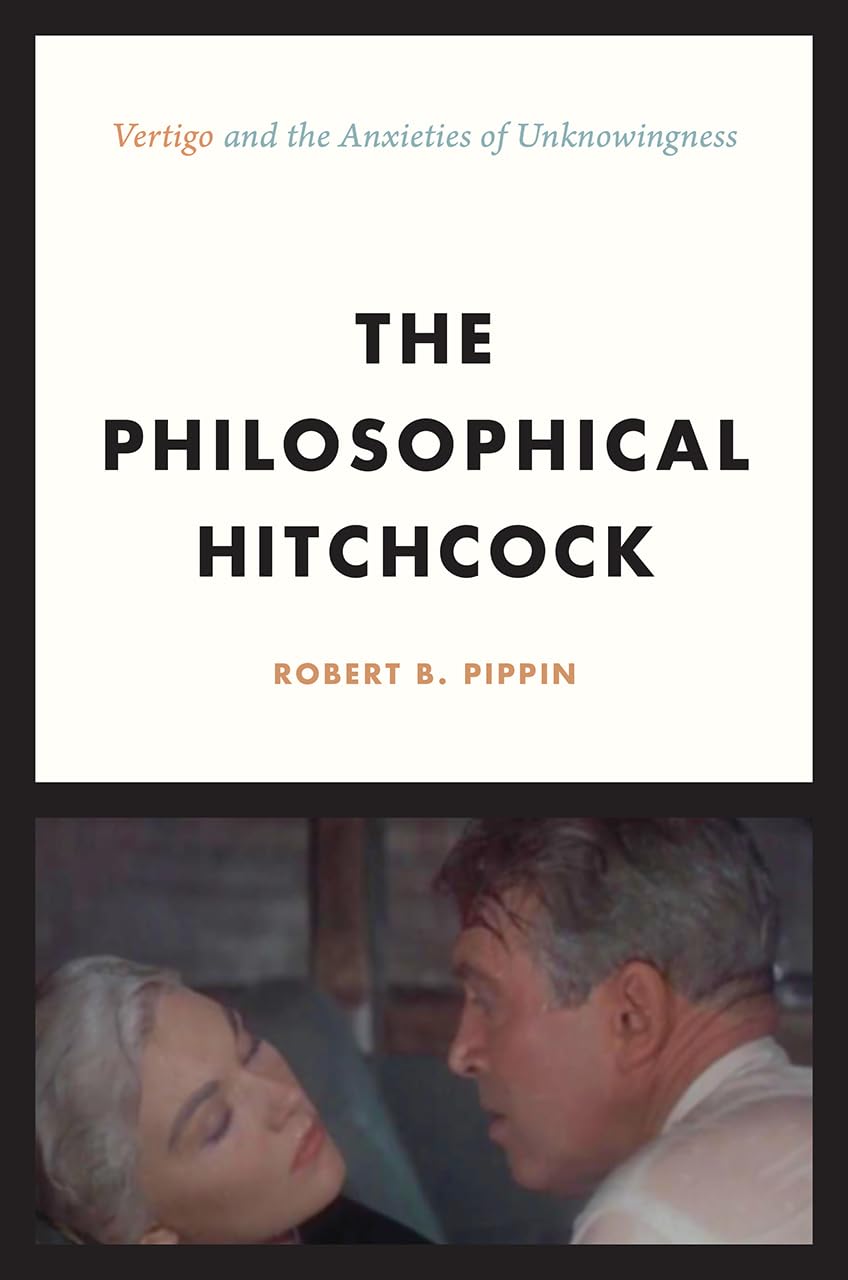
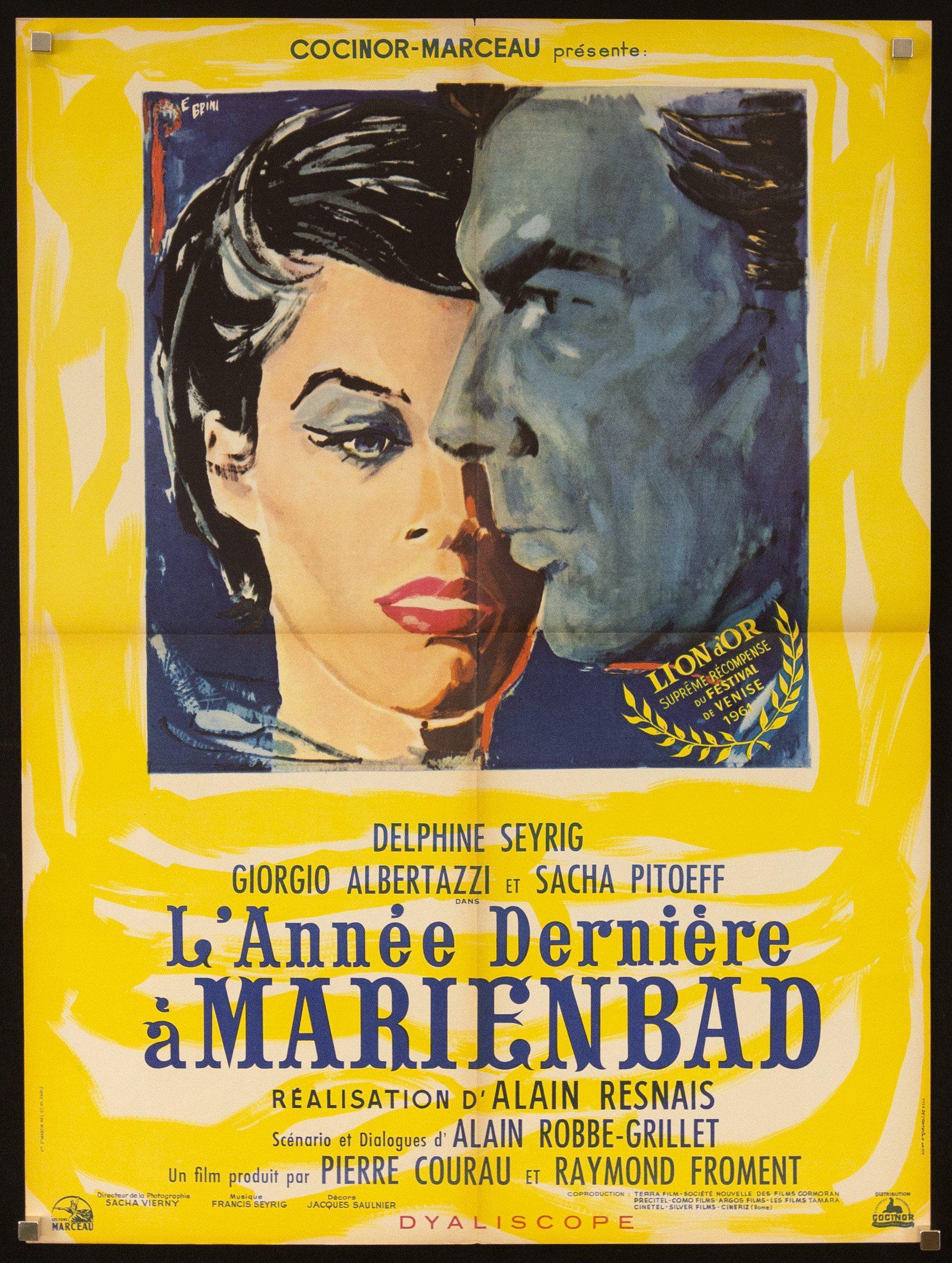
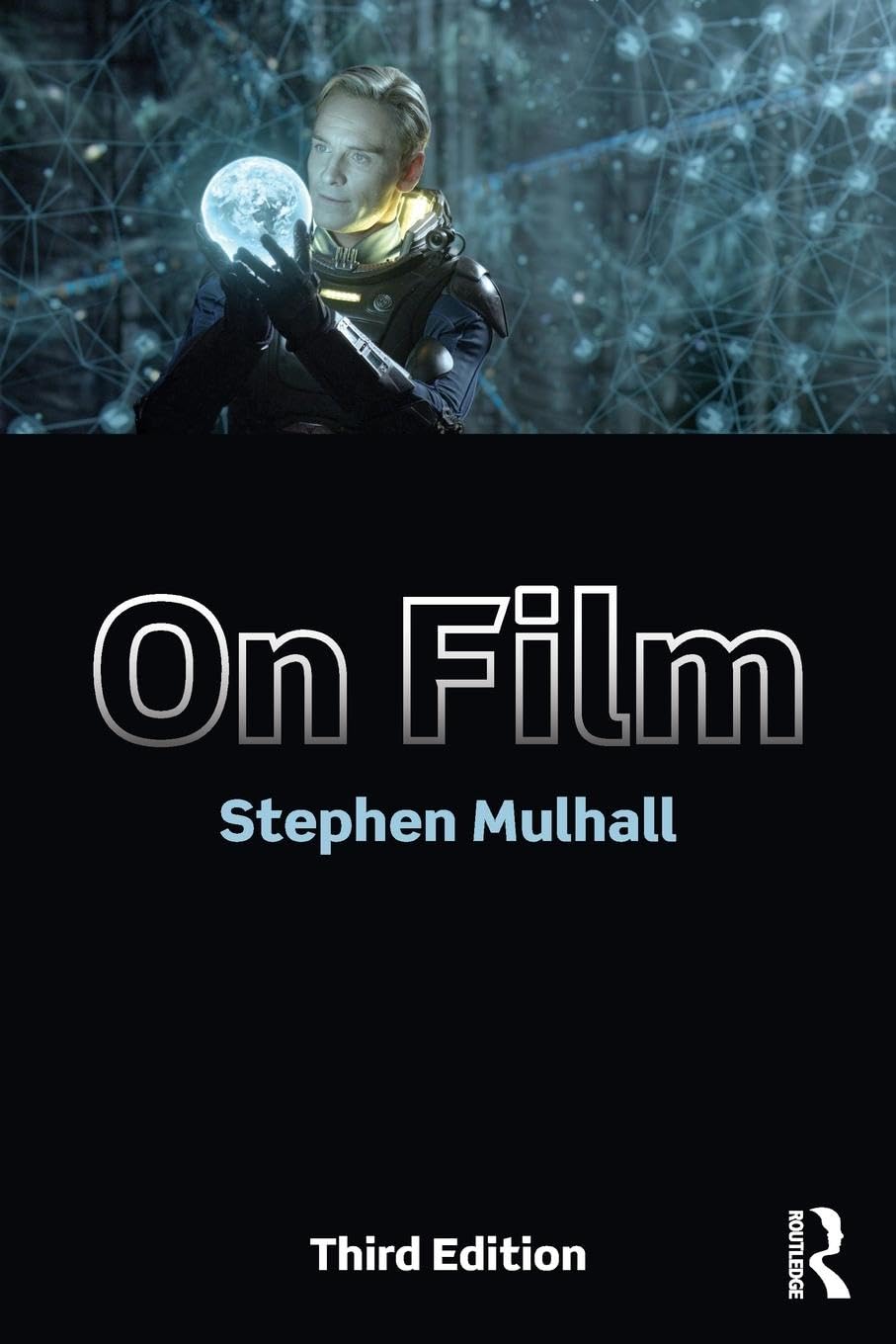
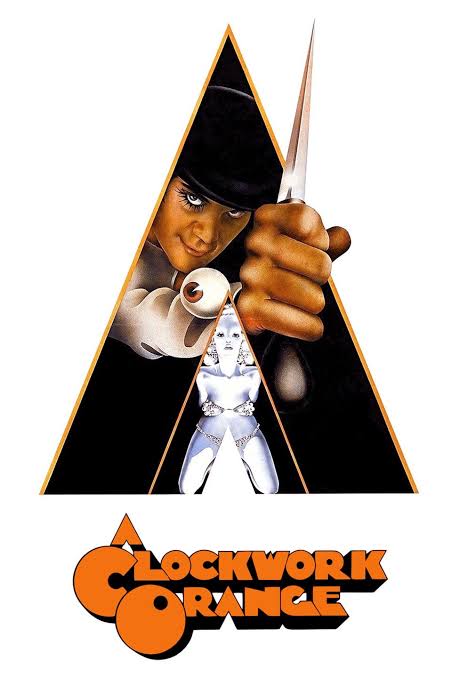
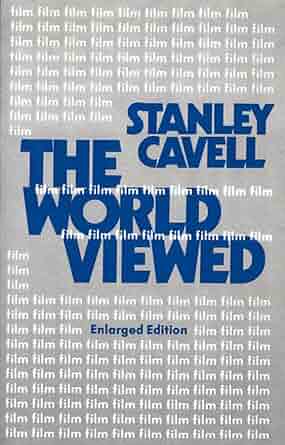

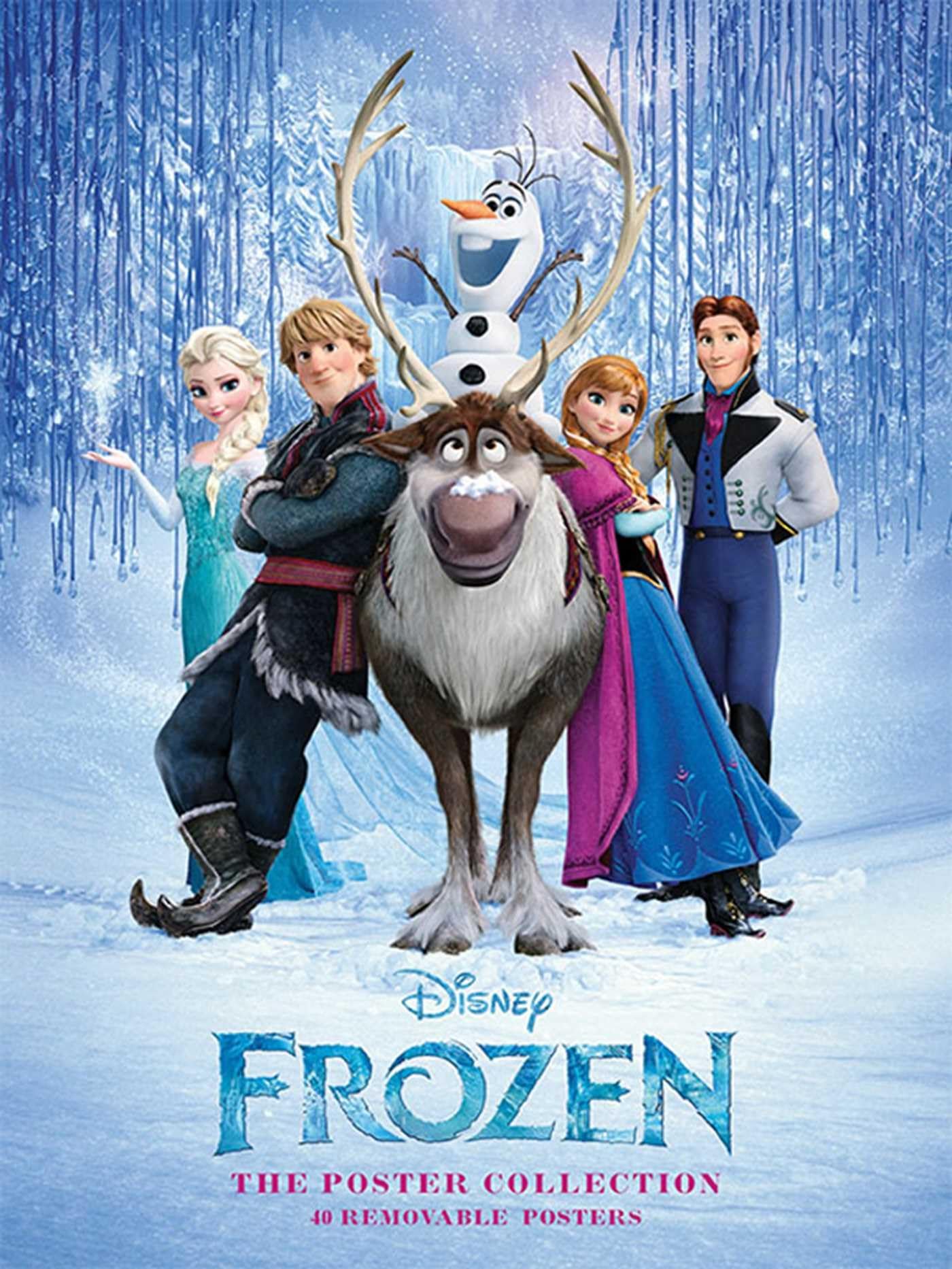
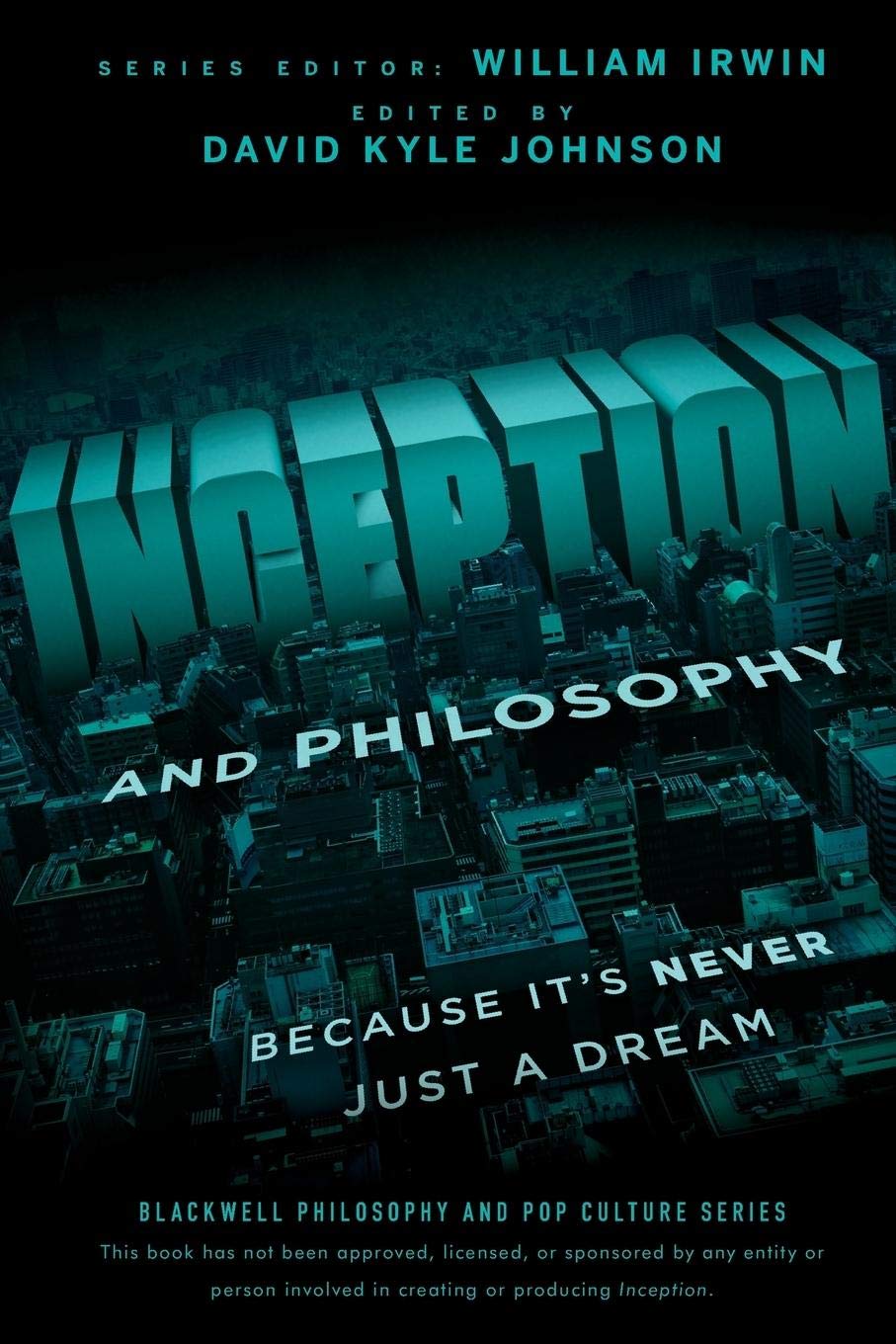
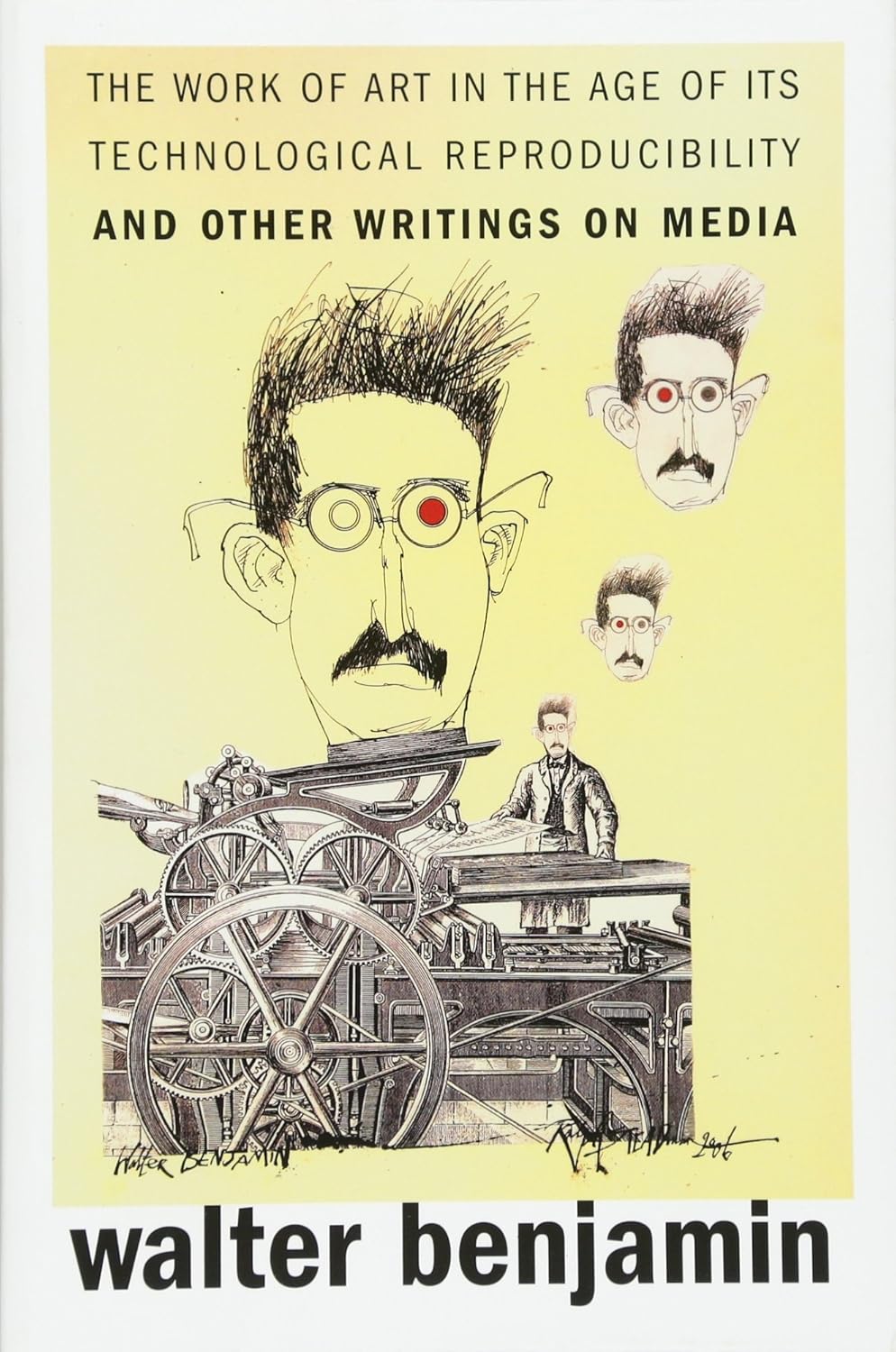
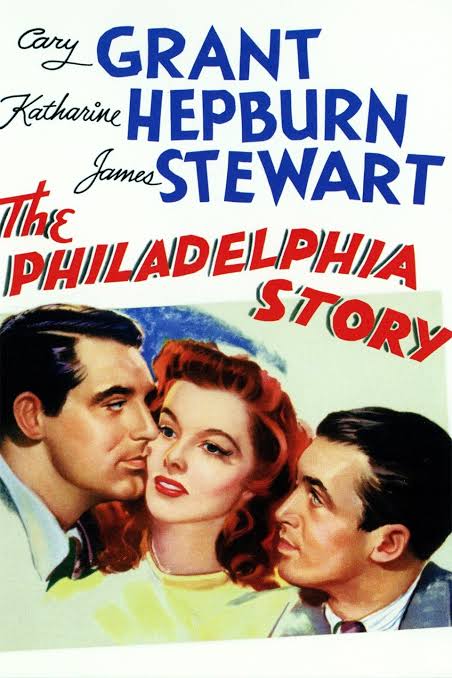
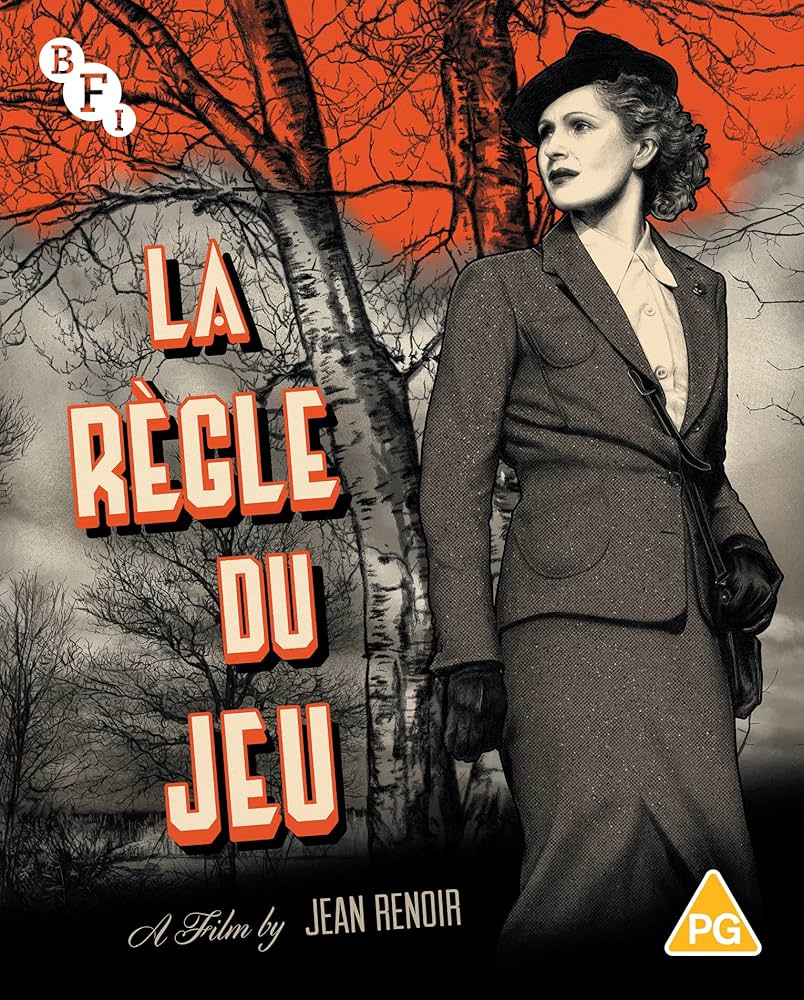
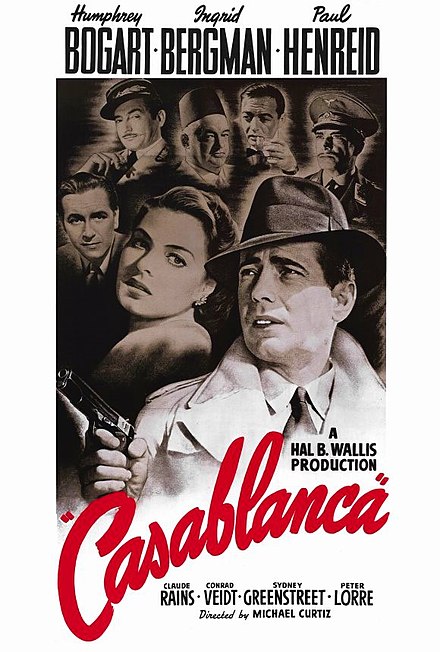
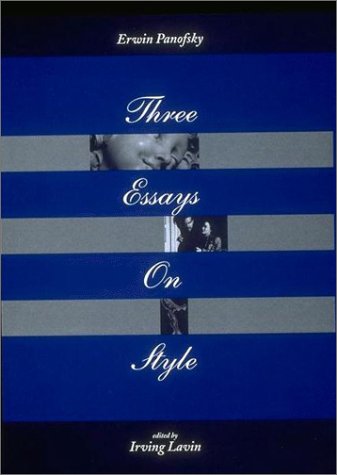
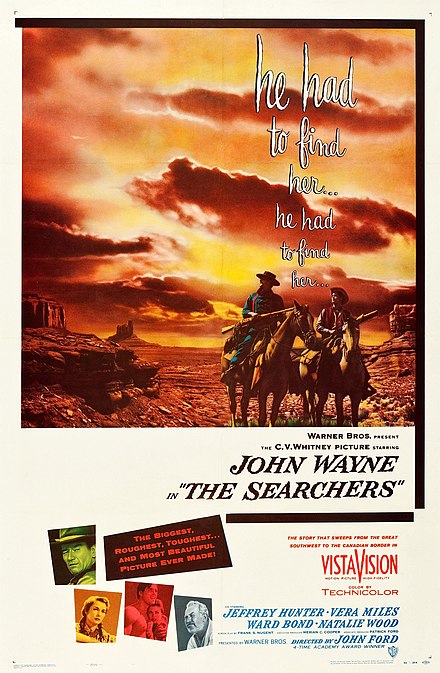









Film-philosophy operates on the assumption that the best way to embark on the Socratic pursuit of self-knowledge is through conversation about films. This course explores the many puzzles surrounding the idea that film is philosophy, and why film might be the most suitable medium for such a pursuit. It also leaves room to do what film-philosophy suggests we should be doing: think about films in conversation.
Mathematics and Culture
Is the encounter with mathematical reality and truth the ultimate form of aesthetic experience, or is the aesthetic aspect—the beauty of it—a mere curiosity or even an illusion? This course offers a critical study of the Platonic answer to this question and its influence on Western ideas of art, music, and philosophy. We also engage in an earnest effort to understand some of the key concepts and discoveries that define higher mathematics, such as number, definition, conjecture, proof, infinity, probability, logic, and algorithms.
Nature
How have we used the terms “natural” and “unnatural” in the Western context to express admiration, disapprobation, or value? Are these uses still relevant when learning to value nature itself? Can we cultivate a deeper appreciation for nature through art? One way to explore these questions is by examining the concept of nature in relation to our other themes within aesthetic education.
Embodiment

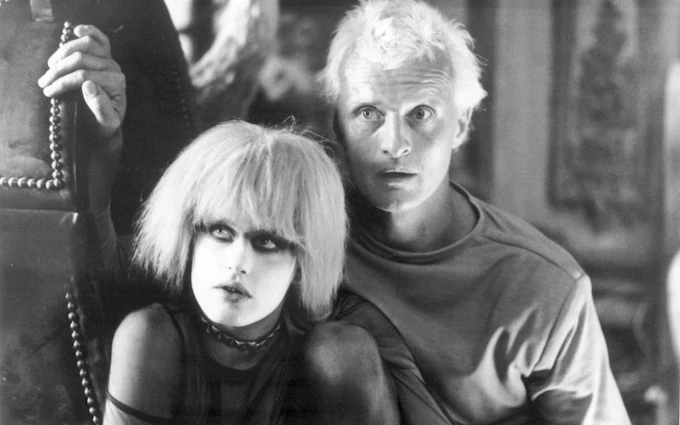

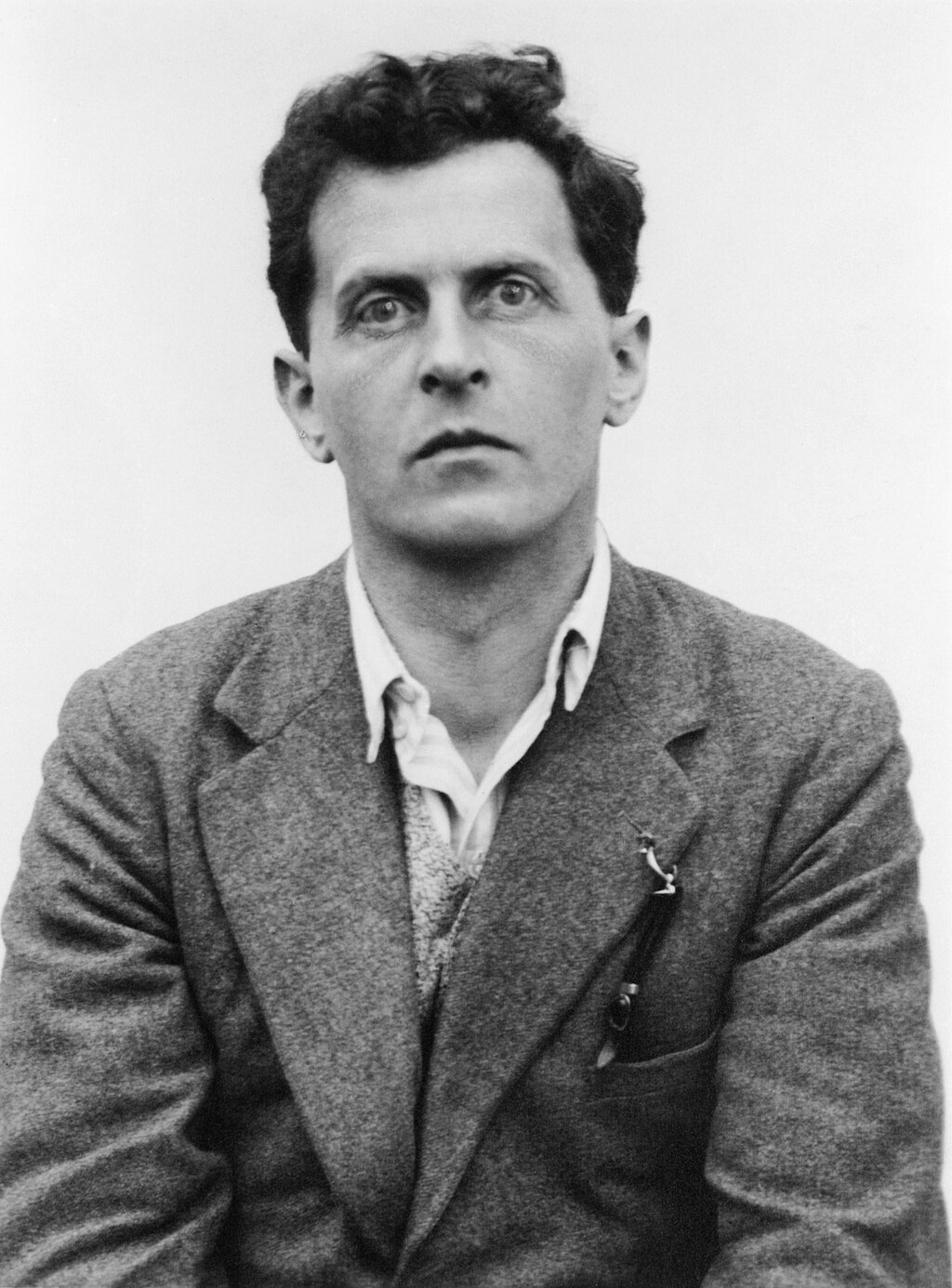
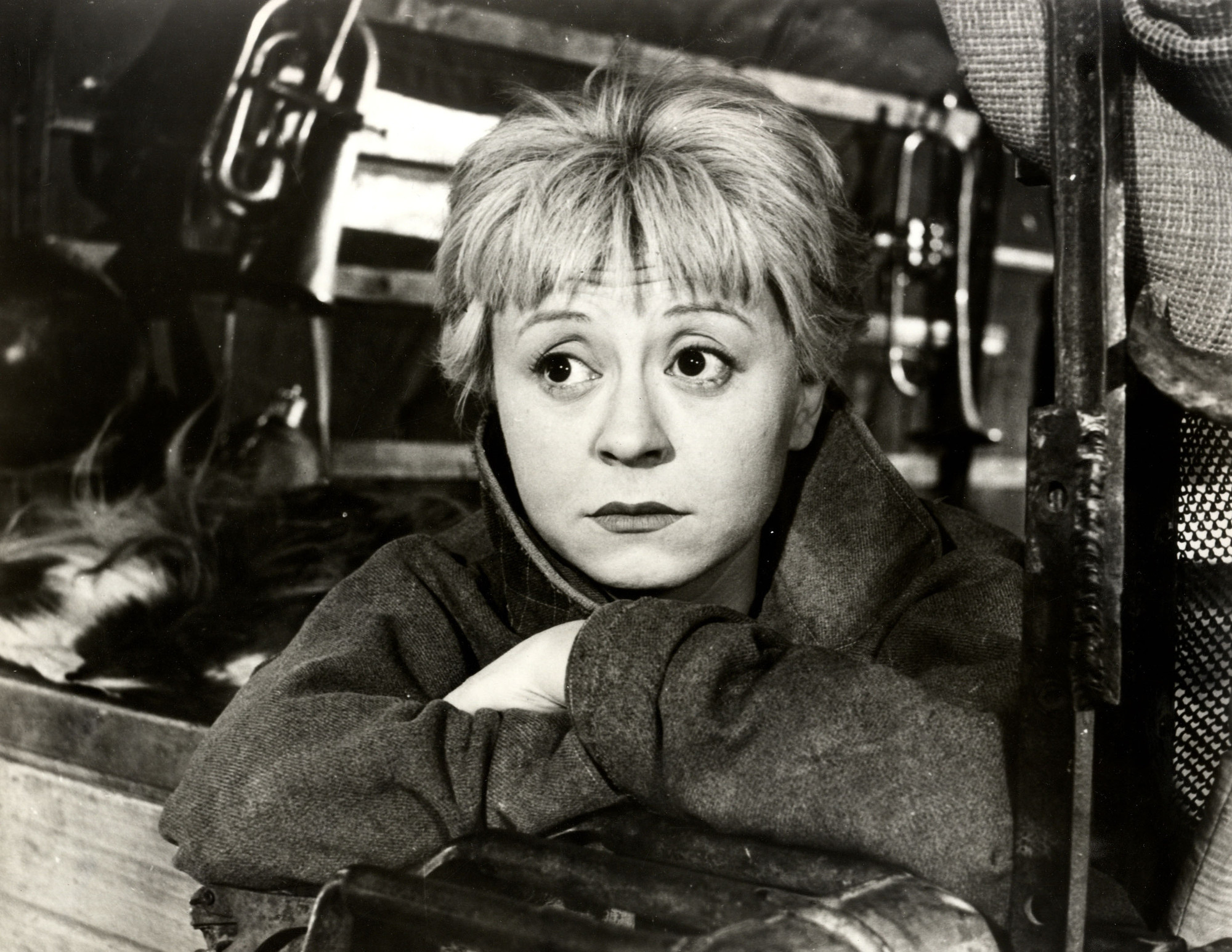

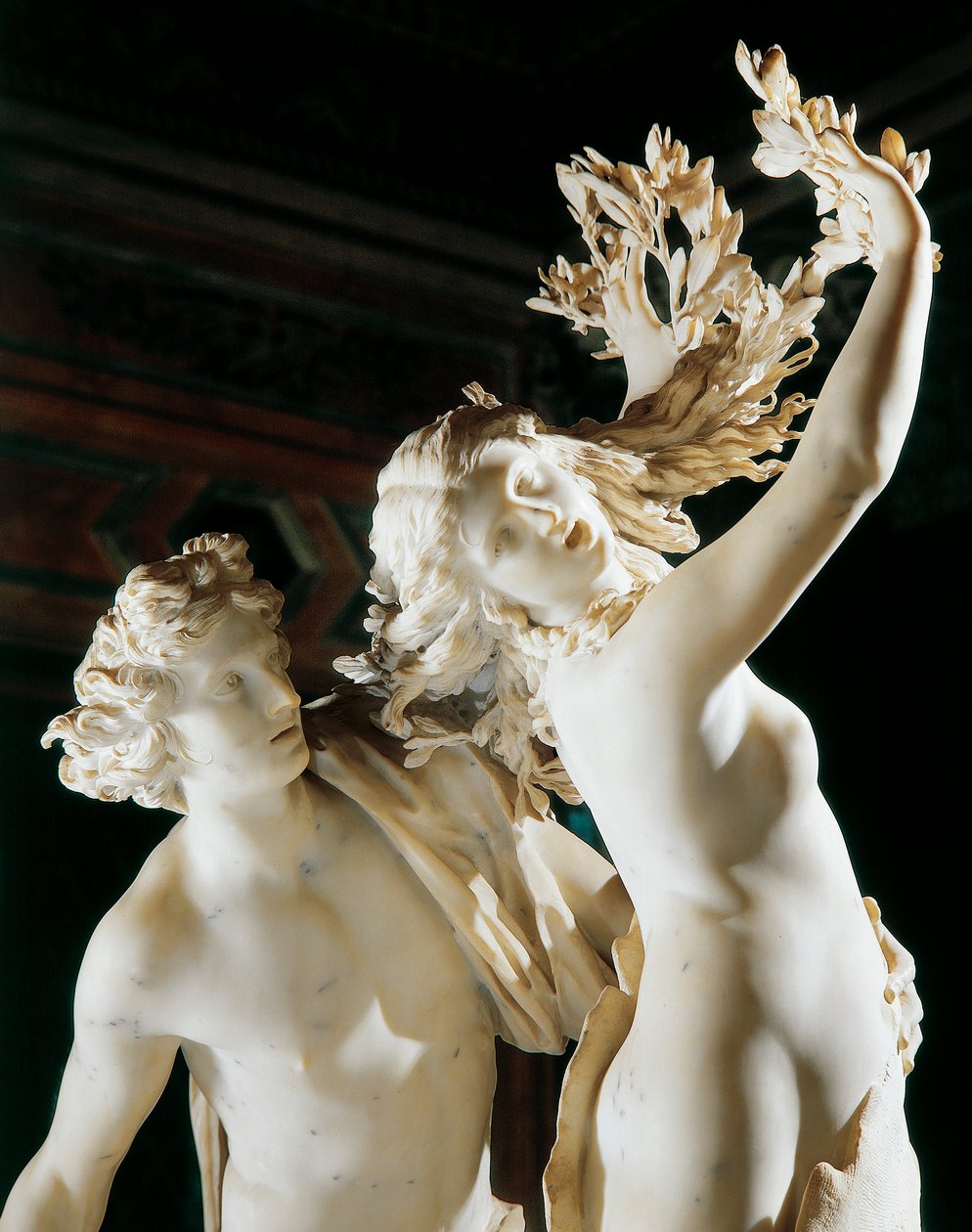
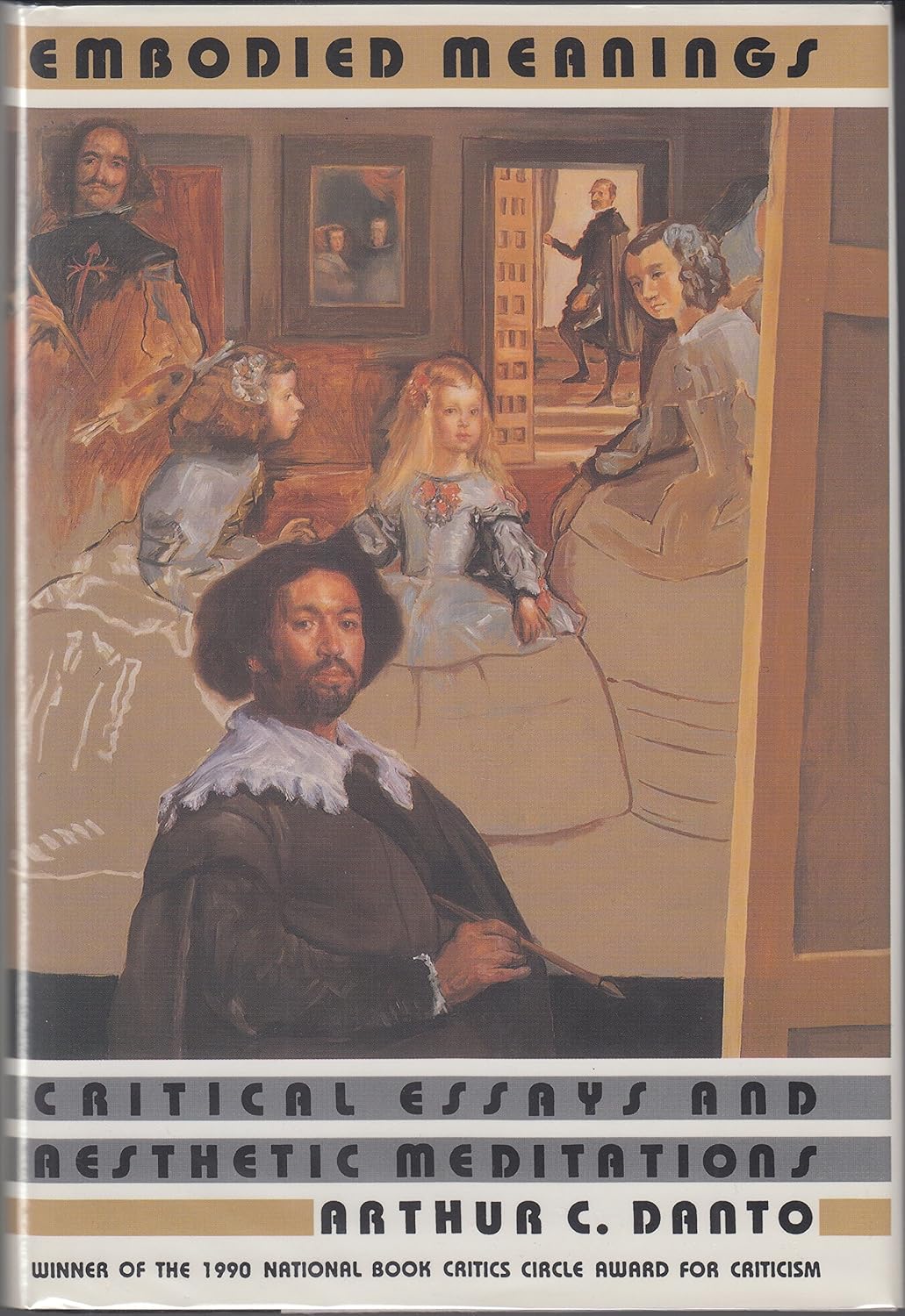
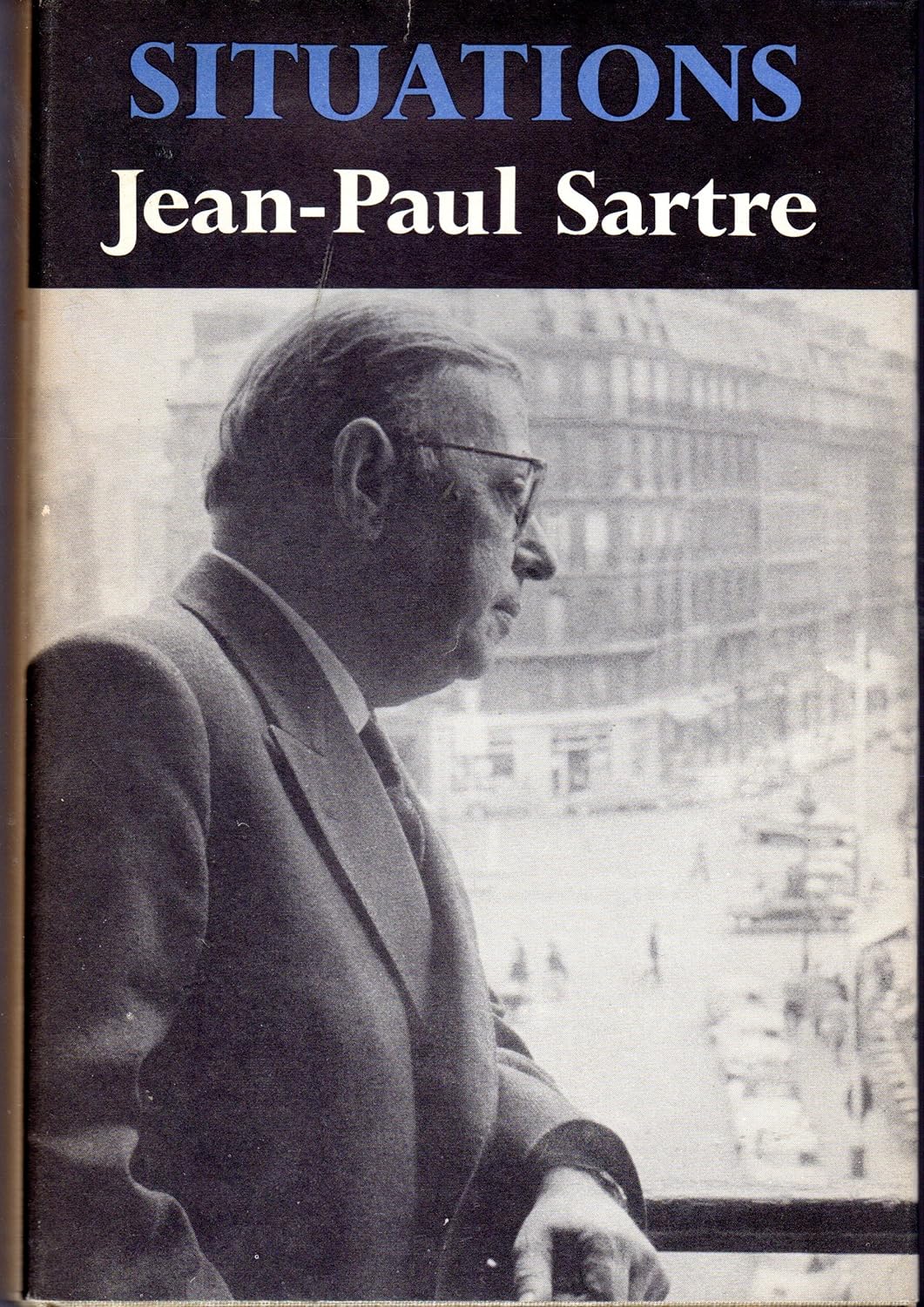
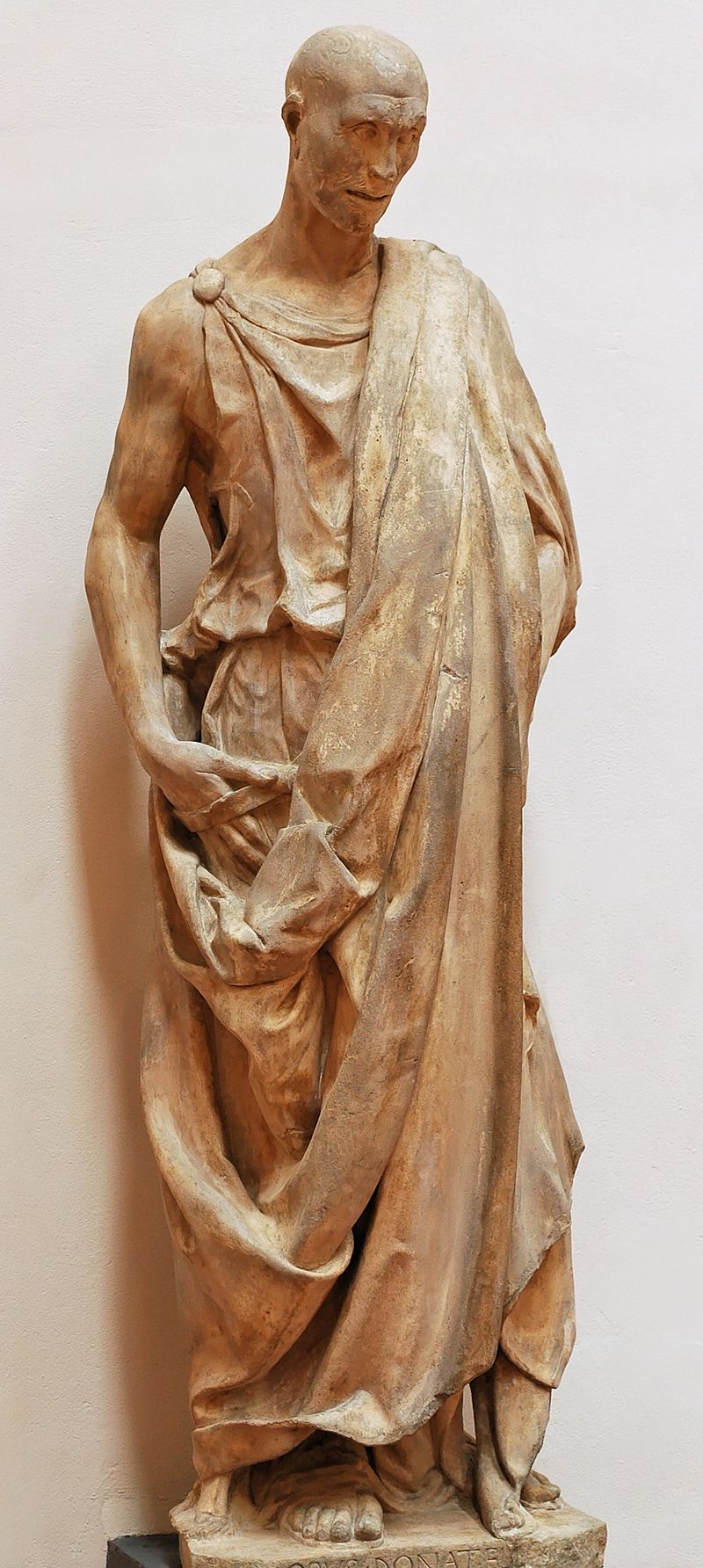
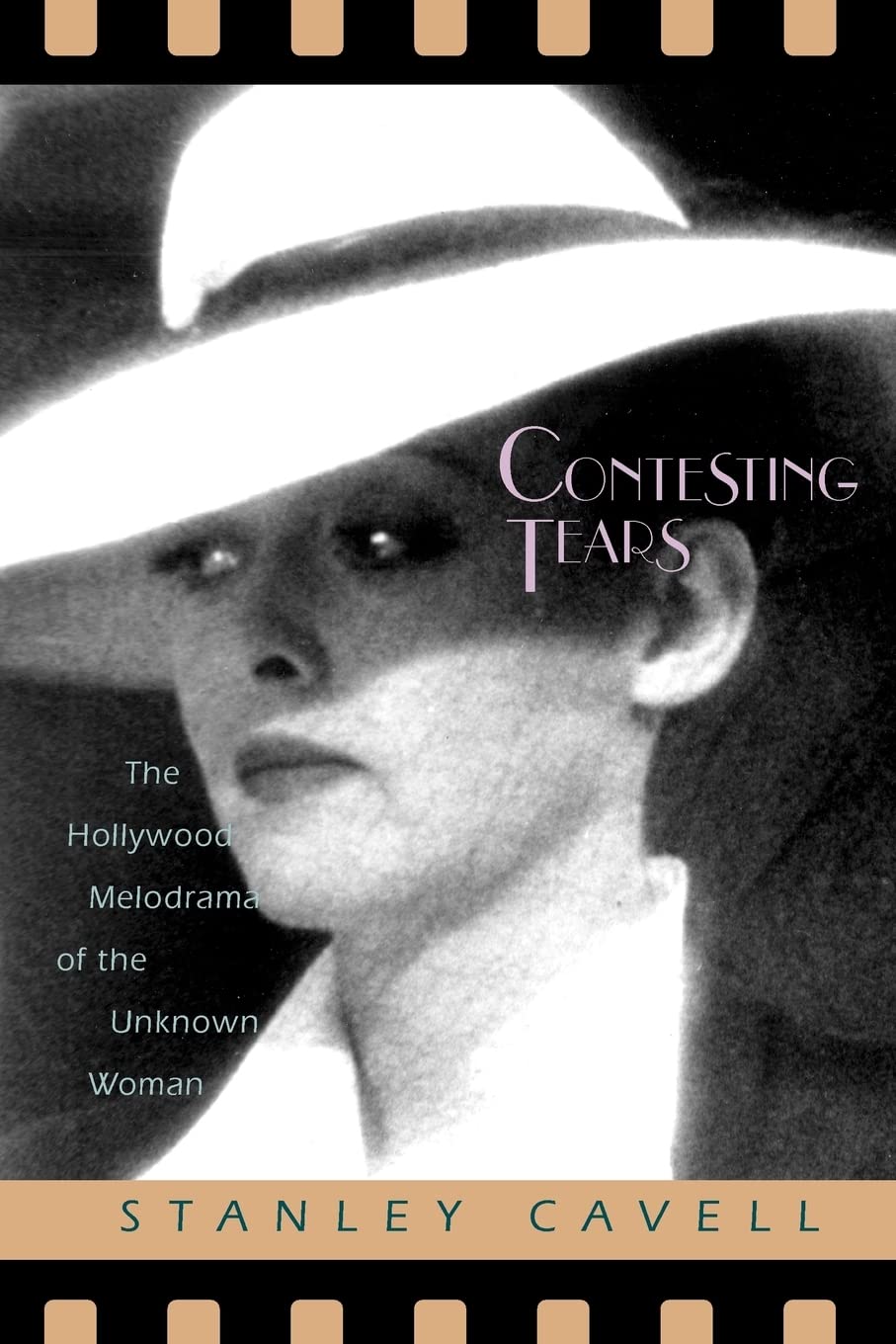
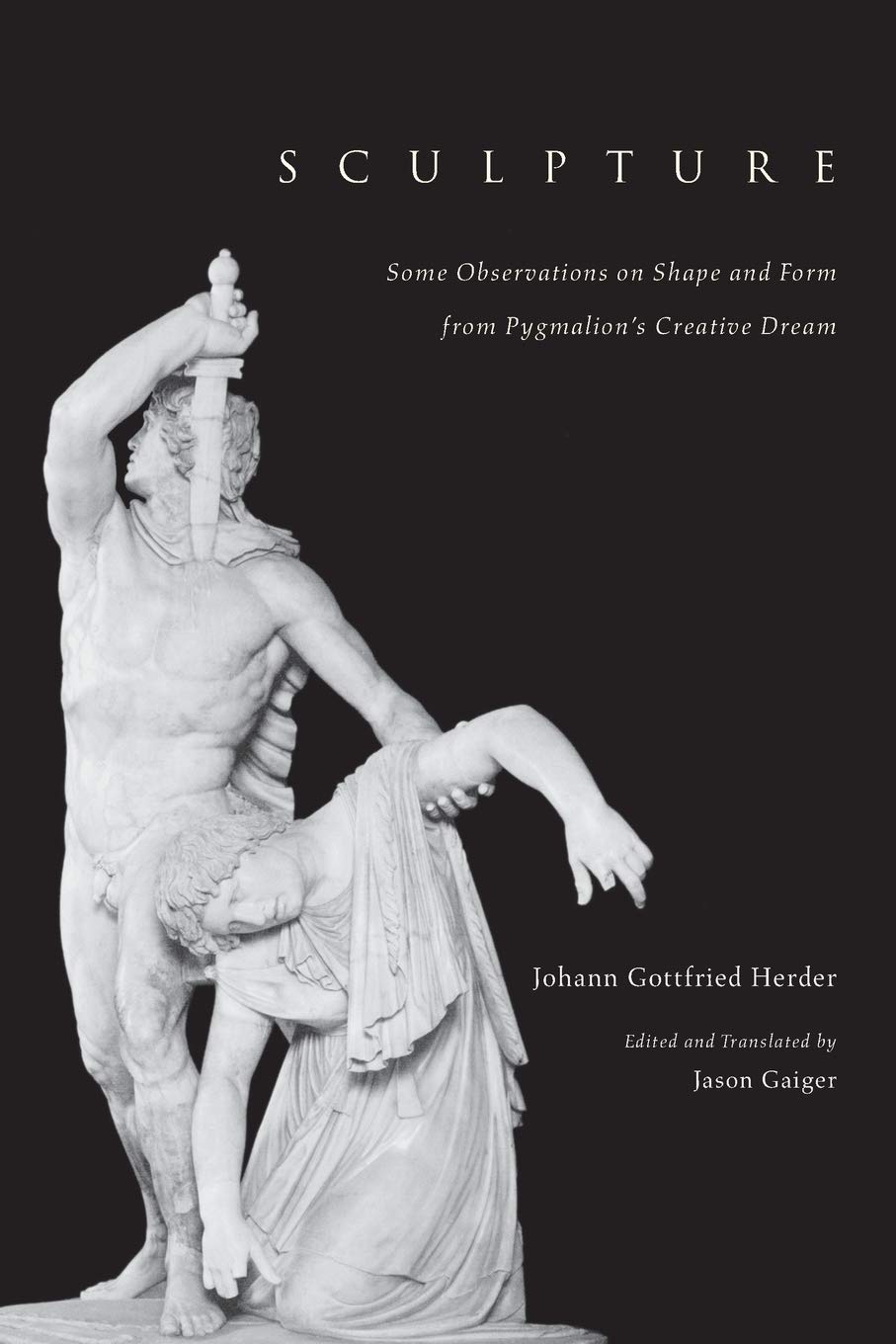
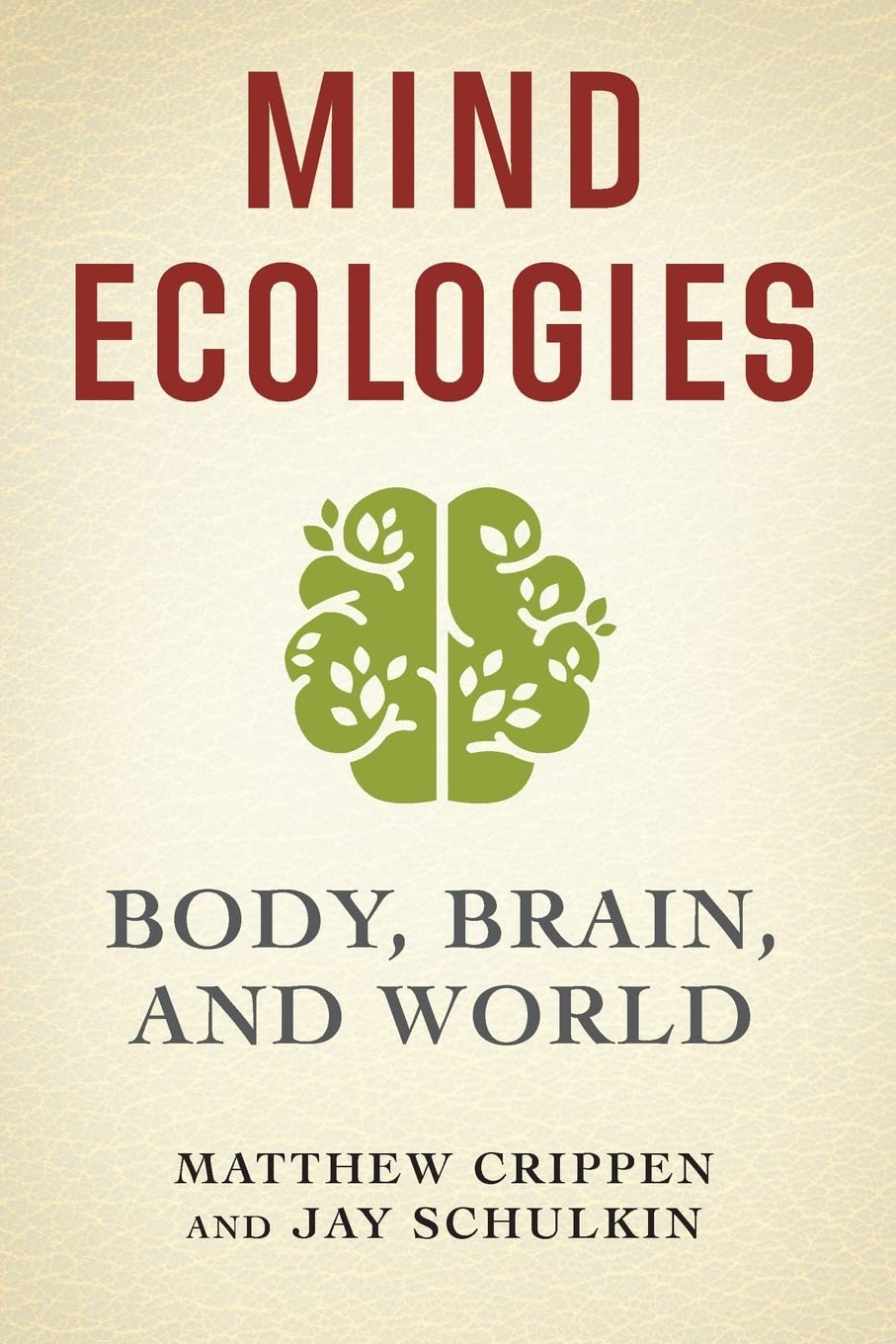
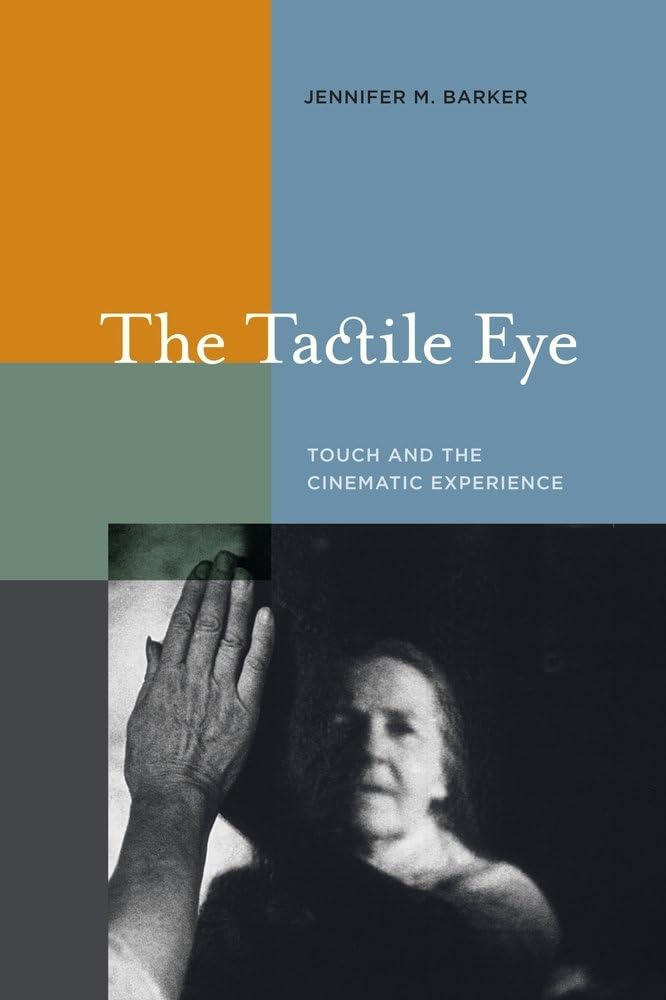
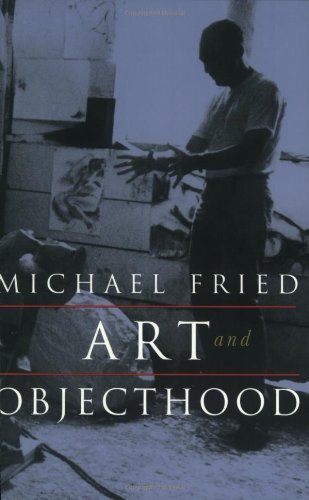
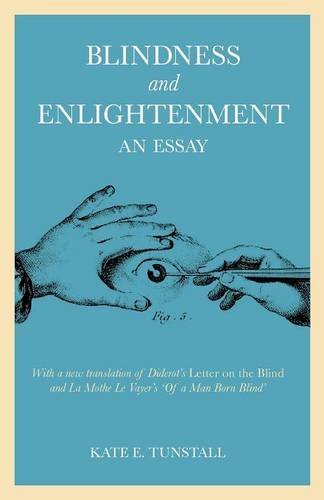









Is the idea of a disembodied (or artificial) human intelligence a contradiction in terms? Often discussed within the framework of the anti-Cartesian tradition in the philosophy of mind, the view that human beings are essentially embodied creatures is commonly seen as best expressed through art, and particularly relevant when considering education. This course aims to make this philosophical tradition in Western thought accessible for meaningful reflection in everyday contexts.
PROJECTS
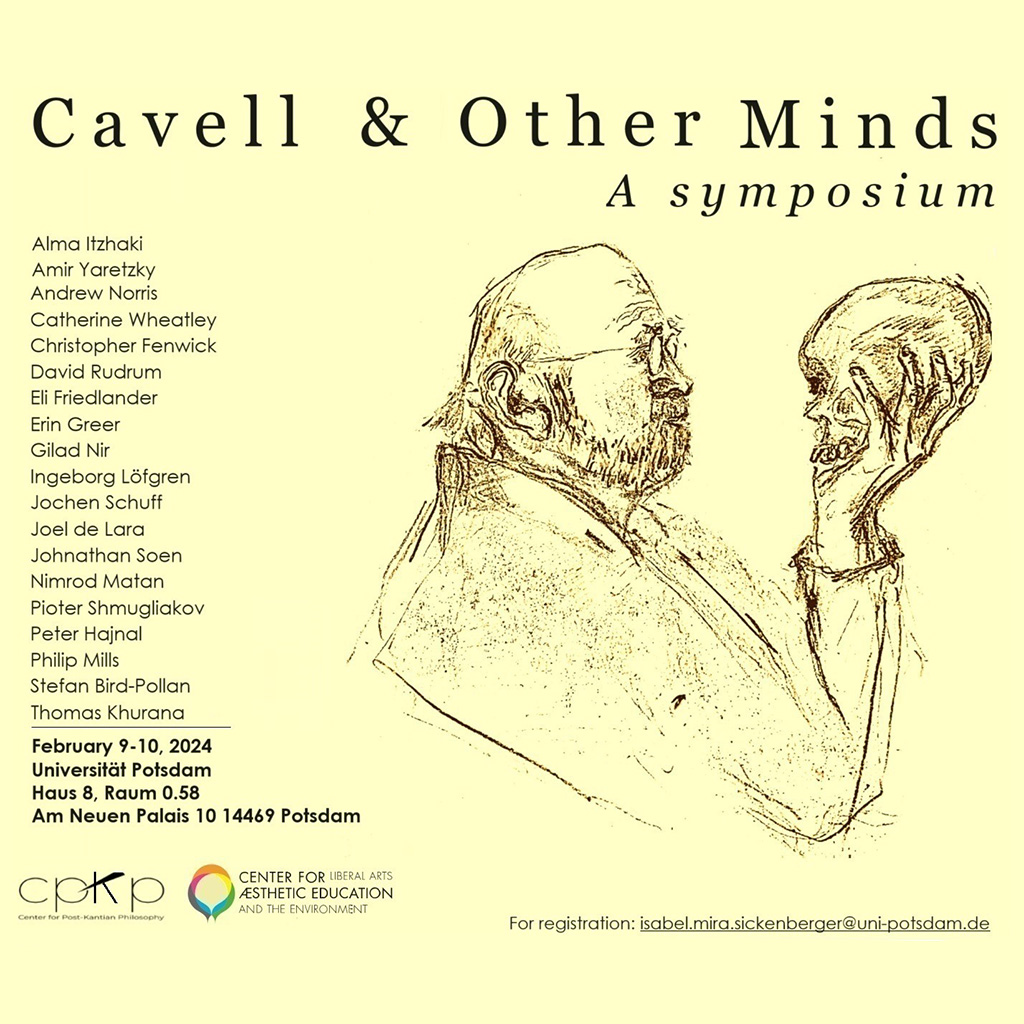
Cavell and Other Minds on Aesthetics and the Arts
Partly funded and organized by the Center, this project explores the theme of dialogue within Cavell’s own work, as well as the “incessant conversation” between his own ideas and those of other thinkers as well as art and literature (including film). The project featured an international conference organized in cooperation with the Potsdam Center for Post-Kantian Philosophy, and a publication of contributions is planned.
Liberal Education in the Woods
Our aim in this project is to enter the thicket of nature narratives and scrutinize some of the most politically central notions of nature in a comparative mode. To do so, we focus on discourses and forms of activity and activism that define the overlapping areas of party politics, activist movements, popular art, religion, science and education. Because it is arguably education that serves as the broadest and most inclusive theatre of activity and conversation, ‘higher’ and ‘liberal’ education takes a special place in our investigation. Our central aim is to contribute to the development of forms of liberal education that will help us and the coming generations to live better this thing called ‘nature’.
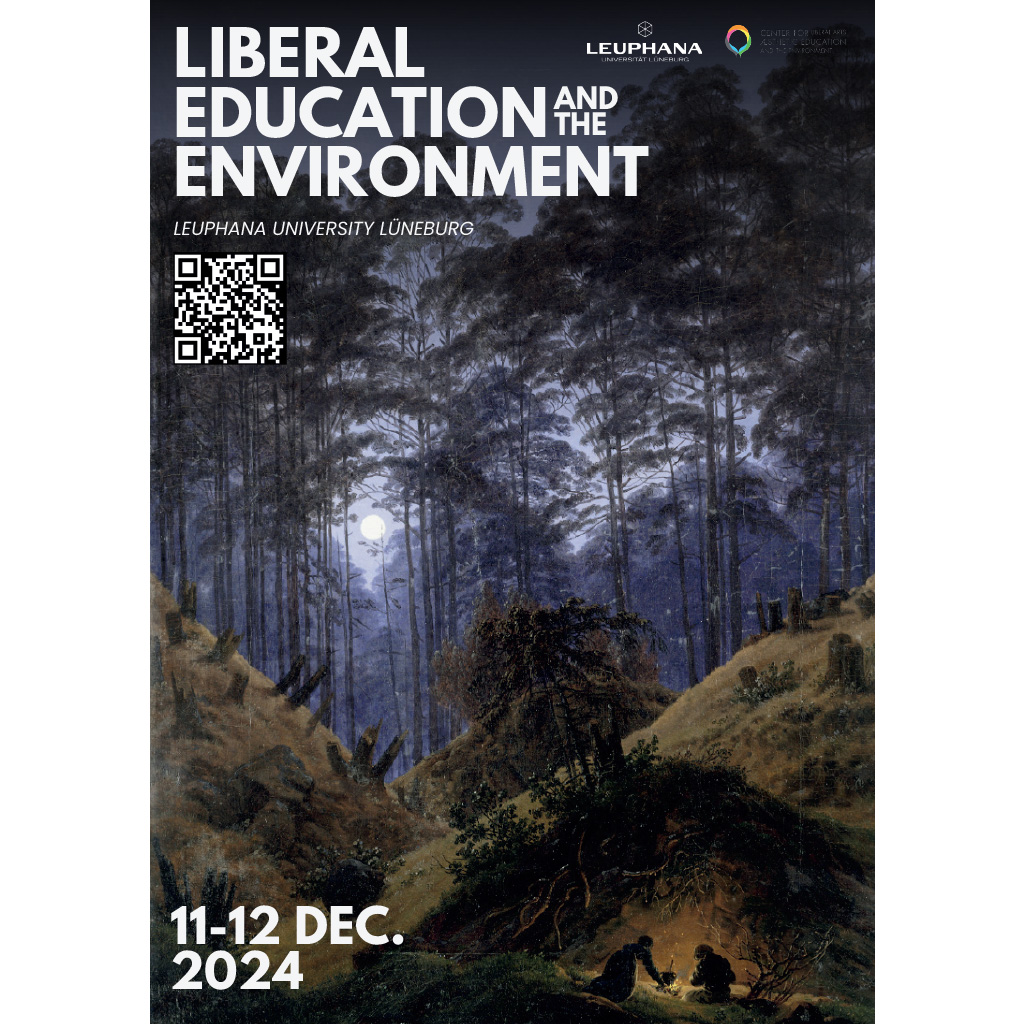
Visual Art and the Liberal Education Curriculum
UNDER DEVELOPMENT
RESEARCH
The Center’s philosophy of aesthetic education is inspired by the work of the American philosopher Stanley Cavell (1926-2018). We are particularly committed to disseminating his legacy within the European context. Topics of particular interest include:
- All aspects of aesthetic education
- Philosophical and conversational readings of film and art in general
- Medium-based criticism
- The concept and significance of modernism
- Film-philosophy and the philosophy of popular art (extending to digital animation and games)
- Work-based aesthetics
- The relationship between language, art, and embodiment
Further areas of interest for the Center’s work include the humanist tradition of aesthetic education and its critics, the history and philosophy of geometrical perspective and its relation to modernist abstraction. Finally, we seek to explore topics within the philosophy of art history and visual culture that highlight the close connection between art history, criticism, and aesthetics, often involving close readings of works of art and the study of individual artists or specific stylistic periods.
For more details on how the Center’s research activities inform its teaching, see COURSES.
